English“Nobody can bring you peace but yourself.” —Ralph Waldo Emerson The class commenced with a discussion on friendship and universal harmony in relation to the chapter "The Best Christmas Present in the World". The theme of the chapter was further extended to the discussion on the futility of war and the aftermath of war. The concept of Sentences and Clauses was introduced to help students understand the types of sentences, question tags, main and subordinate clauses, and their application. Revision exercises were done by the students. The students enjoyed an NIE activity to strengthen their understanding of question tags. While discussing the structure of a sentence, the learners reviewed subjects, helping verbs, main verbs, and objects. The class also engaged in a discussion about Christmas and its relevance in the current times. The poem "The Ant and the Cricket" captivated the young learners. The students understood the moral lesson conveyed by the poem - people who do not plan for their future suffer in the end. The features of a Fable, the underlying theme, tone, and mood of the poem were discussed. The students attempted "Reference to Context" questions for this poem. The topic of determiners and modal auxiliaries and their use in the English language was covered. The students learned about the use of different modals in different situations, such as possibility, probability, past ability, requests, orders, etc. This was followed by note-making in their notebooks with the help of a PowerPoint presentation and a handout. The students enjoyed attempting exercises from their Grammar Plus Book. Revision of all the topics as per the UT syllabus was also done. Science"To raise new questions, new possibilities, to regard old problems with new angles, requires creative imagination and marks real advance in science." -Sir Albert Einstien Physics An engaging and enlightening experience, offering a deeper understanding of the physical world around us, learning concepts from the Chapter- Force and Pressure was full of interactive activities, few experiments, and collaborative discussions. These experiences not only deepened the understanding of the concepts but also fostered critical thinking skills and a curiosity to explore further. Learners gained a deeper appreciation for the interconnectedness of force and pressure in various aspects of daily life, from simple tasks like opening a door to more complex phenomena like weather patterns. Activity: To open and close the door of the class to understand force and push/pull. Activity: To observe that liquids exert pressure. Activity: To observe the effect of depth on pressure exerted by liquids. Biology The Topic-Crop Production and Management was taken up in the class. Learning about crop production and management has been a comprehensive and enlightening journey, offering valuable insights into the complex process of agricultural cultivation and its broader implications for food security and sustainability. Beginning with an introduction to the fundamentals of crop production, the journey started with understanding the basic requirements for plant growth, including soil nutrients, water, sunlight, proper ventilation, overcoming obstacles such as pest infestations or drought conditions required resilience, adaptability, and creative problem-solving skills. Chemistry Learning about Combustion and Flames has been an illuminating journey as one of the most fundamental chemical reactions in our world. Starting with the basics, Iearners gained an understanding of what is combustion and the conditions necessary for combustion to occur, including the presence of fuel, oxygen, and an ignition source. As we delved deeper into the topic, Iearners explored the different types of combustion, fire extinguishers and various zones of flames. Recognizing the importance of responsible fuel use and fire prevention measures underscored the significance of applying scientific knowledge to real-world challenges. Activity: Burning of magnesium ribbon to observe its flame. Social ScienceHistory “For a colonized people the most essential value, because the most concrete, is first and foremost the land: the land which will bring them bread and, above all, dignity.” -Franz Fanon Chapter- Introduction: How, When and Where Learners gained an understanding of the importance of dates, the role of dates in organizing historical events and their significance in shaping historical narratives. Chapter 2: From Trade to Territory - The Company Establishes Power Learners gained an understanding of The East India Company's progression from trade to territory, as well as its rise to power in India. The Company's entry in India, expansion into Bengal, and the Battles of Plassey and Buxar all played important roles in establishing British political supremacy in India. The rise of the Company officials, who accumulated wealth and power, bred corruption and anger among the locals. The Company's influence spread beyond Bengal through military conquests and strategic alliances. The Company's claims to paramountcy, the Doctrine of Lapse, and the administrative improvements to govern expanding territory were all considered. The Company Army's role in sustaining and strengthening British rule over India was also explored. Civics “Constitution is not a mere lawyers’ document, it is a vehicle of Life, and its spirit is always the spirit of the Age."- Dr Bhim Rao Ambedkar Chapter: The Indian Constitution The chapter began with the introduction of Essential Agreements crafted specifically for the class, serving as a precursor to comprehending the essence of a constitution. A comparative analysis between the Essential Agreements and the Indian Constitution shed light on their shared principles of governance and regulations. Exploring the genesis of the Indian constitution, students shared intriguing facts, enriching the discourse. Essential features of the Constitution, including Federalism, Parliamentary form of government, Separation of Powers, Fundamental Rights, and Secularism, were elucidated through a comprehensive flow chart. An interactive team activity ensued, challenging students to analyze situations related to Fundamental Rights, fostering deeper understanding through enactment. Furthermore, a comparative case study on Nepal's struggle for democracy provided valuable insights. The session culminated with a revision worksheet for UT-1, consolidating learning and preparing students for assessments. Chapter: Understanding Secularism Transitioning to the exploration of Secularism, students embarked on a journey through the features of a secular state bolstered by global examples. Commencing with a reflective question, "Are you Secular?", students engaged in introspection, sharing personal perspectives on religious beliefs. Detailed explanations of Indian Secularism followed, with active student participation enriching the dialogue. Through interactive discussions, students gained a nuanced understanding of secular principles, appreciating India's diverse ethos. Geography "The nation behaves well if it treats the natural resources as assets which it must turn over to the next generation increased; and not impaired in value" - Theodore Roosevelt Chapter 1: Resources In the inaugural chapter centered on Resources, students embarked on a journey by collectively defining and exploring the essence of "resources." Through dynamic discussions, they delved into the varied examples of resources, pondering over their significance, usability, and categorization into renewable and nonrenewable types. The session also delved into the vital aspect of human resources, recognizing the pivotal role individuals play in societal development. A highlight was the sustainable development activity, where students brainstormed innovative solutions for resource conservation, showcasing their commitment to environmental stewardship. The class concluded with an engaging dialogue, with students actively participating, exchanging viewpoints, and contributing to a vibrant learning environment. Chapter 2: Land, Soil, Water, Natural Vegetation, and Wildlife Transitioning to the second chapter, students embarked on an in-depth exploration of various resources, with a specific focus on land and soil. Engaging in thought-provoking discussions, they critically examined the utilization of land and the factors influencing land use changes. Students demonstrated analytical prowess by providing reasoned justifications for different land use scenarios. Moreover, they engaged in research endeavors and proposed strategies for the conservation of land resources, underscoring their commitment to sustainable resource management. The session further delved into the formation of soil, with students unraveling the intricate processes and components involved. A captivating multimedia presentation elucidated the factors shaping soil formation, followed by an exploration of soil layers through a hands-on task. This interactive approach facilitated a comprehensive understanding of the chapter's themes, empowering students to become conscientious stewards of natural resources. MathematicsThe Mathematics session began by reviewing the students' previous knowledge of different types of numbers, including Natural Numbers, Whole Numbers, Integers, and Rational Numbers. Rational Numbers: The properties of Rational Numbers such as closure, commutativity, associativity, and the distributivity of multiplication over addition, were discussed. Linear equation in one variable: Recapitulation of previous year's concepts on simple equation through a short oral test. With the experience, the students took a revision on the topics - variables, constants, terms, coefficient of the variable and method of solving an equation through transposition. We discussed linear equation with variables on both of its side and also found the way to solve complex linear equations. Data Handling: Raw Data, Primary, and Secondary Data were explained with the help of Google search bars. How the data needs to be organized in a systematic way of presentation, such as Pictograph, Bar graph, Double Bar graph, Frequency, Pie chart, was discussed in class. Exercise questions related to these topics were taught in class. Integrated with ICT. The students were asked to use their grade VII marks with the help of an ICT tool to make a bar graph. The Pie chart was explained with the help of their own schedule time for various activities using an Excel Sheet. Chance and Probability: Getting a result from a Random Experiment, Equally likely outcomes, Linking chances to probability, Outcomes as events, Chance and probability related to real life were explained in class. Probability of a deck of cards, die, and coins were explained as extra questions. Revision of UT1 The students were asked to prepare for UT I. UT I syllabus was revised properly with the help of a revision worksheet which was shared through "Teams". The common errors were pointed out in the class, and students were made to observe and correct their mistakes. Square and square roots: The students were introduced to the topic through a small introductory activity related to their date of birth. The pattern of numbers was explained with the help of NCERT questions, and the square of numbers was discussed using the diagonal method of multiplication. The concept of the square of a number was understood through practice and prior knowledge of factorization. The students also practiced various concepts related to square numbers, such as representing square numbers as the sum of consecutive odd numbers, finding the number of natural numbers between the squares of two consecutive natural numbers, properties of square numbers, finding the unit digit of a square of a number, finding the square root of a number using different methods (subtraction method, prime factorization method, long division method), and finding the square root of decimal numbers. Hindi"शिक्षा एक “सामाजिक आवश्यकता और कार्य है, जीवन और विकास की प्रक्रिया "के रूप में जिसमें सामाजिक और व्यक्तिगत दोनों पहलू शामिल हैं जो एक दूसरे पर परस्पर निर्भर हैं| व्याकरण – पाठ भाषा , बोली , लिपि और व्याकरण के माध्यम से भाषा के महत्त्व का अर्थ,महत्त्व के साथ- साथ राष्ट्रभाषा, राजभाषा,संपर्क भाषा ,मातृभाषा के महत्व को समझकर बोली लिपि तथा व्याकरण के महत्त्व को समझाया गया | पाठ- वर्ण- विचार के अध्ययन से वर्ण-विच्छेद का अभ्यास करवाया गया | पाठ- अनेक शब्दों के स्थान पर एक शब्द का प्रयोग करके भाषा को सरल तथा स्पष्ट रूप से सीखने का अभ्यास करवाया गया | पाठ – संज्ञा के अध्ययन से अपने परिवेश के आस – पास की प्राणीवाचक तथा अप्राणीवाचक वस्तुओं को किसी नाम से जाना जाता है और उनके लिंग तथा वचन को जानने तथा पहचान का अभ्यास करवाया गया | साहित्य–१. पाठ “लाख की चूडियाँ’’ पढने के बाद छात्रों को ज्ञात हुआ कि मशीनीकरण के कारण लघु उद्योग पर इसका गहरा प्रभाव पड़ा है जिससे देश में बेरोजगारी की संख्या में बढ़ोतरी हुई है |इससे बचने के उपायों पर चर्चा की गई | २. पाठ “बस की यात्रा” से छात्रों ने सीखा कि पुरानी रीति – रिवाजो को छोड़कर आगे बढने से ही हम समाज तथा अपना भला कर सकते हैं | जिससे देश के विकास में सहायता हो सकेगी | कविता "दीवानों की हस्ती " के माध्यम से कवि ने समझाया कि जीवन में सुख -दुःख आते रहते है परन्तु प्रत्येक परस्थिति में अपने आप को खुश रखने के लिए मस्ती - माहौल में रहने के लिए उत्साहित किया है | कवि ने कभी क्रान्तिकारियो के उदाहरण से कभी तो कभी स्वंय (कवि के रूप) का उदाहरण देकर लोगों को प्रेरित कर रहे है | | FrenchAs we wrap up the months of April and May, it's exciting to reflect on the diverse and enriching topics we covered, all of which played a crucial role in helping students prepare for their UT 1 syllabus. We began our sessions by establishing essential agreements within the classroom. This collaborative discussion ensured that students understood and contributed to the standards and expectations that would guide our learning environment. Our academic journey kicked off with textbook reading of Lesson 1, accompanied by an in-depth exploration of several key grammar topics. These included: Adverbs of Quantity: Students learned how to use adverbs to describe quantities, enhancing their descriptive skills in French. Imperatives and Interrogation: Through an engaging PPT presentation, we delved into three types of interrogative structures, helping students form questions and commands with ease. Adjective 'Tout': We explored the masculine and feminine forms of the adjective 'tout', providing various examples to solidify understanding. Additionally, we introduced students to practical language skills by teaching them how to identify directions in French, a vital component for navigating everyday conversations and scenarios. Beyond grammar, we enriched our sessions with cultural insights, focusing on the vibrant food culture and various shops in France. This cultural immersion included: Dialogue Reading and Comprehension: Students engaged in reading dialogues, which not only improved their reading skills but also their comprehension of conversational French. As we progressed, we completed Lesson 2, on the topic of quantity. To reinforce all concepts, students worked through textbook exercises of lesson 1 and 2. SpanishApril marks the beginning of our exciting exploration of Spain's rich culture and stunning heritage. In class, we established our essential agreements, introduced Spain's top tourist destinations, discussed important monuments, and highlighted three key cities on the map related with the chapter ¿Qué hay de interés? In continuation with the topic 'Holidays', students learnt how to talk about activities during holidays and the related grammar. https://www.touropia.com/tourist-attractions-in-spain/ GermanIn April, we started the chapter " Stefan Wie geht's dir"? Students learnt to name body parts, ailments and remedies in German. They were introduced to the dative case with the phrase " Was tut dur Weh?". In accordance to the SDG - Good Health and Wellbeing students were assigned to make a first aid box. The outcomes of the lessons were that students learnt to ask and give information about the wellbeing of a person, to be able to use basic phrases on the topic of health and to be able to give an order or instruction, and express with the imperative form in grammar. In May, the chapter “Stefan wie geht’s?” was concluded with the learning outcome of how to write an E-Mail. A video on a visit to the doctor was shown. A Role Play activity on the same topic was enacted out. The chapter was concluded with reading comprehension. The outcome of the lessons are that students are capable of conversing on the topic of health and wellbeing. Sanskritपाठ -१ अस्माकं विद्यालयः (गद्याशवबोधनम् अभ्यासप्रश्ना: च) ,वर्णमाला –वर्णविच्छेद, कारक - उपपदविभक्ति: - अव्ययशब्दा: सर्वनाम शब्दरुपाणि- अस्मद् , युष्मद् , किम् , तत् , एतत् भवत्(तीनों लिंगों में) अजन्त शब्दरुपाणि-अकारान्त , आकारान्त , इकारान्त , हलंत शब्दरुपाणि - तकारांत , सकारांत ,नकारांत व्याकरणम् रचनात्मकलेखनम् च – धातुरूपाणि - लट्, लृट्, लङ्, लोटृ, विधिलिङ् लकारा:, - ( पठ्, लिख्, भू, अस्, कृ, दा, पा, दृश्, नी, गै, गम्, नम्) .चित्रवर्णनम् / अनुवाद - इन सभी विषयों को विस्तार से समझाया गयाI सभी छात्र संस्कृत पढ़ते समय बेहद उत्साहित थेI ICT"“Photography is the beauty of life captured.” In ICT classes, the students learnt Photoshop. They learnt different features of Photoshop like selection, cropping, combining the images, blur effect, different color options, retouching tools for removing spot and stains. They learnt Photoshop tools by recognising different tools and they also discussed the used of these tools. Physical EducationBadminton: Outdoor Practice: Practicing footwork and movements without a shuttlecock, wall hitting, shuttle juggling, and knocking with partners. Gymnastics: Terminology terms like vault, beam, floor exercise, uneven bars, and pommel horse were discussed, which are apparatuses used in gymnastics. Judo: Osotogari (the technique for throwing) all fall; Ushiro Ukemi; Mae Ukemi; and Yuko Ukemi. Cricket: Basics of Cricket- Understanding the objectives and equipment used in the game of cricket, including bats, balls, and wickets. Friendly matches among students. Basketball: Dribbling: Learning to control and move the basketball using right-hand and left-hand dribbles. Defensive rebounding and passing while on the move. Football: friendly matches among students. Shooting (Grade 5 and Above): Holding dumbbells with one hand, body balance exercises related to balance, i.e., planks, squats, front planks, side planks, and one leg balance. Live fire with pellets and target paper. Indian Musicअप्रैल - मई माह में छात्र छात्राओं द्वारा की गई गतिविधिया: गायन अभ्यास: शुद्ध स्वर अलंकार । राग,गीत - लोक गीत माएरी । प्रयोग हुए वाद्य: तानपूरा, ऑडियो ट्रैक । गायन तकनीक: गायन के अभ्यास की बुनियादी तकनीक, प्रतियोगिता में प्रस्तुति के महत्वपूर्ण बिंदु इंवेस्टीचर कार्यक्रम मे चयनित छात्र छात्रों ने राग केदार मे कृष्णा गीत का प्रदर्शन किया वाद्य - कांगो , बोंगो एवं तबला का प्रारंभिक परिचय , हस्तमुद्रा (तीन ताल ) एवं भजनी ठेकाअप्रैल - मई माह में छात्र छात्राओं द्वारा की गई गतिविधिया: गायन अभ्यास: शुद्ध स्वर अलंकार । राग,गीत - लोक गीत माएरी । प्रयोग हुए वाद्य: तानपूरा, ऑडियो ट्रैक । गायन तकनीक: गायन के अभ्यास की बुनियादी तकनीक, प्रतियोगिता में प्रस्तुति के महत्वपूर्ण बिंदु इंवेस्टीचर कार्यक्रम मे चयनित छात्र छात्रों ने राग केदार मे कृष्णा गीत का प्रदर्शन किया वाद्य - कांगो , बोंगो एवं तबला का प्रारंभिक परिचय , हस्तमुद्रा (तीन ताल ) एवं भजनी ठेका Western MusicSong-"Fight Song" and "Sleeping Child" by MLTR. Students will be able to learn pitch skipping, tonality, and singing in unison, individually, or in groups.Learning the time signature,arpeggious along with the melody and different chord changes Instruments used:guitar,piano,drums and congo. Western DanceIn their Western Dance lessons, the students learnt: 1. The dance form: Contemporary 2. A brief overview of the process of creation in contemporary dance by using tools of improvisation like directions, levels (0,1&2) and source of the movement technique. 3. Techniques of Contemporary Dance such as Bum roll, Swishes and Stomach Roll. 4. Creation Technique (Construction and De-construction) – A dance routine was taught in the class and using this technique students had to break the pattern of the given sequence and then had to reconstruct any possible permutation and combination. Indian DanceIn their Indian Dance lessons, the students learnt: The power of Deva Shree Ganesha, destroy all your sorrows, enhance your happiness, and create goodness all around you. Lord Ganesha bless you with worldly bounties. Keep you protected from obstacles at all times, with this thought we at Suncity started the new session with a beautiful Ganesh Vandana. Students learnt beautiful postures, mudras and body balancing along with Kathak basics- Tatkaar, Hastak, Shringar ras and body movements. Song: Hey Ganraya Dance style: Kathak DramaWe commenced our new session with an energetic icebreaker, igniting excitement right from the start. This month, our focus areas included: • Concentration Exercises: Progressing from basic to intricate commands to enhance listening and task-following skills. • Focus-Boosting Activities: Engaging games like "Focus Counting" and "Frog in the Pond" to refine alertness and spatial awareness. • Surroundings Awareness: Highlighting the significance of being observant both on and off the stage. • "View Outside My Window" Activity: A creative exercise aimed at boosting imagination by describing and envisioning different scenes outside a window. In May, students explored the importance of observation through various games and activities, discovering how it benefits both theater performance and everyday life. Activities like the Mirror activity and "What Are You Doing?" helped them grasp the concept of observation. During improvisations, they drew upon their observations to create and perform scenes or on-the-spot improvisations. Life SkillsThis April, the students embarked on the "Me, Myself, and I" quest, diving into self-awareness through fun, gamified lessons. They explored their personalities, strengths, and interests, discovering what makes each of them unique. In May, the focus shifted to "Playing the Role of Me in the Real World." Students learned about social identities, in-groups and out-groups, and the concepts of prejudice and bias. Through role-playing and discussions, they gained insights into navigating social situations with empathy and respect. April and May have been transformative months, helping our students grow as self-aware and socially mindful individuals. Visual ArtsStudents were introduced to the Kalighat painting from west bengal. They discussed about the style of painting. Students learned to create lord krishna in kalighat artform by using elements and principles of art.
0 Comments
MATHEMATICSComparing Quantities- Ratios: "The relation between two numbers which shows how much bigger one quantity is than another." The concept of ratio was introduced to the students using real-life situations. Percentage: A role play on percentage was conducted as an introduction, where students prepared a scene for a parent-teacher meeting to explain the concept of percentage. Conversion of percentages into values and vice versa was taught in class with the support of NCERT textbook questions. Concepts such as discount percentage, marked price, and sale price were introduced through a role play simulating a market scenario. VAT (GST) and Sales Tax were introduced in class using a purchased bill as a practical example. ENGLISHDuring the cold month of January, leaving the comfort of their blankets, students joined school with an invigorating enthusiasm instilled by the new year. In literature, 'Leaving the Valley' and 'Battle of Blenheim' were completed. The chapter from the novel made them empathize with the plight of Buck, whereas the poem was integrated with SDG 16 - Peace, Justice, and Strong Institutions, through which students recognized the futility of war and the loss of innocent lives. Grammar topic- Voice, was introduced with the help of an activity and practiced from the textbook. SOCIAL SCIENCEHISTORY: Oral and written revisions have commenced for the annual examination. CIVICS: Chapter Public Facilities uses water as a prominent example to illustrate the concept of public facilities. Students are introduced to the concept of public facilities as a whole. The chapter also enables students to understand why the government should essentially oversee the provision of public facilities to ensure their smooth operation. GEOGRAPHY: Ch-5 Human Resources In a recent class on human resources, eighth-grade students embarked on a journey through the intricacies of population dynamics. Our exploration centered on fundamental concepts such as birth rate, death rate, migration, and the natural growth rate. With the aid of population pyramids, students gained a nuanced understanding of population composition, delving into age and gender distributions within different societies. This visual tool proved invaluable in comprehending the complexities of demographic structures and their implications for future trends. A highlight of our discussions was a debate on the topic: "A large population: Asset or Liability?" Divided opinions emerged as students grappled with the multifaceted nature of the issue. On one side, advocates argued that a larger population can be viewed as an asset, fostering economic growth, innovation, and cultural richness. They emphasized the potential demographic dividend that arises from a youthful workforce. Conversely, skeptics voiced concerns about the strains of overpopulation on resources, environmental sustainability, and social cohesion. They cautioned against the risks of unchecked population growth leading to economic instability and social unrest. SCIENCEPHYSICS: Insightful Perspectives: Unraveling the Wonders of the Human Eye and the Braille Revolution In unraveling the mysteries of the human eye and acknowledging the transformative power of the Braille system, students gained a holistic perspective on the intricacies of vision and accessibility. This journey not only deepens their understanding of these topics but also underscores the importance of proactive eye care and inclusive communication methods for a more connected and compassionate world. In February, students showcased their learning through dynamic presentations and engaging activities, adopting innovative approaches like the flipped classroom model. Simultaneously, they geared up for the impending final exams by initiating comprehensive oral and written revision sessions. These preparatory measures laid a solid foundation for the upcoming annual examination, ensuring students are well-equipped to demonstrate their understanding and mastery of the subjects. CHEMISTRTY: Exploring the Wonders of Natural Phenomena: A Flipped Classroom Experience January 2024 started with an exciting and interactive flipped classroom experience on the captivating topic of natural phenomena! Students were engaged in lively discussions about natural phenomena. Through collaborative platforms, the learners created a dynamic learning environment where everyone's opinions were valued, fostering a sense of curiosity and promoting critical thinking skills. Learners utilized technology tools, such as slideshows, videos, or animations, to present their findings and insights. Since natural phenomena surround us every day, and our aim is to connect classroom learning to the real world. Active involvement and enthusiasm have always been the key to a successful flipped classroom, which seemed to be completely resonating in the sessions! BIOLOGY: In January, students discussed the most common endocrinal disorders and symptoms, as well as how these are medically treated. [SDG 3 GOOD HEALTH AND WELL-BEING]. The teacher explained the role of chromosomes in determining the gender of a child. This knowledge helped them to develop healthy attitudes and responsible behavior towards the process of growing up and dealing with gender stereotypes and prejudices. [SDG 6 Gender Equality]. Chapter exercises and question-answers were discussed to assess the understanding of the concepts of the chapter. SANSKRITसंस्कृत – गद्यांशावबोधन , पत्रलेखन, अनुवाद और चित्रवर्णन का अभ्यास कराया गया । छात्रों को पढ़ने , कर्तव्यपथ पर सकारात्मकता के साथ आगे बढ़ाने के लिए प्रेरित करना। चिंतनक्षमता का आत्मविश्वास और संवर्धन करना । गतिविधि – कार्यपत्रिका पर सान्वय श्लोक लिखते हुए उनका अर्थ बताना और श्लोकगायन आधारित प्रस्तुतीकरण कराया गया। शिक्षणोद्देश्य और बहुगुणीय बौद्धिक प्रवीणता - रचनात्मक लेखन के अंतर्गत विचार विश्लेषण की क्षमता प्रदान कर पठन-श्रवण-कौशल और लिङ्ग वचनानुसार पद्यांशावबोधन अनुप्रयोगात्मक पुनरावृत्ति कराई गई । SPANISHThroughout this month, students delved into reflexive verbs, acquiring the skill of discussing the duration of their actions using the formula "Hace + tiempo + que." Additionally, the class explored the topic of professions through a PowerPoint presentation, engaging in an exercise to arrange a conversation. A list of professions was shared, and the students discussed gender-specific changes. Introducing the concept of a healthy lifestyle, students learned to give advice in Spanish using "Hay que…" and "Tienes que…" Students actively participated in creating their pieces of advice. GERMANIn January, students were taught how to ask where an object is and inquire about its whereabouts by using prepositions of place. Furthermore, they learned sentence construction using conjunctions. Grammar syntax was emphasized to facilitate advanced-level sentence formation. Additionally, students submitted a project on describing their room. FRENCHIn January, students were introduced to the past tense, delving into the intricacies of verbs such as "avoir" and "être." The introduction of irregular past participles, exemplified through the mnemonic DR. MRS. VANDERTRAMPP and the "maison d'être," provided a comprehensive understanding of conjugating the past tense with both "avoir" and "être" verbs. Adding a touch of fun to the learning process, students enjoyed decoding SMS short forms, turning language exploration into an enjoyable activity. To enrich their cultural knowledge, our students were also introduced to iconic figures from France. The learning experience was further reinforced through practical application, as students actively participated in textbook exercises, solidifying their grasp of the nuanced topic. PHYSICAL EDUCATUONBadminton: Evaluation of skills, skill demonstration by students, practice with teacher, 11 points match, Knockout matches and match playing. Gymnastics: Basic floor exercises and balancing beam activities, performed on a padded floor mat, involving a combination of forward roll, backward roll, handstand and artistic exercise, walking and balancing on the beam. Judo: Ushiro Ukemi (Backward fall), Mae Ukemi (Forward fall) Cricket: Batting Basics, Front foot defence, Backfoot defence, Bowling basics, Pace bowling, spin bowling, Fielding drills, Running between the wickets, Practice Matches to apply all the knowledge. Basketball: Shooting Layups: A fundamental shot where a player drives to the basket and shoots the ball off the backboard or into the hoop and Free Throws Football: Push pass, In step receiving the ball, Outstep Receiving and Chest pass, Kicking; Drills to teach In step, Out step, Chip shot, Short and long-distance kicking. Heading and Throwing and Defense. Swimming: Basic Strokes: Front Crawl (Freestyle), Backstroke Shooting (Grade 5 and Above): Shooting Techniques (Timed Fire), Fundamentals of the Shoot: Preparation, Aim, Breathing, Trigger control, Follow through, Scoring INDIAN DANCERepublic Day is the day when India marks and celebrates the date on which the Constitution of India came into effect on 26 January 1950. This replaced the Government of India Act 1935 as the governing document of India, thus turning the nation into a republic separate from British Raj. To celebrate the same students learnt a freestyle dance, full of patriotic energy and vibrance. DANCE FORM: Freestyle SONG: Chak De India WESTERN DANCEThe students learnt: 1. The combination steps of Contemporary Dance: Shoulder isolations, leg kicks, leg raise, bum rolling. 2. Full body strengthening warm-up routine to keep one injury free and strong 3. Choreography was done keeping the essence of full movement intact and add the commercial elements to make the art form interesting. DANCE FORM: Contemporary SONG: Satyamev jayate INDIAN MUSICगायन अभ्यास: शुद्ध स्वर अलंकार । राग,गीत - देशभक्ति गीत, लोकगीत प्रयोग हुए वाद्य: तानपूरा, ऑडियो ट्रैक । गायन तकनीक: गायन के अभ्यास की बुनियादी तकनीक, प्रतियोगिता में प्रस्तुति के महत्वपूर्ण बिंदु कक्षा ६ -११ जनवरी माह में छात्र छात्राओं द्वारा की गई गतिविधिया: चयनित छात्र छात्रों ने गणतंत्र दिवस एवं शहीद दिवस की प्रार्थना सभा मे उत्साहवर्धक गीत का प्रदर्शन विभिन वाद्यों (हारमोनियम , तबला ,बांगो,शेकर्स , स्क्रेपर , घुंगरू , मंजीरा एवं ढपली ) के साथ किया। वाद्य - कांगो , बोंगो, बककेट ,टेमरिंड ,कलेप बॉक्स ,कीबोर्ड ,ढोल एवं ढोलकएवं तबला का प्रारंभिक परिचय , हस्तमुद्रा (तीन ताल ) एवं भजनी ठेका । WESTERN MUSICSongs: Imagine by John Lennon. Students learnt to express their ability to convey emotion and expression through singing. Music interpretation, performance confidence, ear training, improvisation, versatility were also practised. Instruments used: Guitar, drums, piano, keyboard Music software- DAW DRAMAStudents delved into the exploration of "Navrasa" encompassing Shringara (love/beauty), Hasya (laughter), Karuna (sorrow), Raudra (anger), Veera (heroism/courage), Bhayanaka (terror/fear), Bibhatsa (disgust), Adbutha (surprise/wonder), Shantha (peace or tranquility). • The comprehension of Navrasa and its role in characterization became apparent through the learning process. • Students gained insights into various levels of emotions and expressions, actively engaging in practical exercises such as emotional circles and emotional walks. • Through "One group, one emotion" improvisations, students honed their understanding of characterization by connecting it with a range of emotions. VISUAL ARTSStudents were introduced to monument drawing using perspective study. They learnt to draw parliament house composition. Art Technique: Free hand, colour mixing, colouring, outlining Art tools: Pencil, scale, drawing sheet. Learning Outcome: Art history, Development of observatory and motor skills, colouring, blending fine line drawing. SDG:11 – Sustainable cities and communities
MATHEMATICSChapter: Algebraic Expressions Recapitulation of the previous year's concept on Algebraic expression through a short oral test. With the experience, we took the revision on the topic’s variables, constant, terms, coefficient of the variable. Expressions, terms, factors, and coefficients, Types of Algebraic expressions, like and Unlike terms, Addition and subtraction of Algebraic expressions, Multiplication of types of Algebraic expression were taught in the class with the help of NCERT Text Exercise questions. Factorisation: Introduction - Factors of natural numbers, Factors of algebraic expressions were taught in the class with the help of NCERT Text exercise questions. What is Factorization? - Method of common factors, Factorization by regrouping terms, Factorisation using identities, Division of Algebraic Expressions, Division of a monomial by another monomial, Division of a polynomial by a monomial, Division of Algebraic Expressions Continued (Polynomial ÷ Polynomial) were discussed in the class with the help of NCERT Text Exercise questions and Extra questions. ENGLISH"True inclusion is not just about diversity of faces; it's about the diversity of thoughts, perspectives, and contributions embraced with open arms." Literature: Students ventured into the lanes of literature and completed two units. 'A Visit to Cambridge' made the students realize how grateful they are to be able to move around, and they empathized with people with disabilities. They appreciated the brilliant minds of Stephen Hawking and Firdaus Kanga. This unit taught the students the value of inclusion. In 'A Short Monsoon Diary,' students analyzed the use of sensory and figurative language in prose paragraphs. Students felt the beauty of Mussoorie and Landour through Ruskin Bond's words. They were advised to use such language to make their creative writing more vibrant. Grammar: Students practiced VOICE and recapitulated the concept through a chapter-end assessment. SOCIAL SCIENCEHISTORY: Chapter: Women, Caste, and Reform In the month of December, the topics discussed in class were: • Working Towards Change • Girls Begin Going to School • Women Write about Women • Caste and Social Reform • Demands for Equality and Justice • Gulamgiri • Who Could Enter Temples? • The Non-Brahman Movement After studying the chapter, students are able to discuss why so many methods of reformers focused on the women’s question, outline the history of consent, new laws that affect women’s lives, and illustrate how autobiographies, biographies, and other literature can be used to reconstruct the histories of women. CIVICS: Chapter: Understanding Marginalisation In the month of December, the topics discussed in class were: • What Does it Mean to be Socially Marginalised? • Who are Adivasis? • Adivasis and Stereotyping • Adivasis and Development • Minorities and Marginalisation After studying the chapter, students are able to understand the national goals like justice, liberty, equality, fraternity, etc., realize the problems faced by the marginalized groups like Adivasis, etc., create awareness about the provisions made in the constitutions for scheduled castes, scheduled tribes, and other backward classes, realize the condition of the minority groups in India, and understand the existence and expression of social diversity in democracy. GEOGRAPHY: Exploring Human Resources: Students recently delved into the captivating realm of Human Resources, where they extensively discussed and absorbed insights into population distribution and density. A video was also shown to them. The exploration extended to understanding the various factors influencing population distribution, including Physical Factors, Economic Factors, and Socio-Cultural Factors. This comprehensive journey provided a holistic view of the dynamic interplay shaping our understanding of human resources. Link to YouTube video: https://www.youtube.com/watch?v=zJTq2lNUWmg SCIENCE |
AuthorCLASS TEACHER Archives
May 2024
Categories |




































































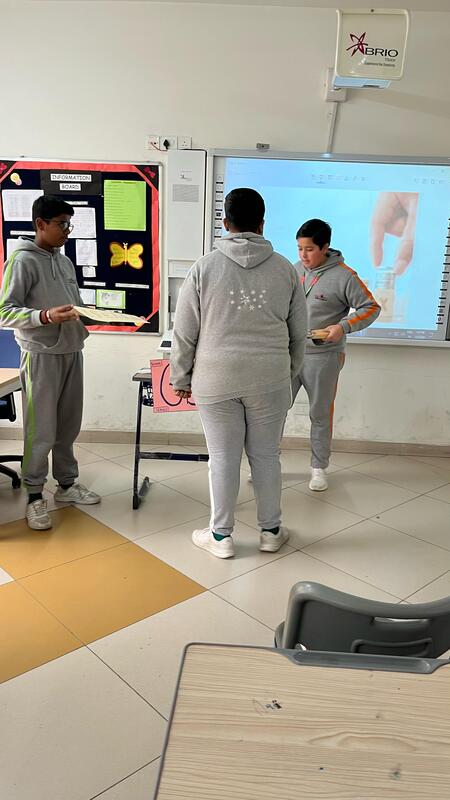
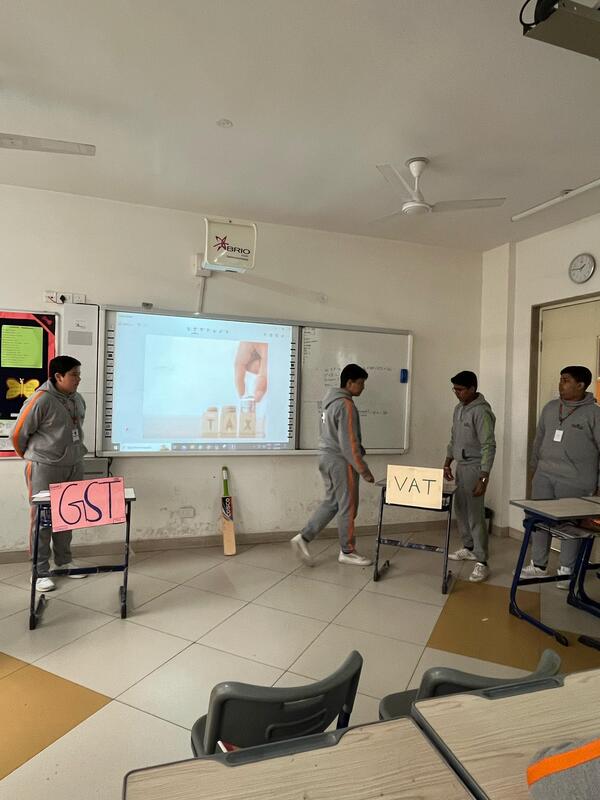
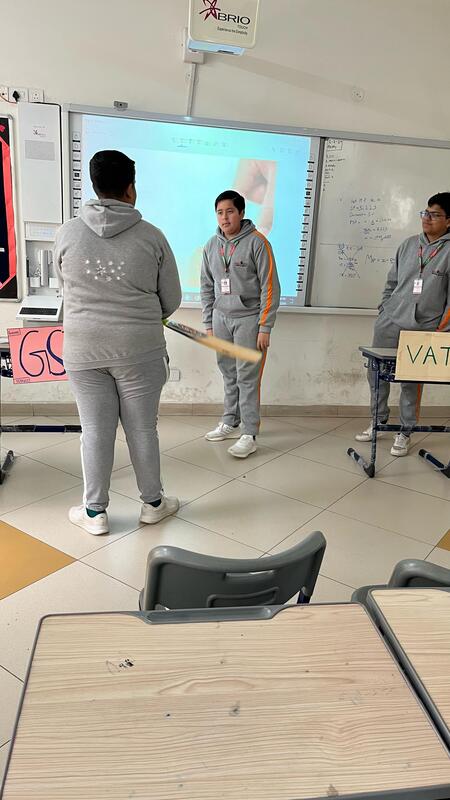
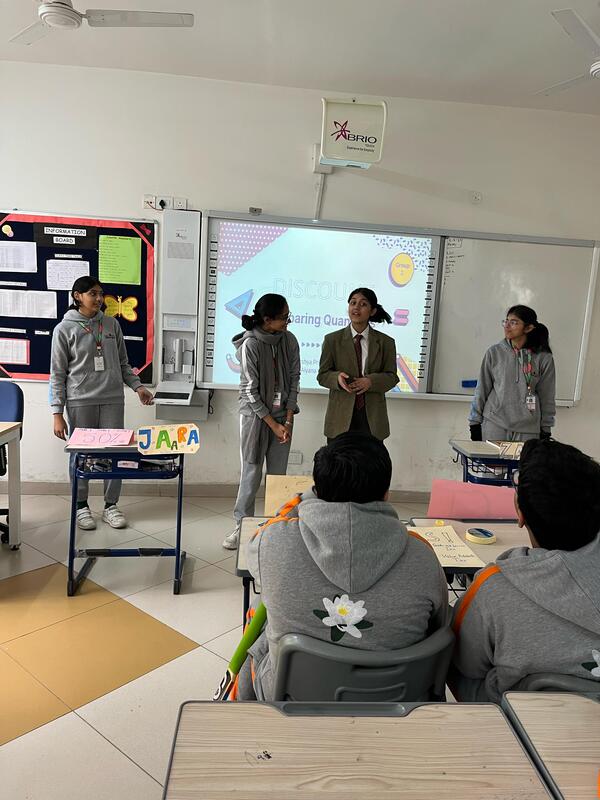
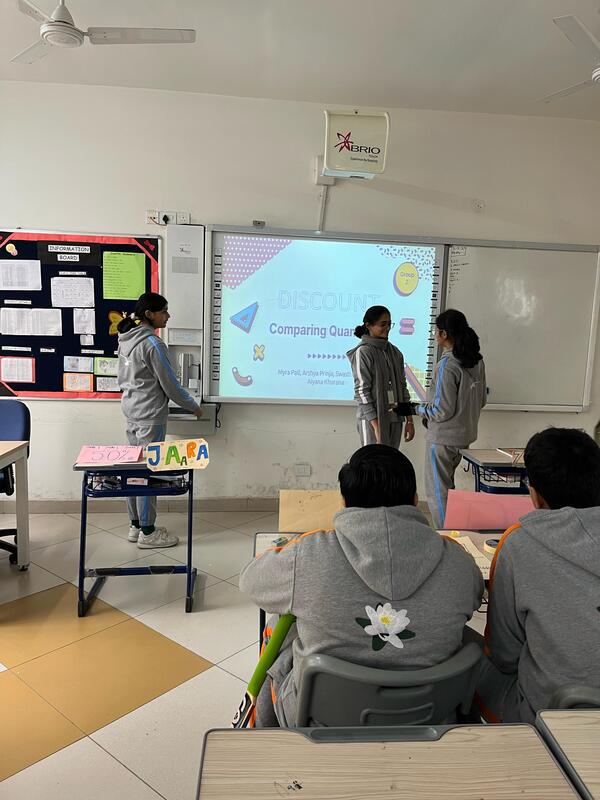
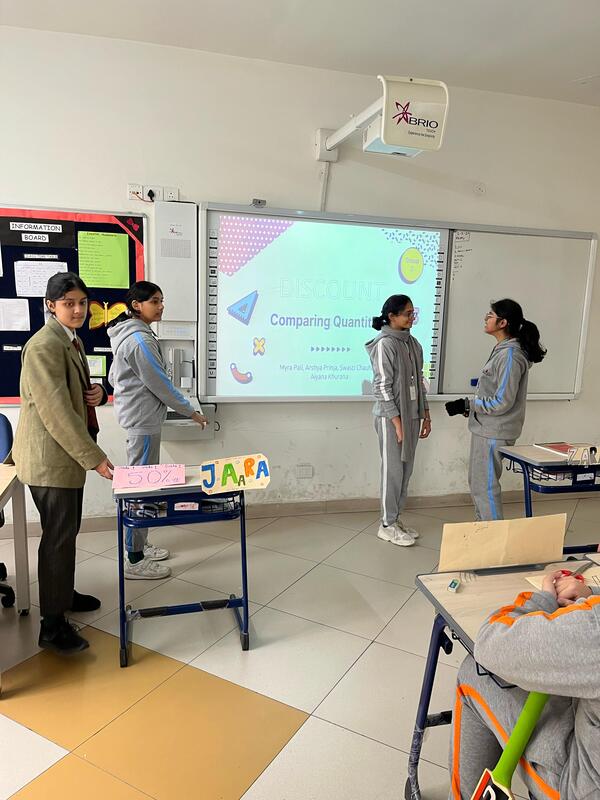
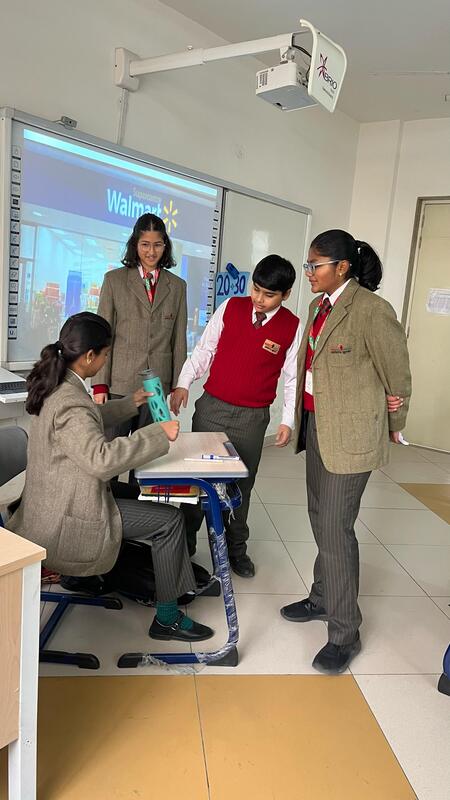
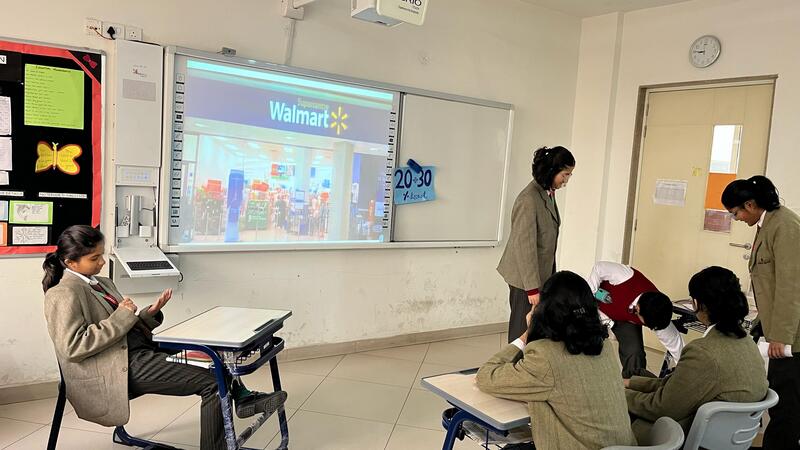
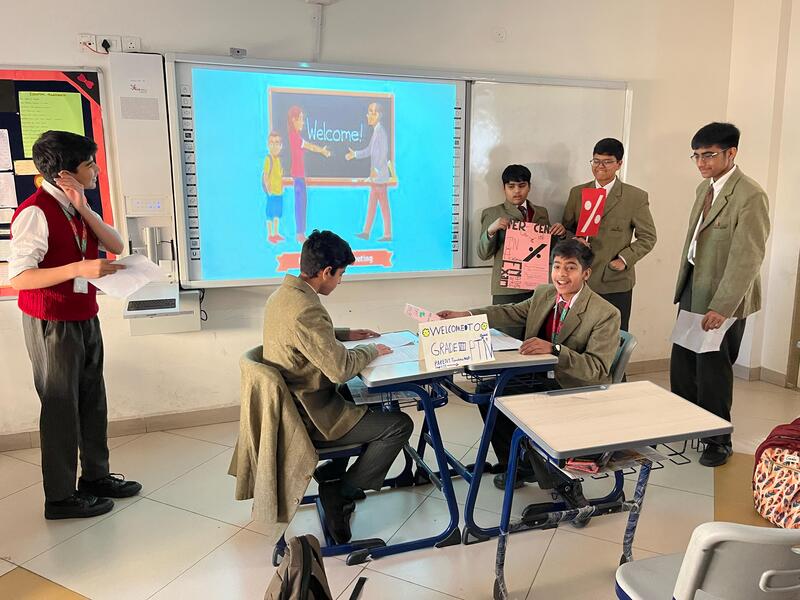
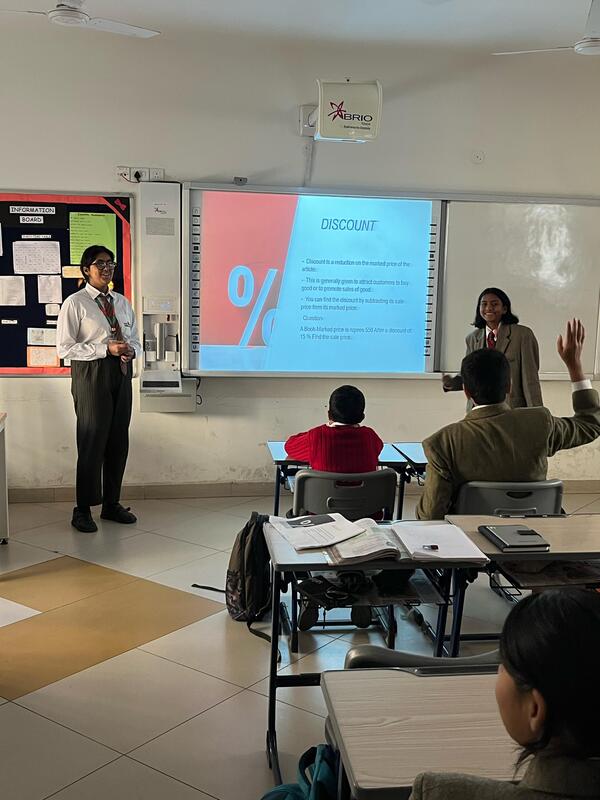
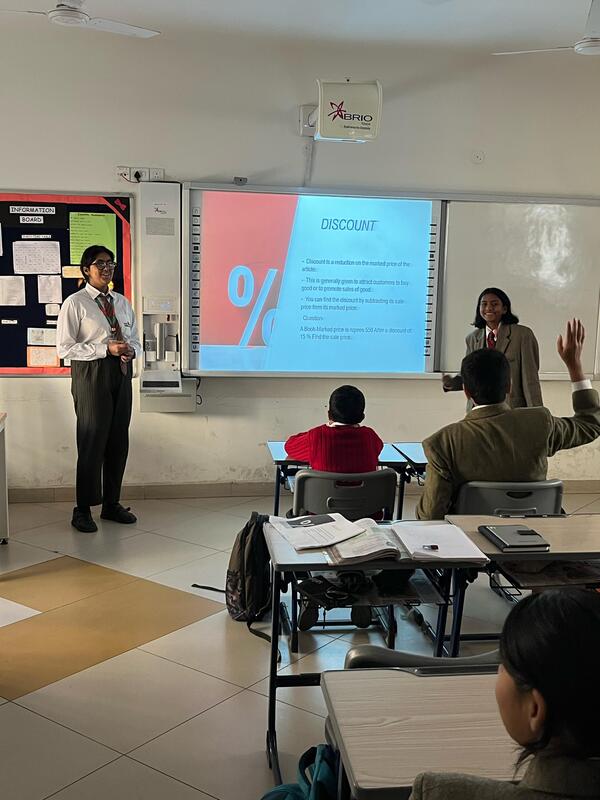
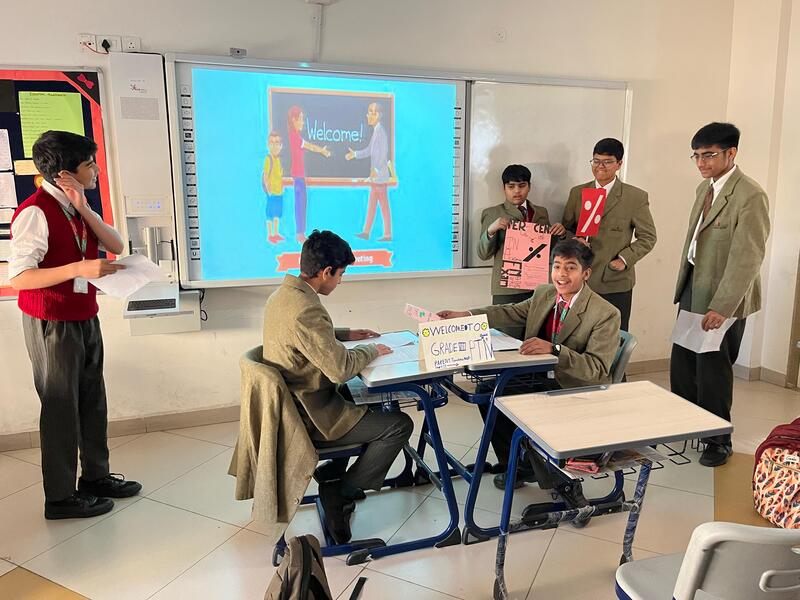

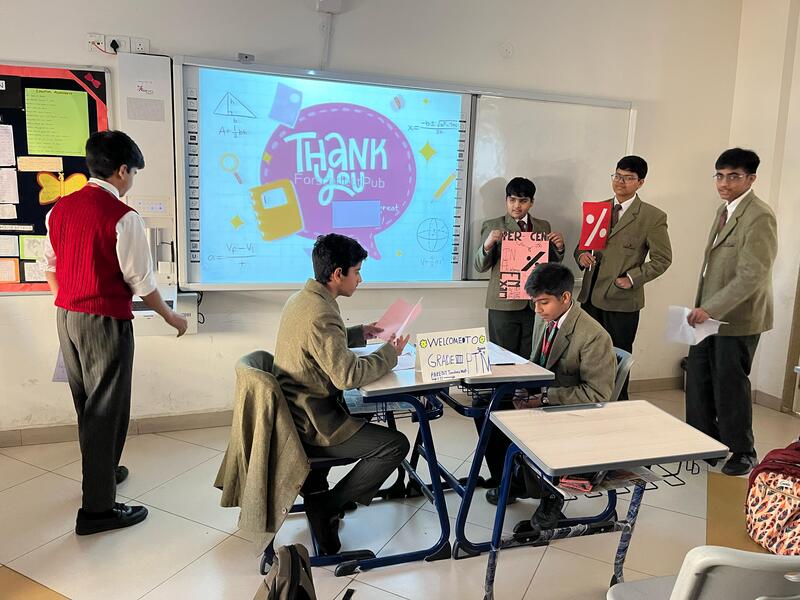
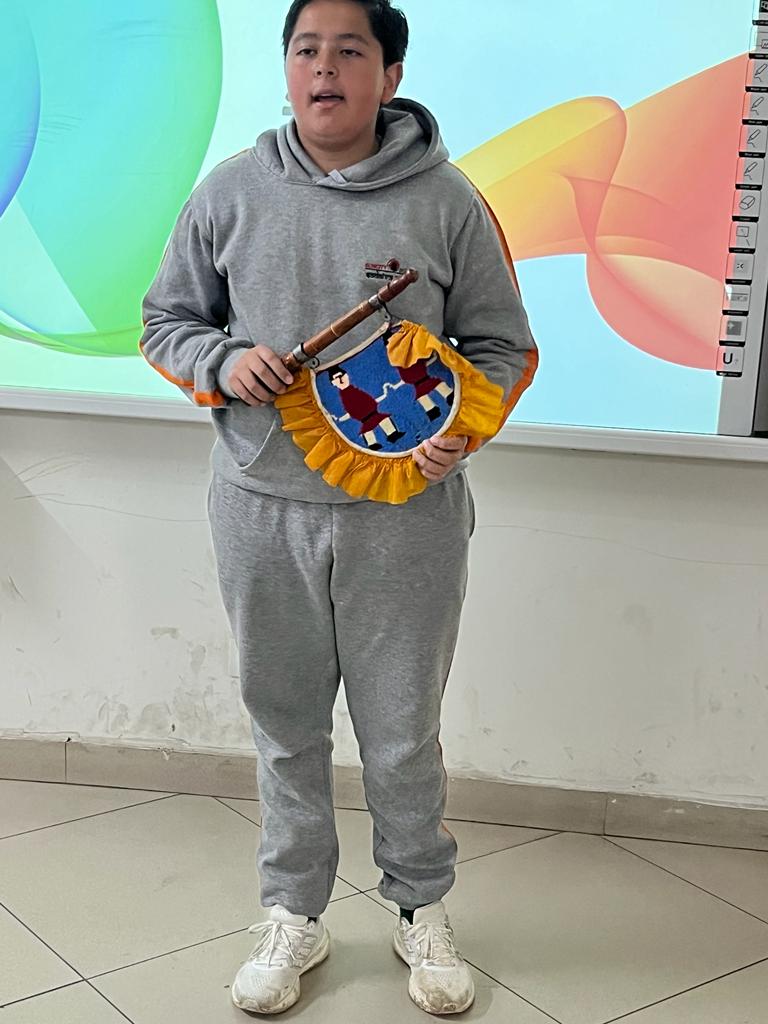
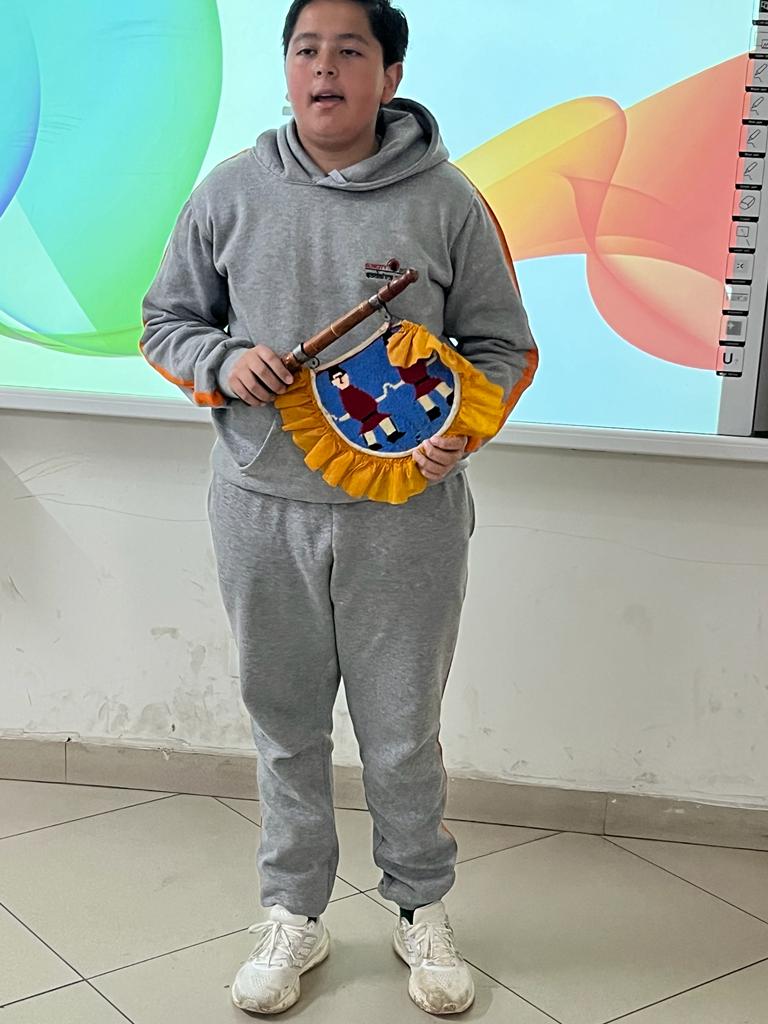
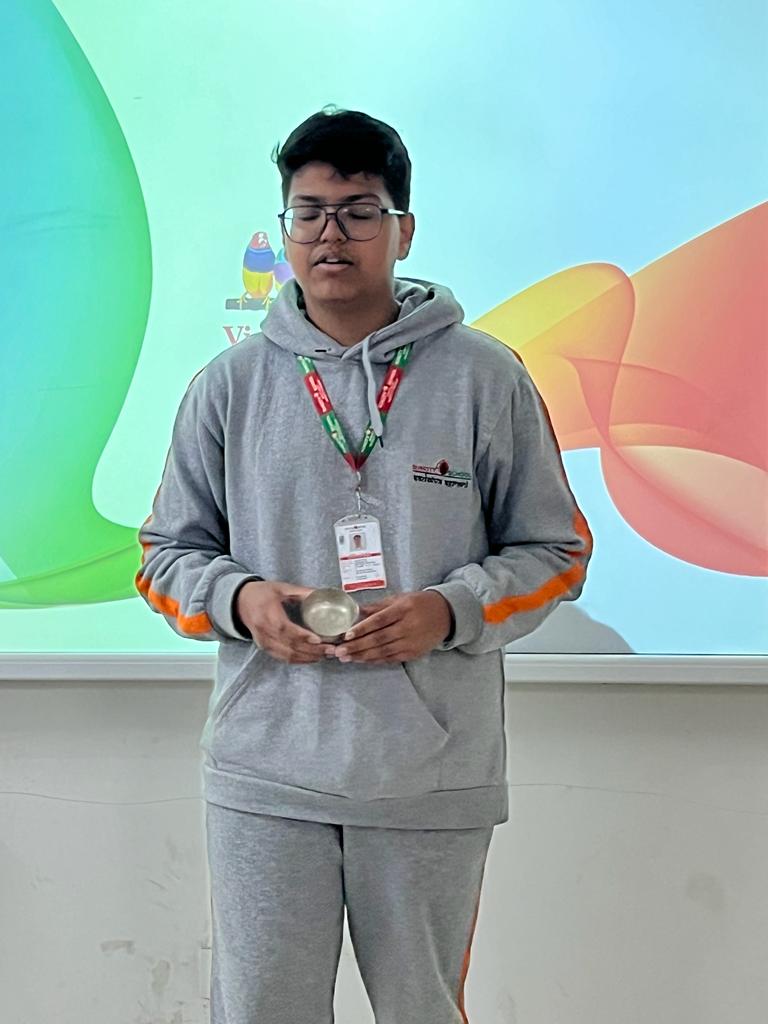
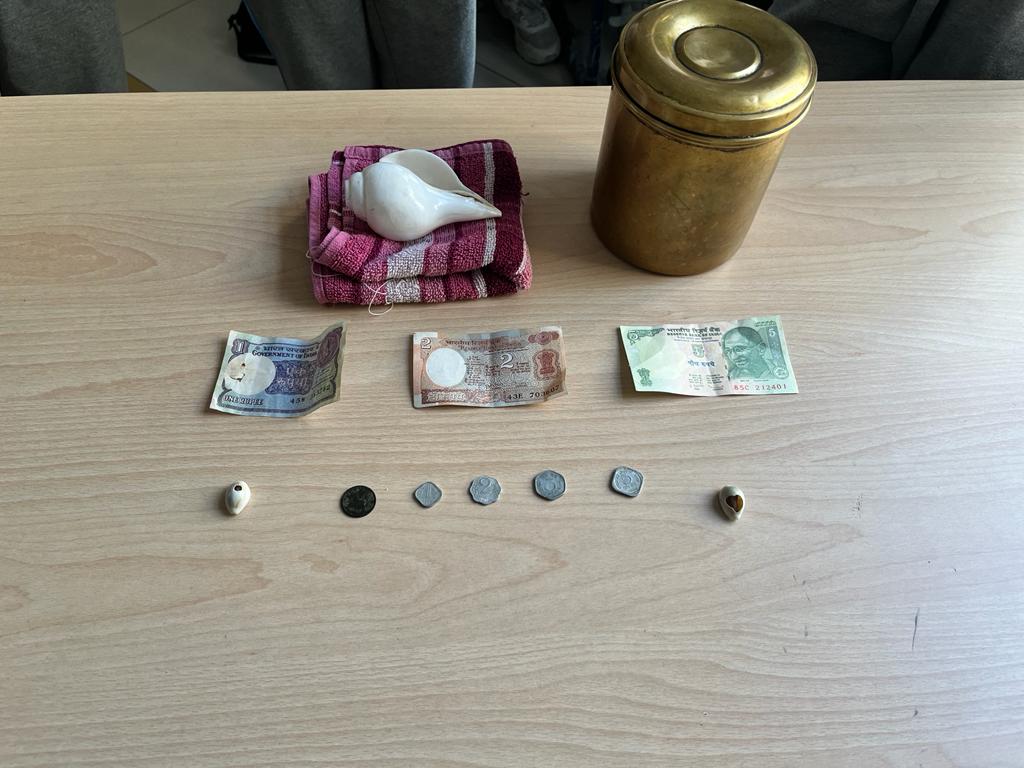
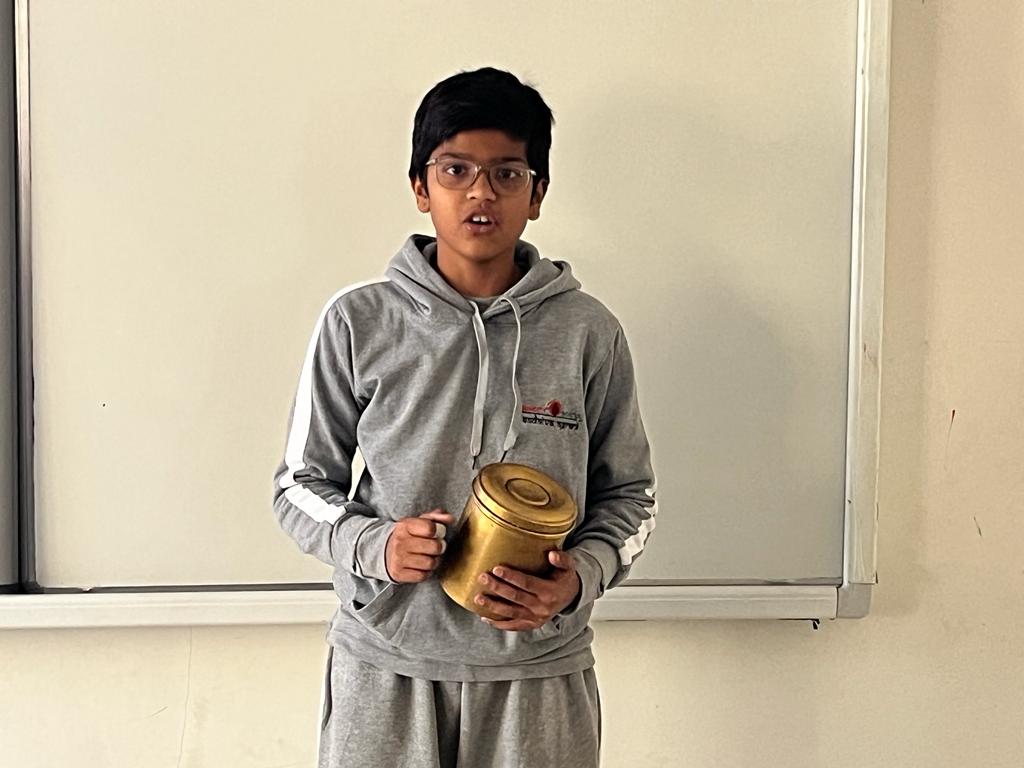
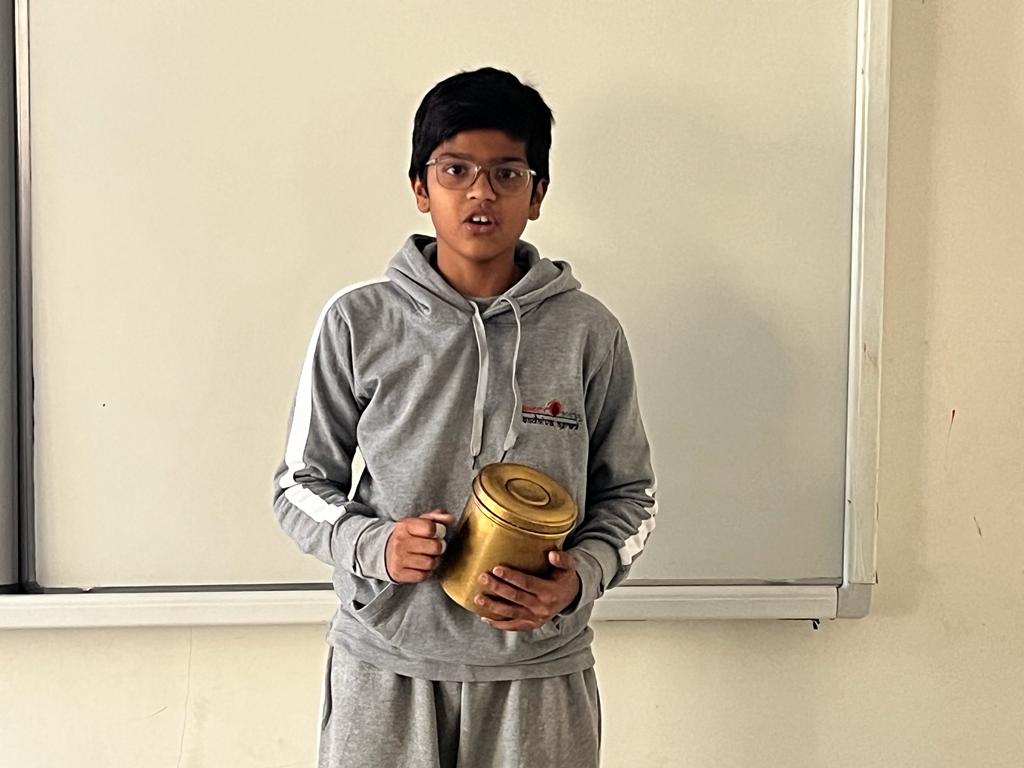
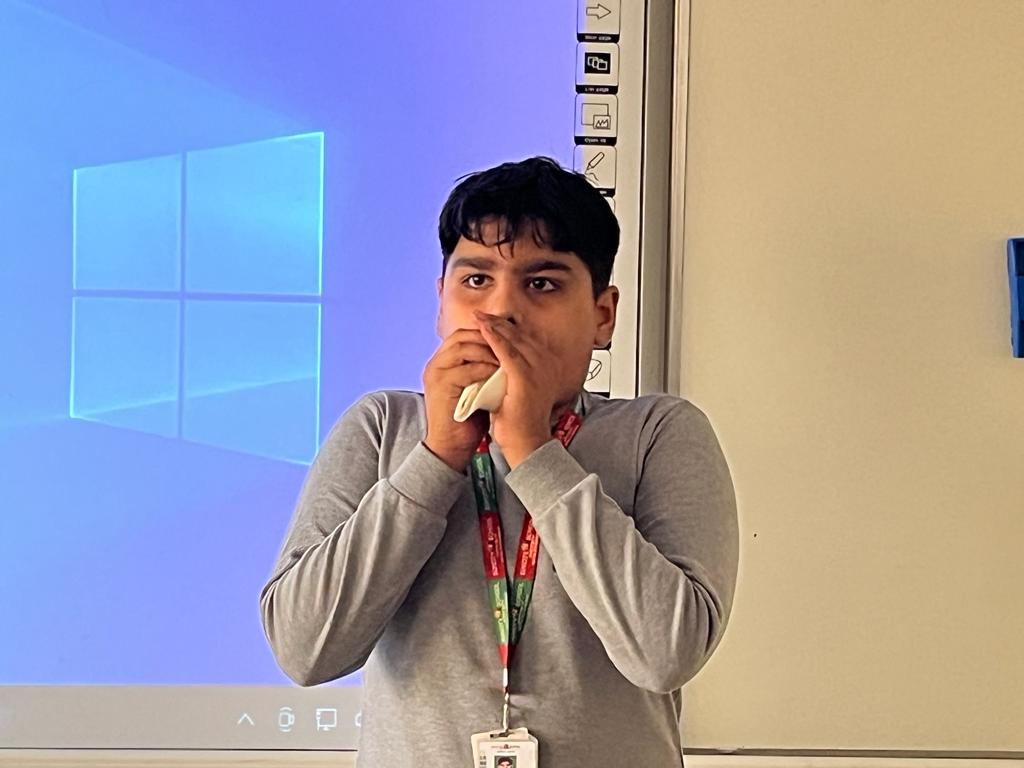
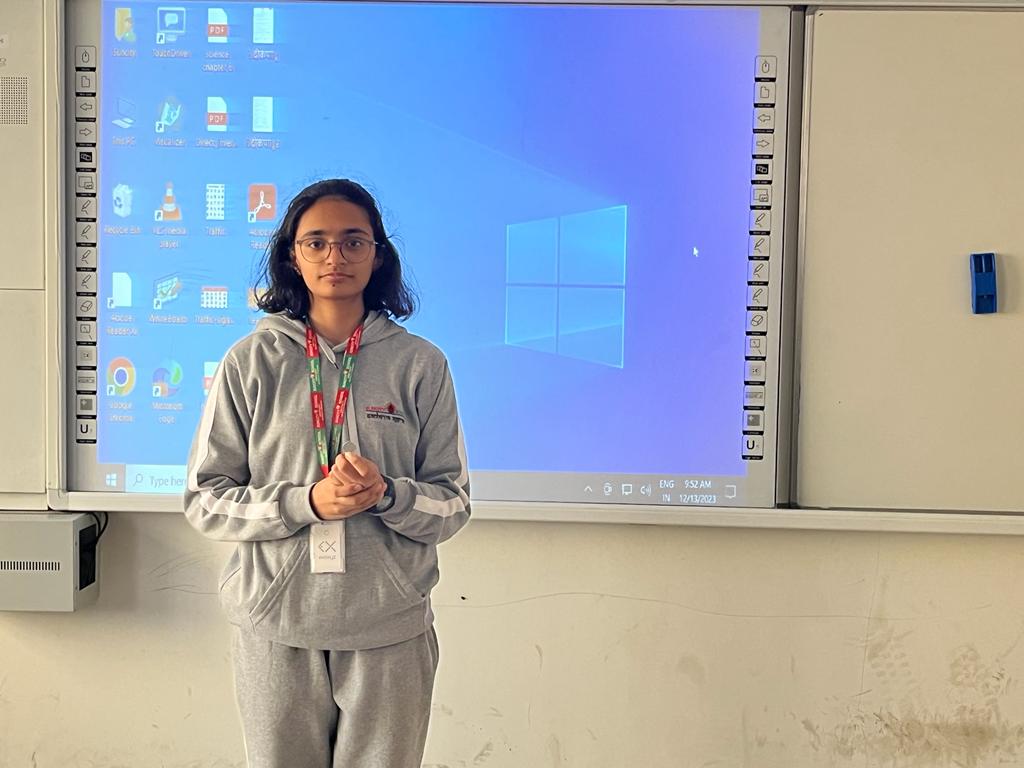
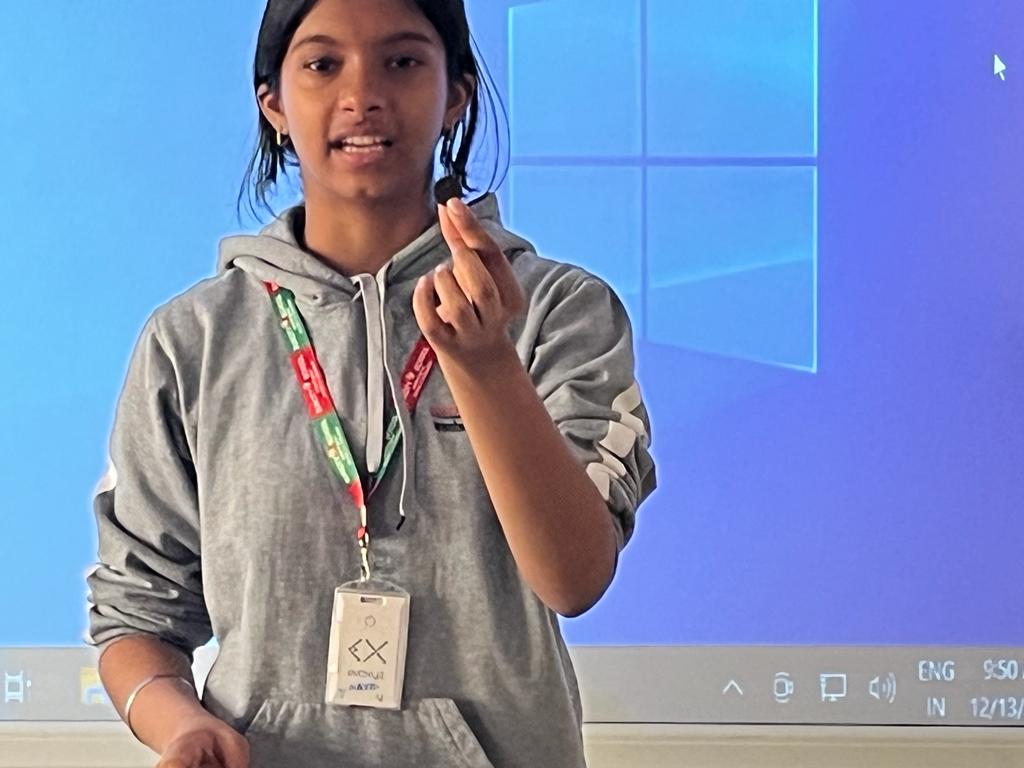
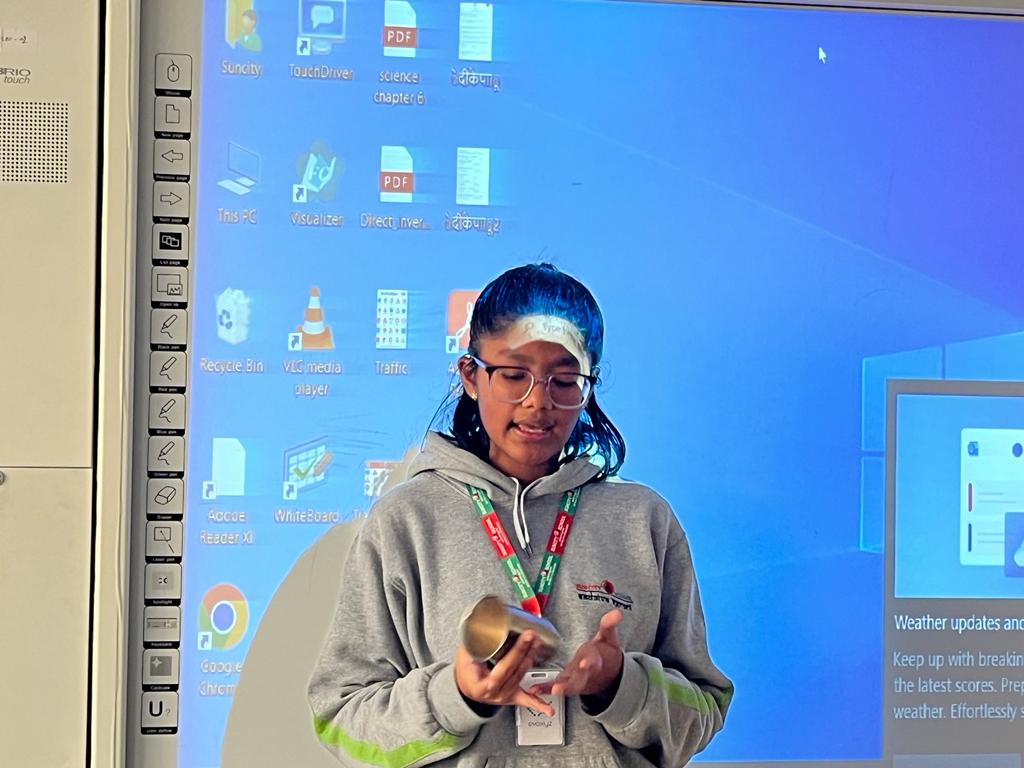
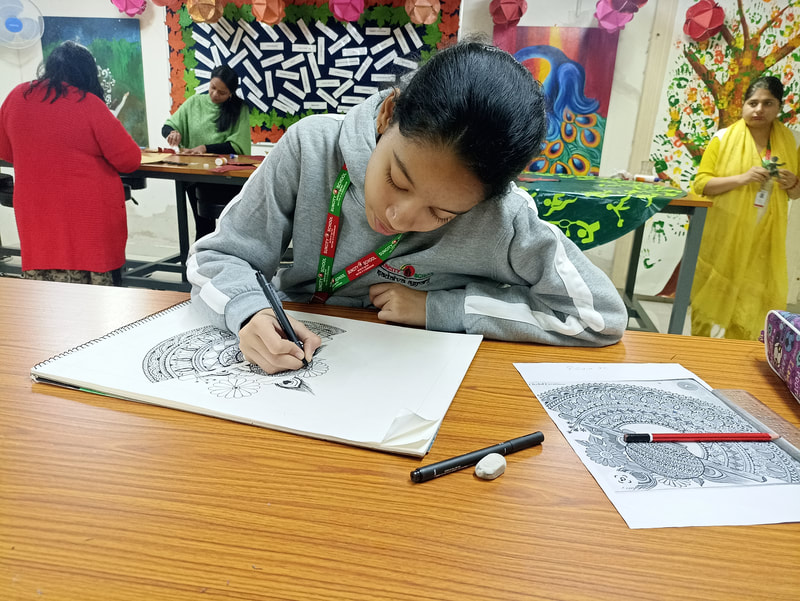
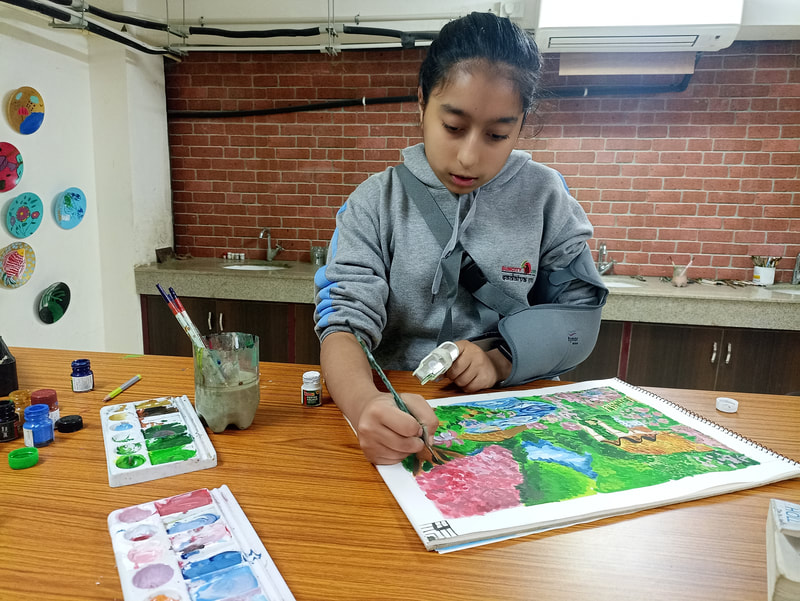
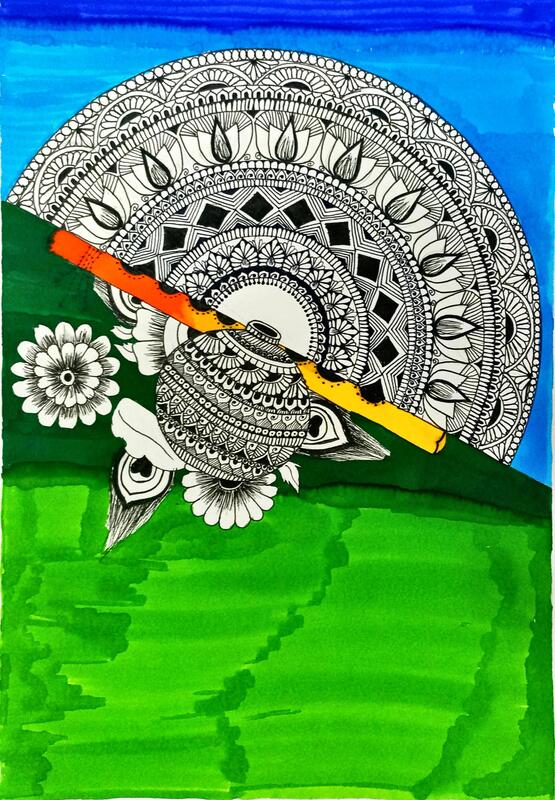
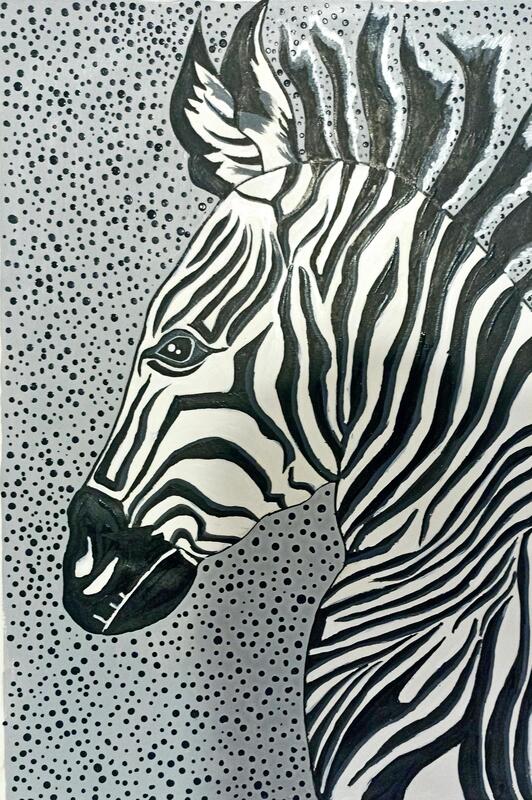
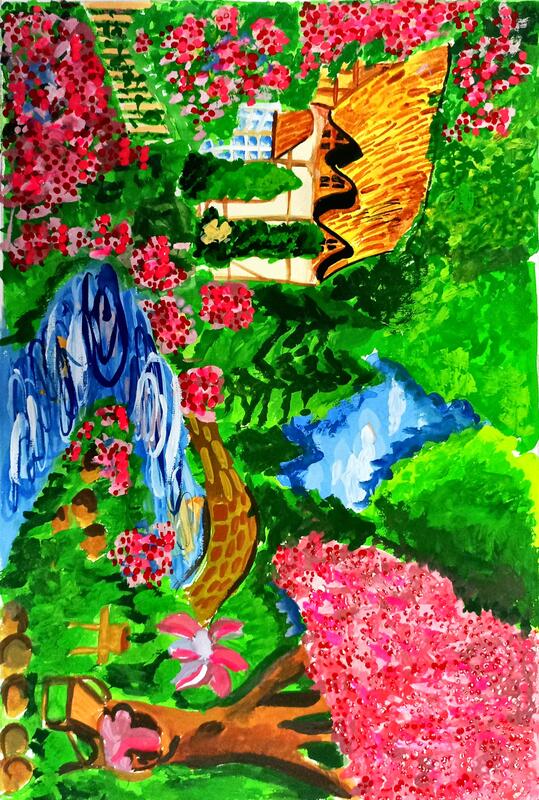
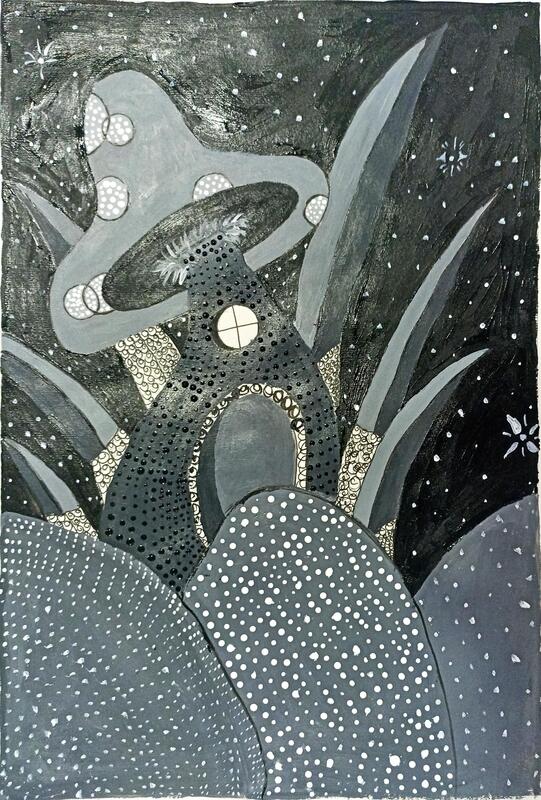
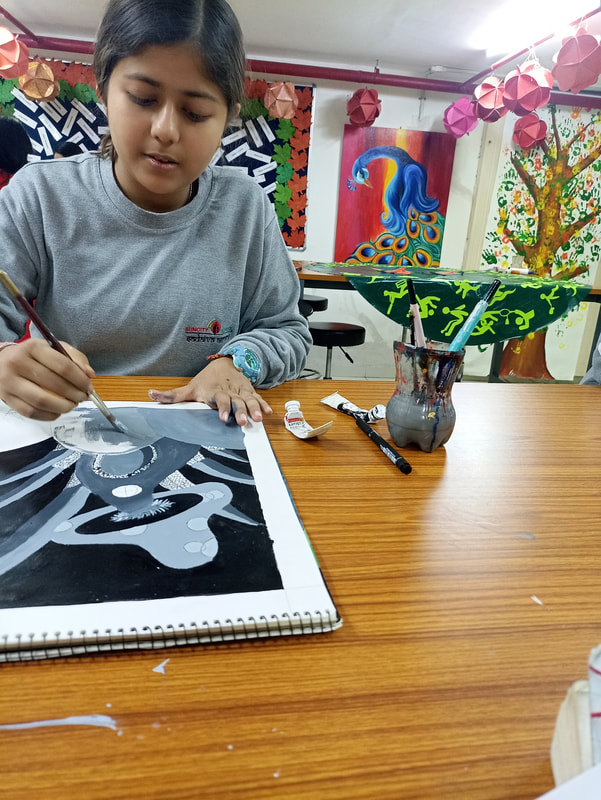
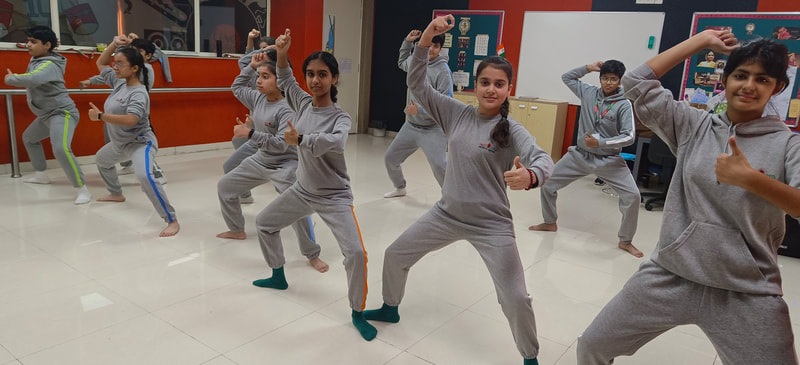
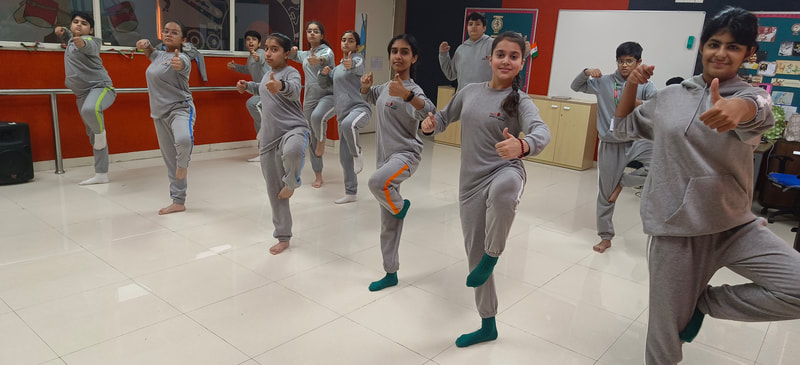
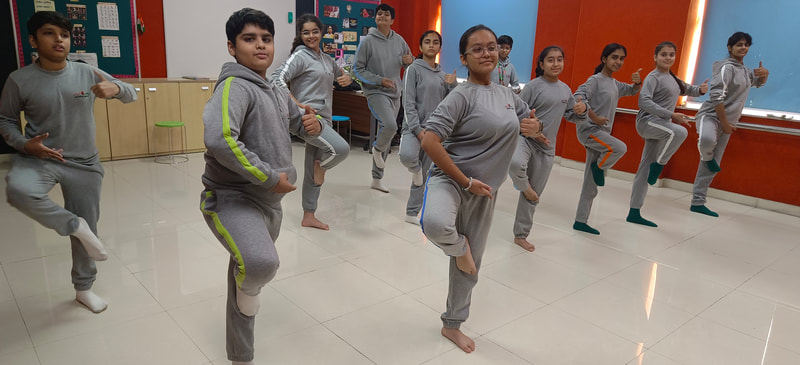
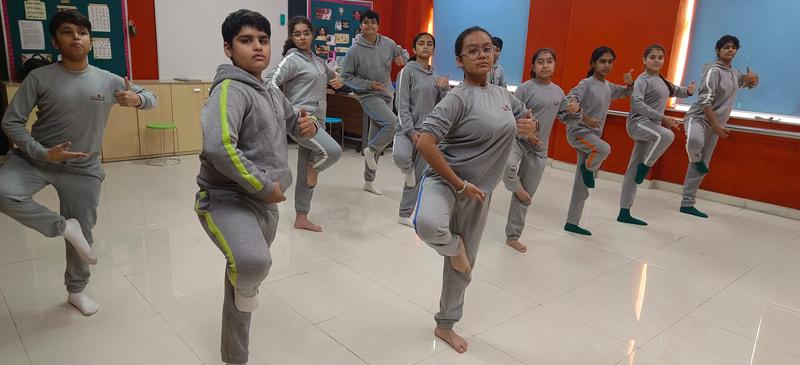
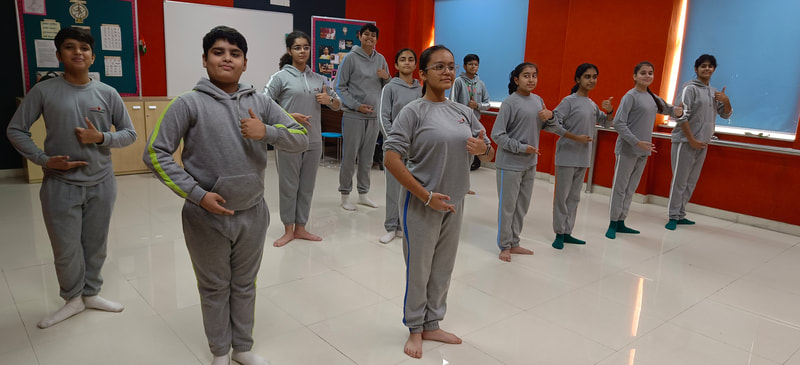
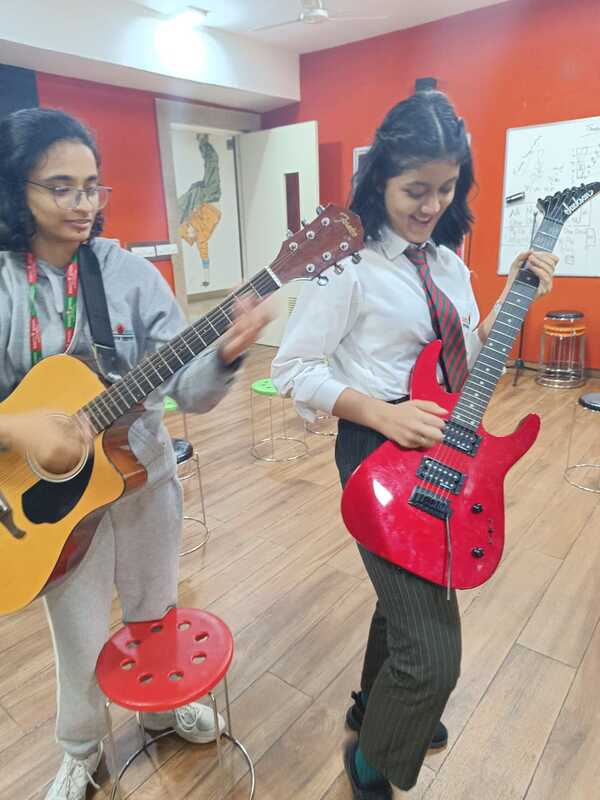
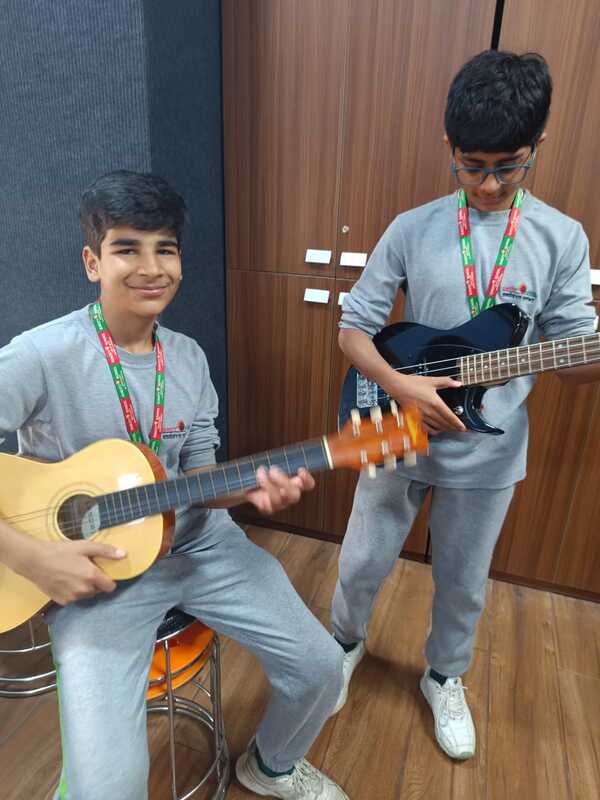
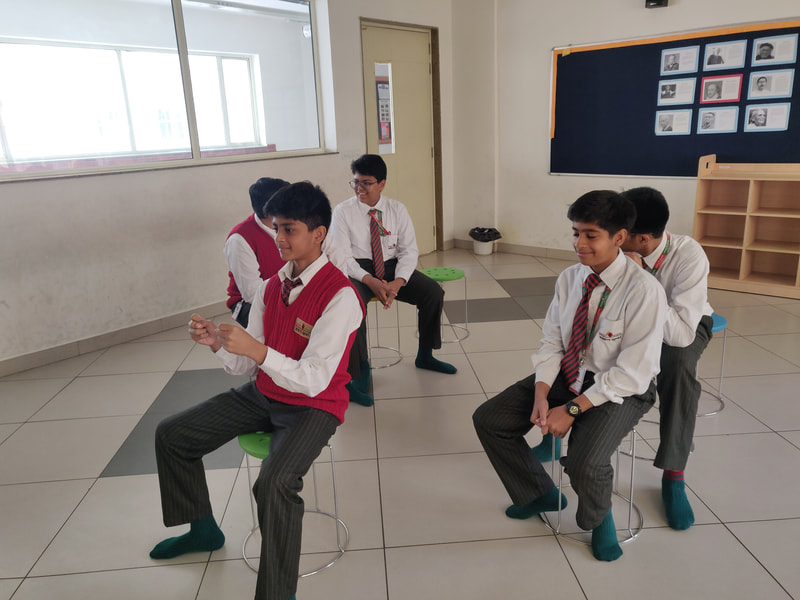
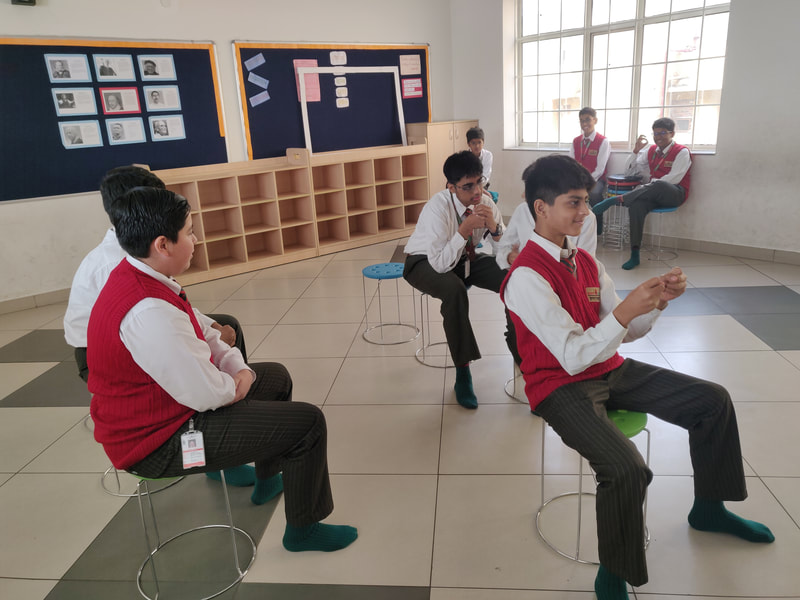
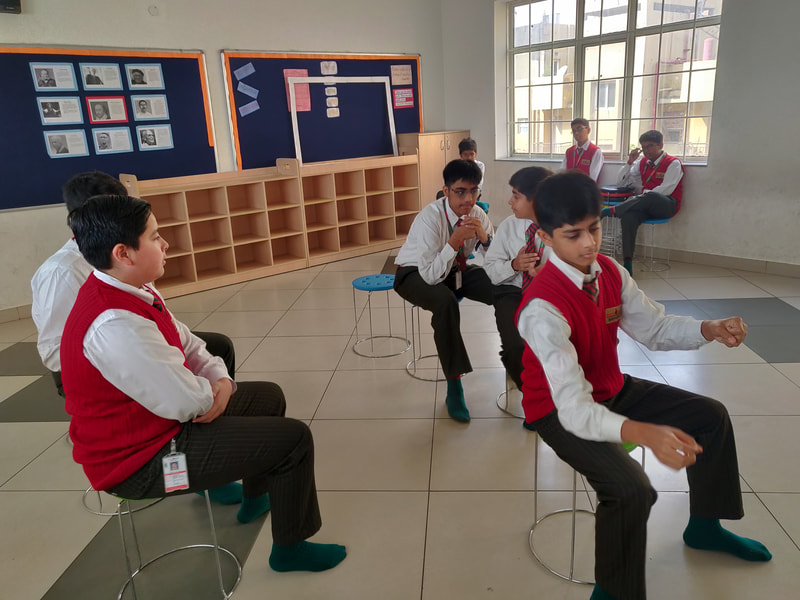
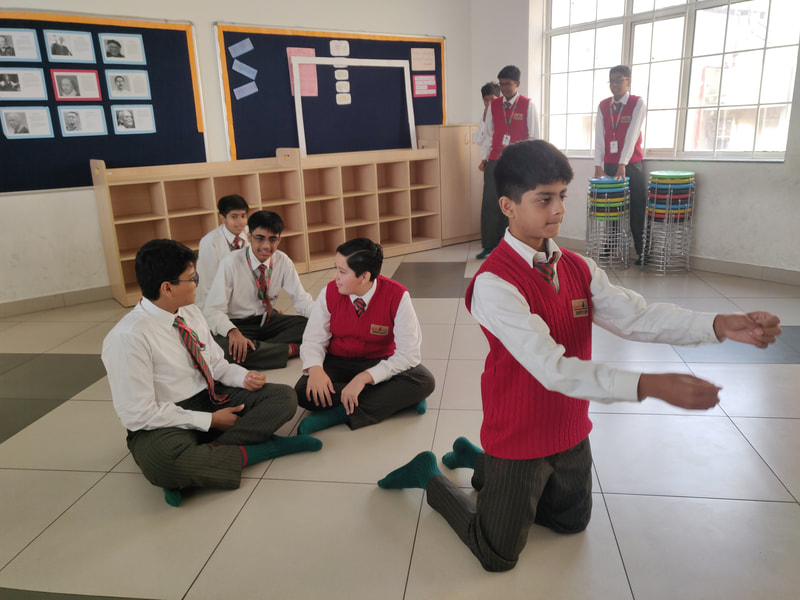
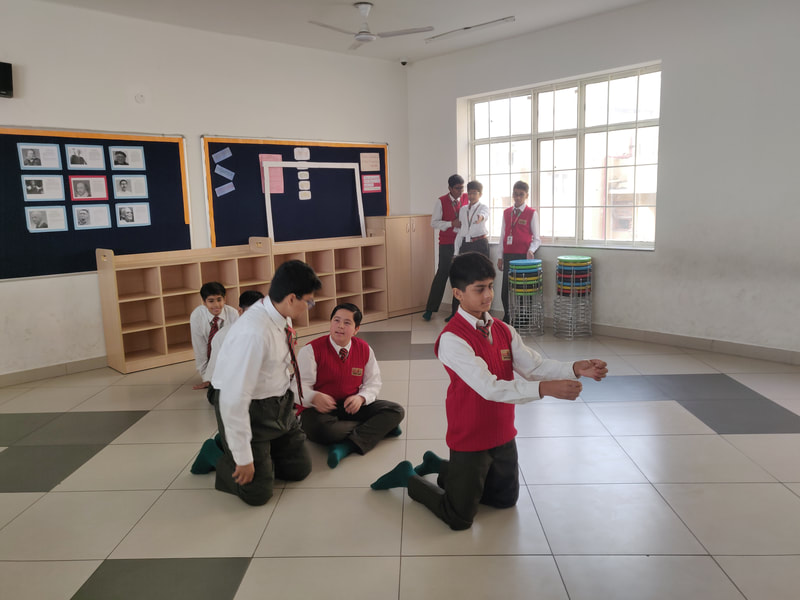
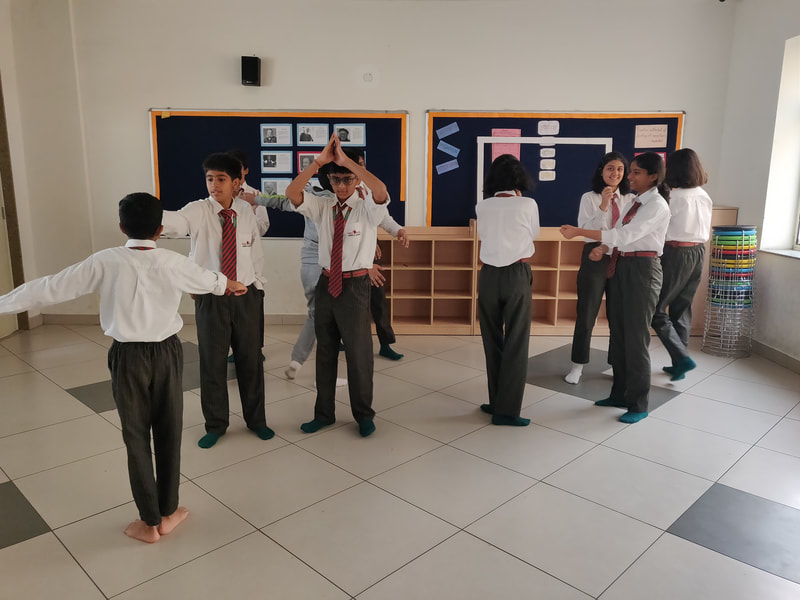
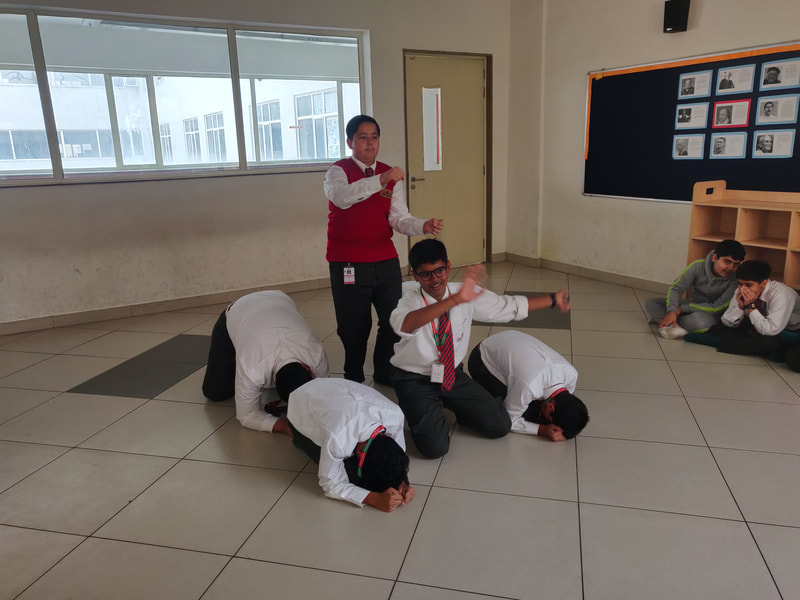
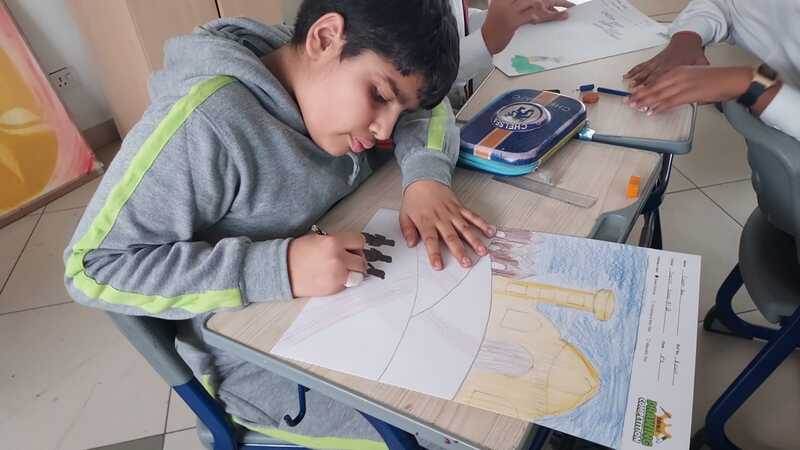
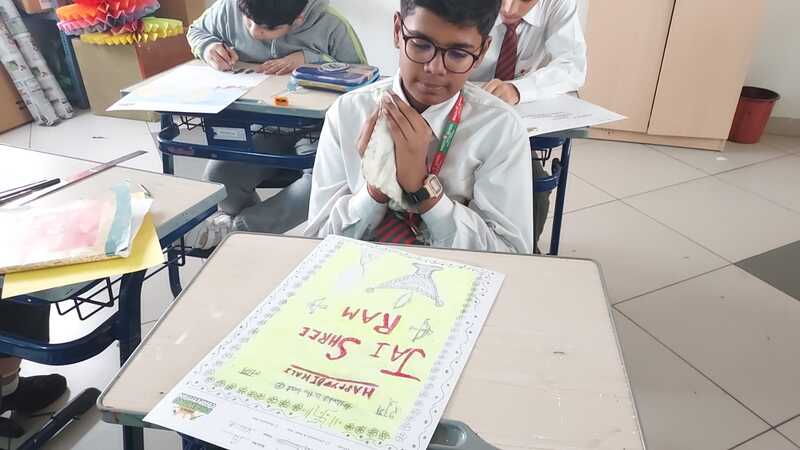
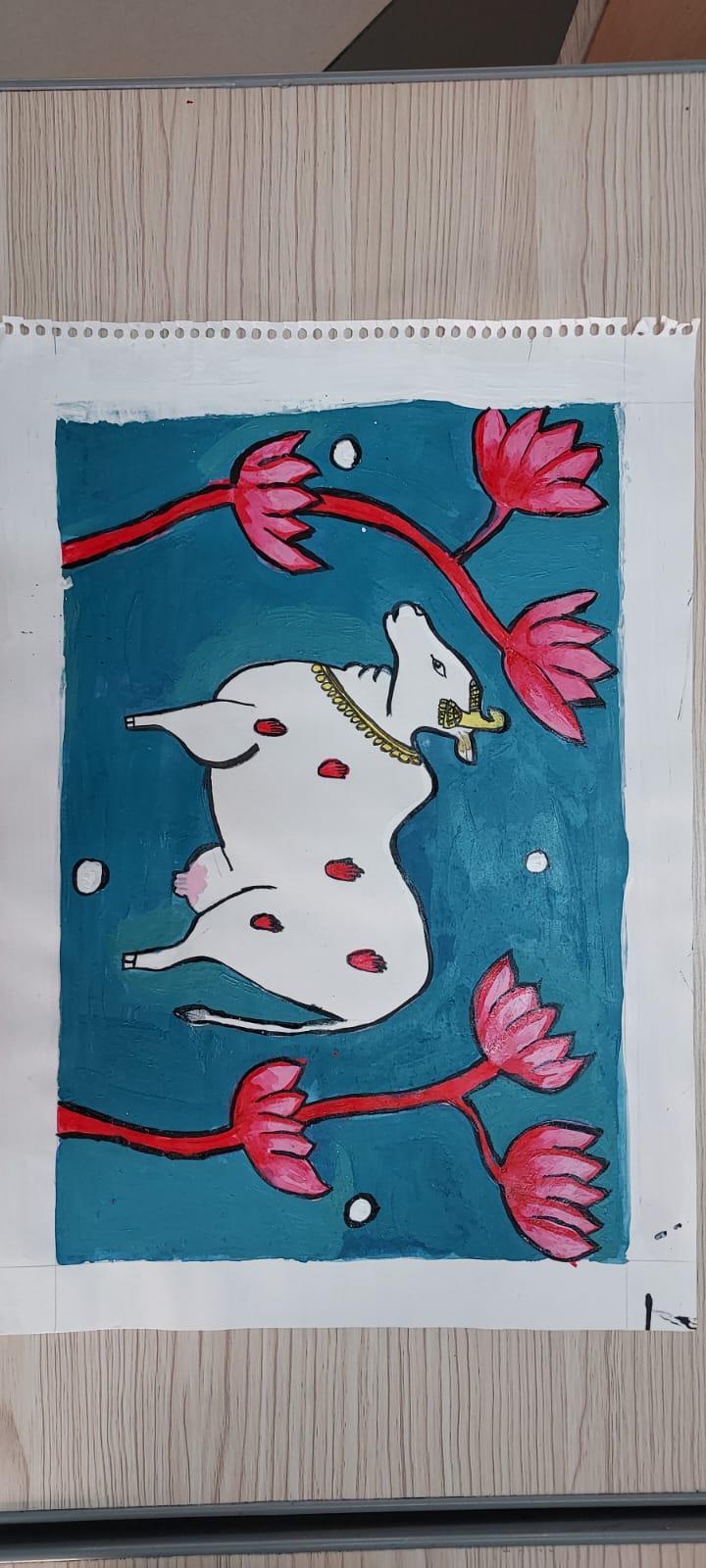
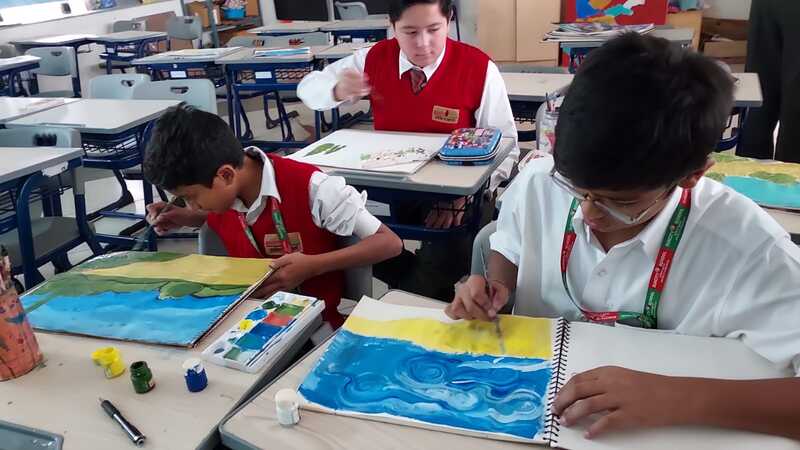
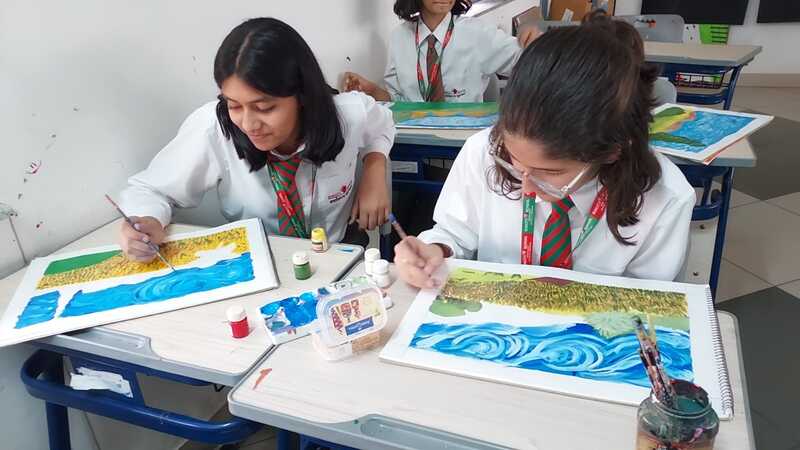
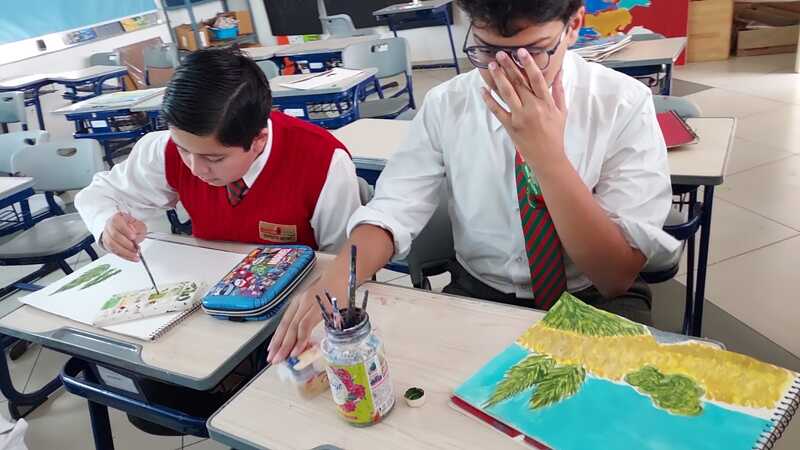
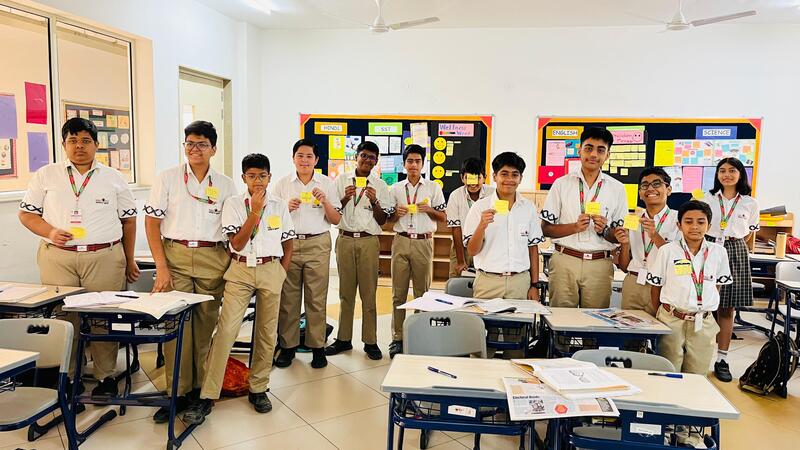
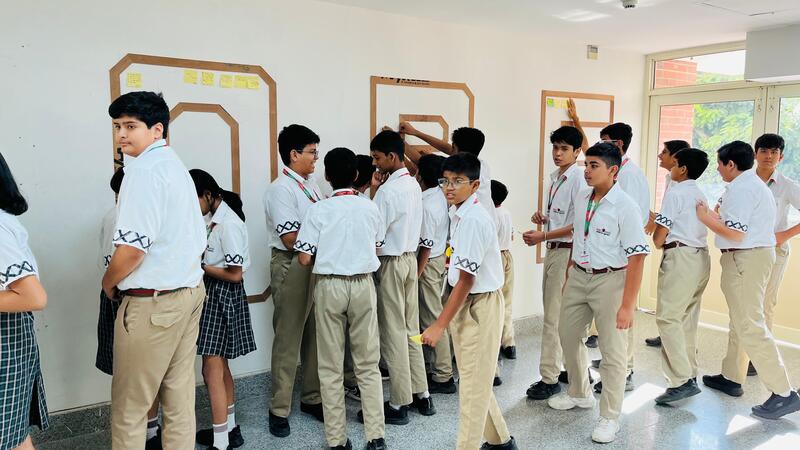
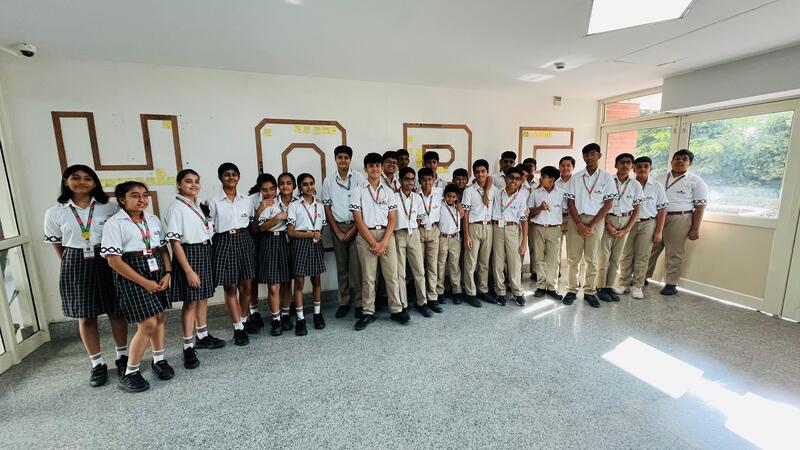
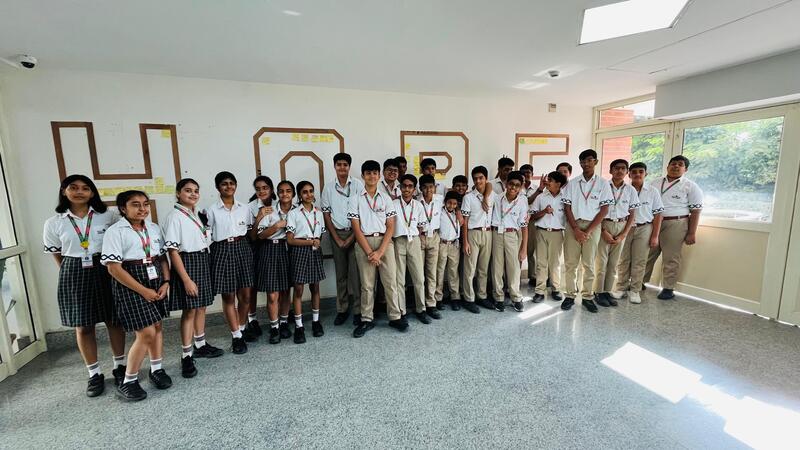
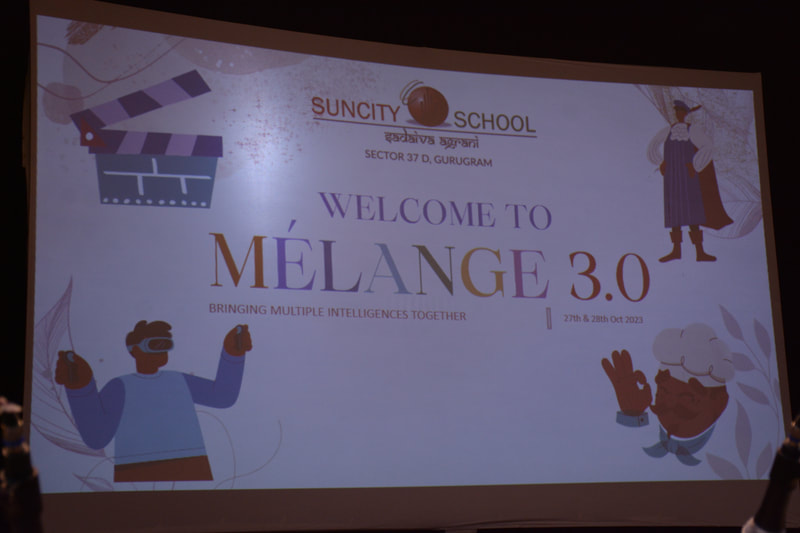
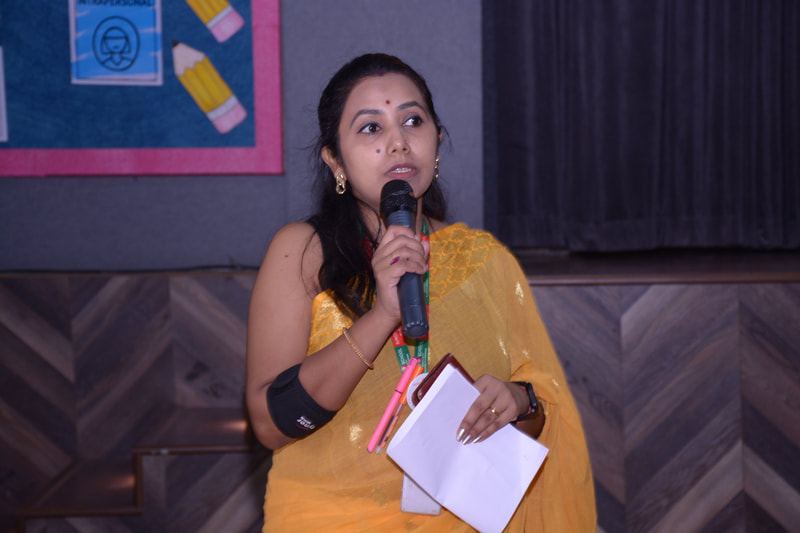
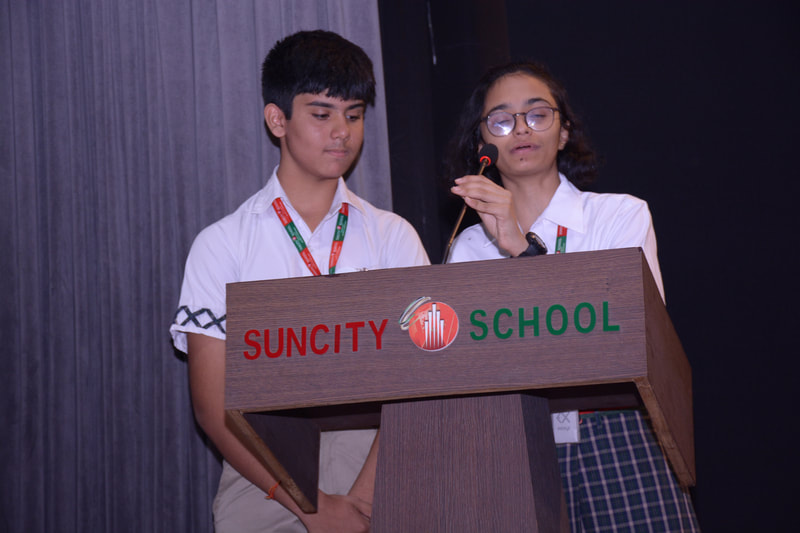
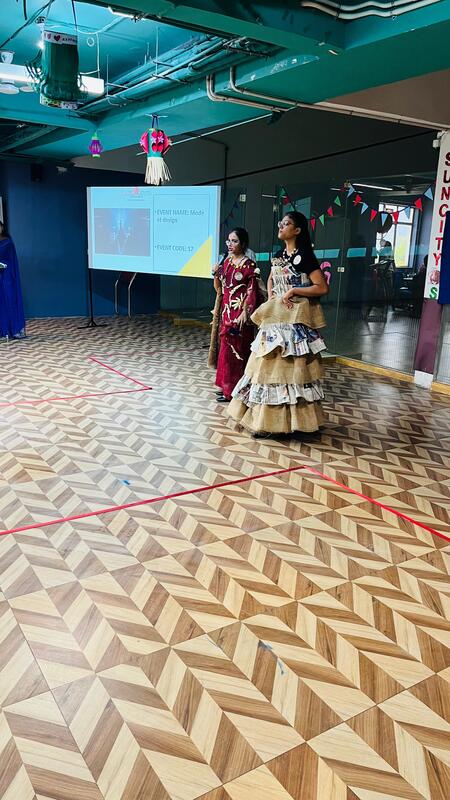
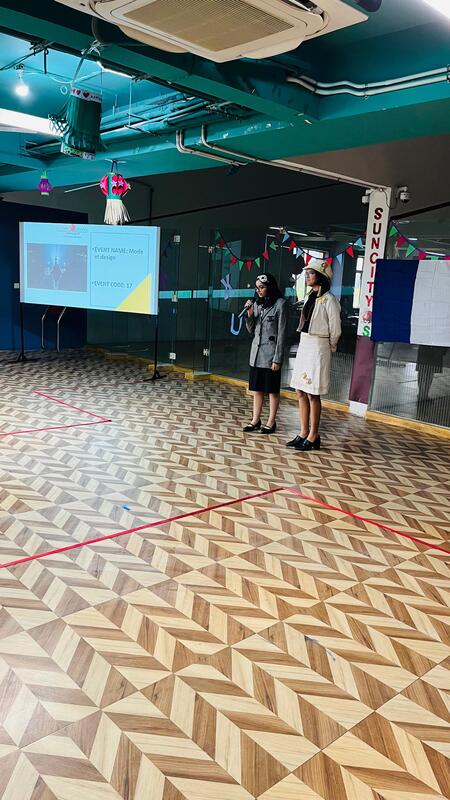
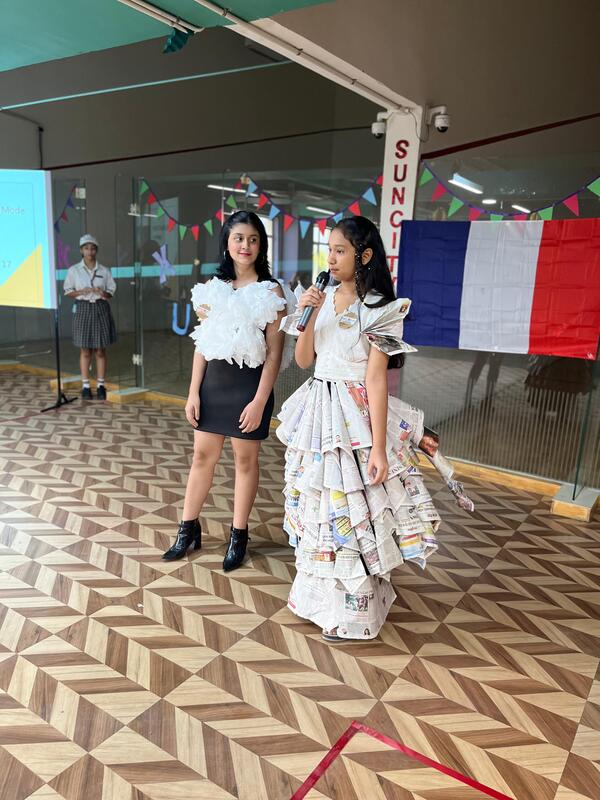
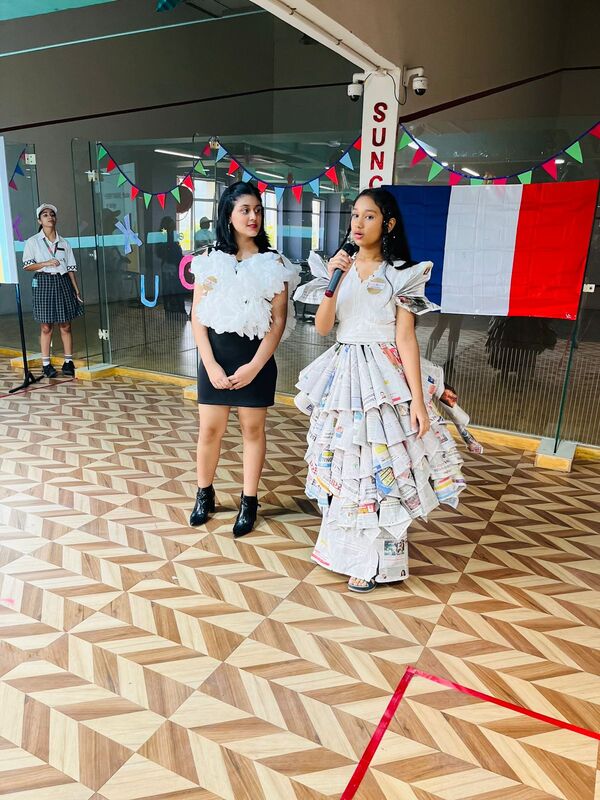
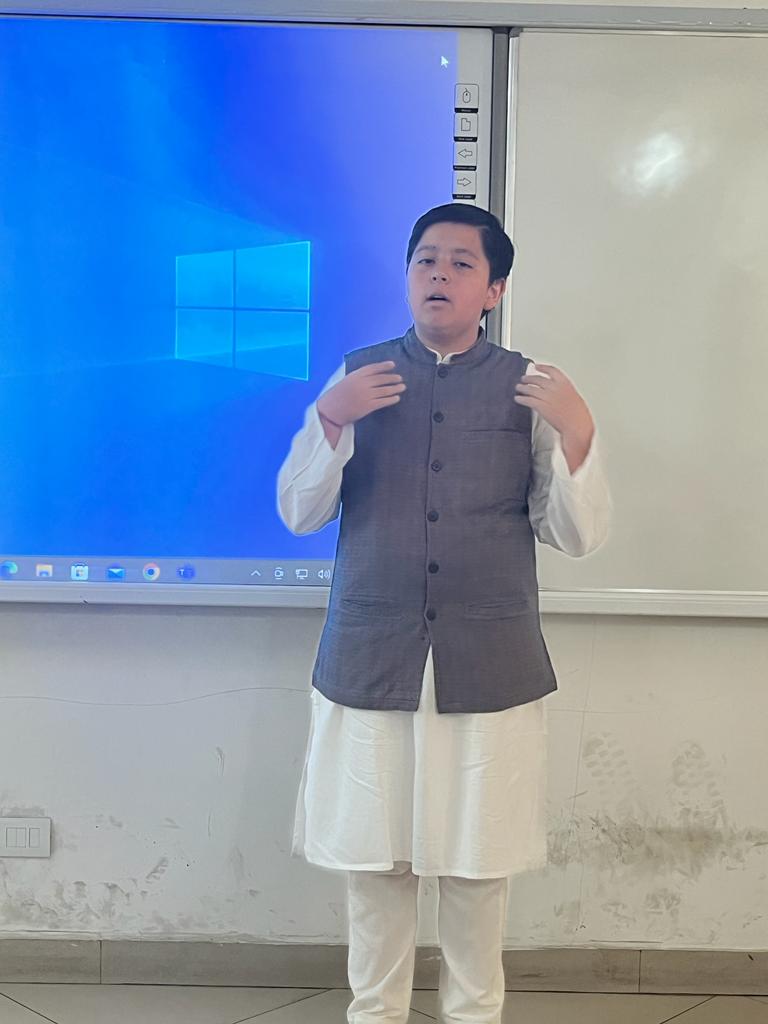
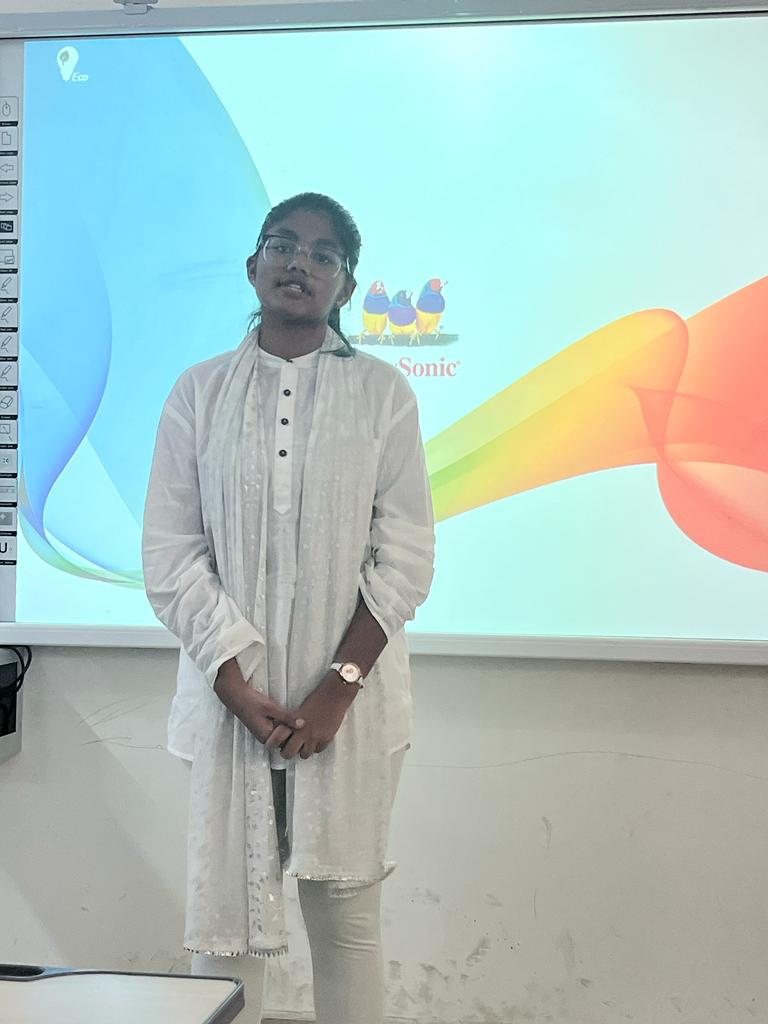
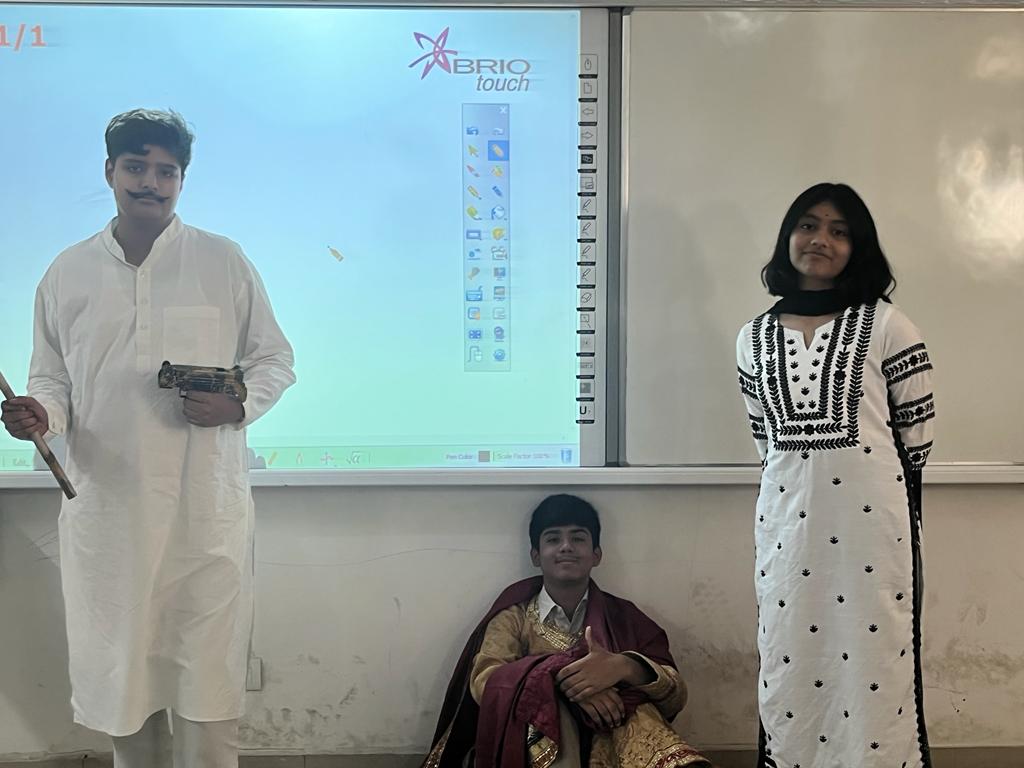
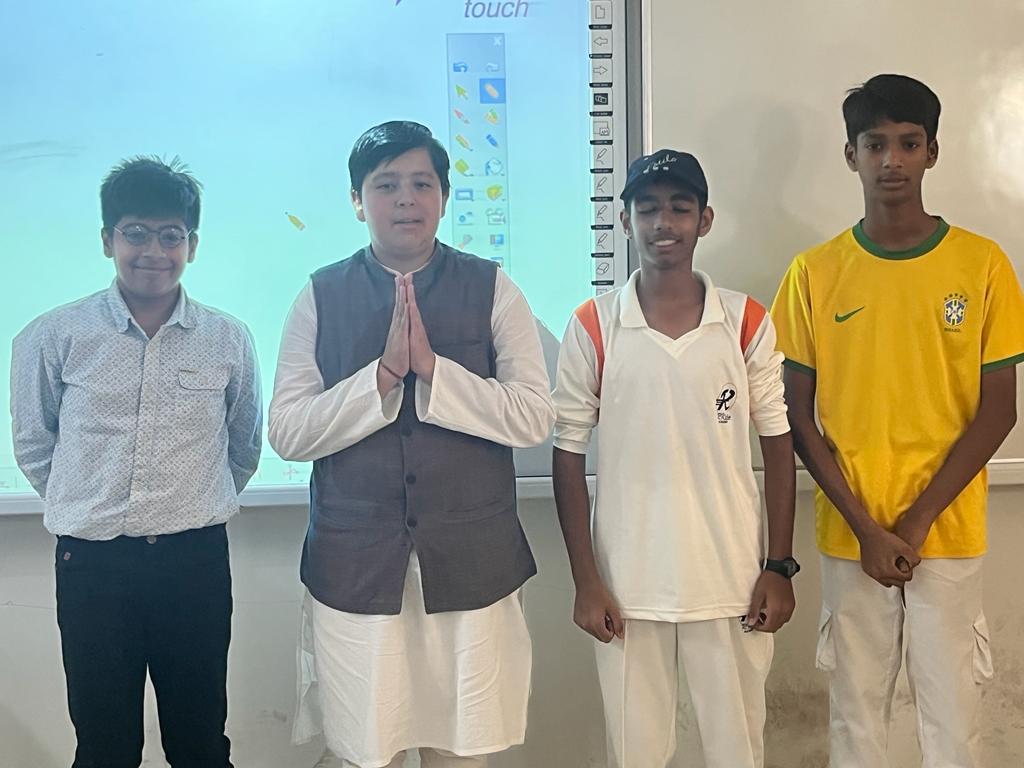
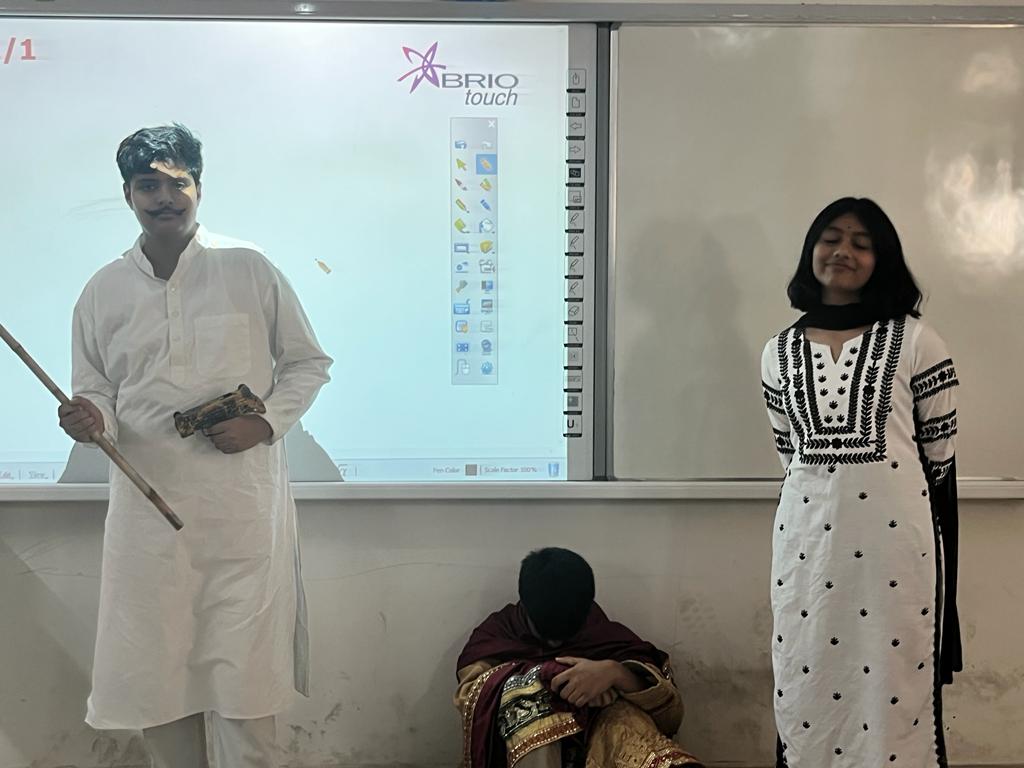
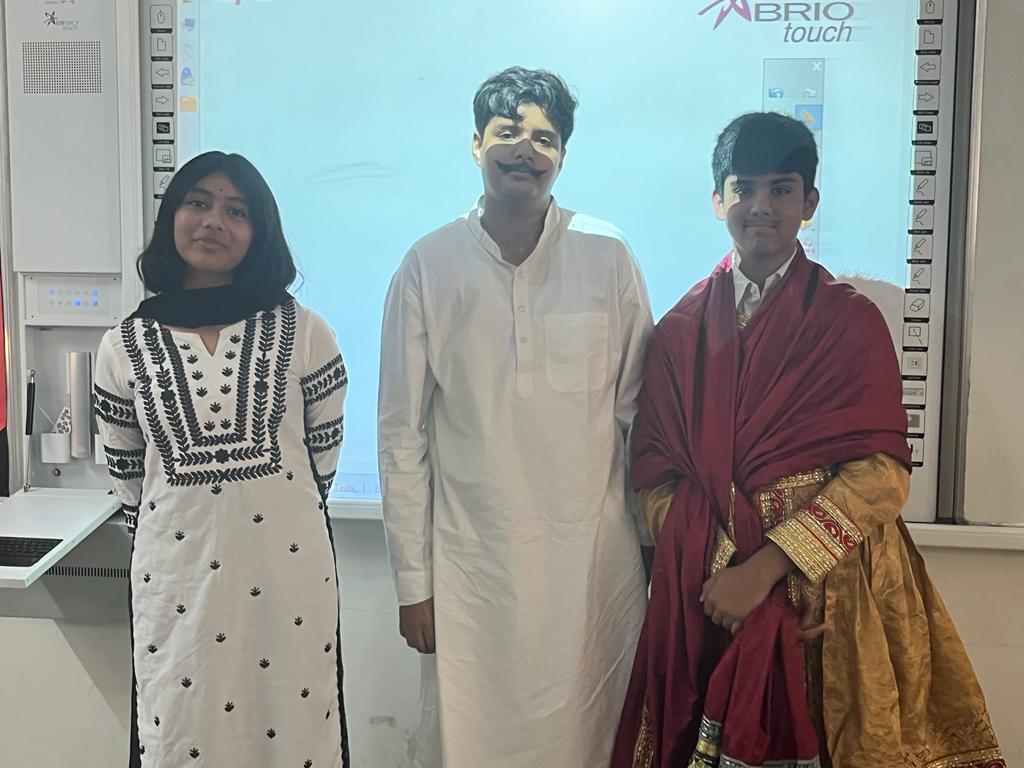

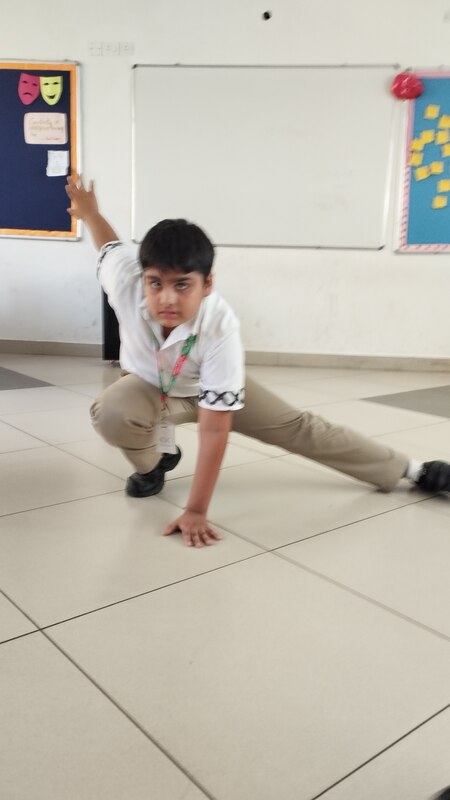
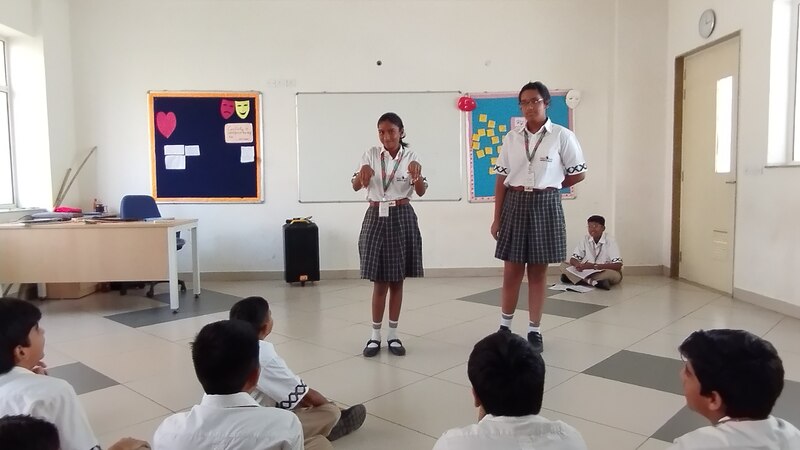
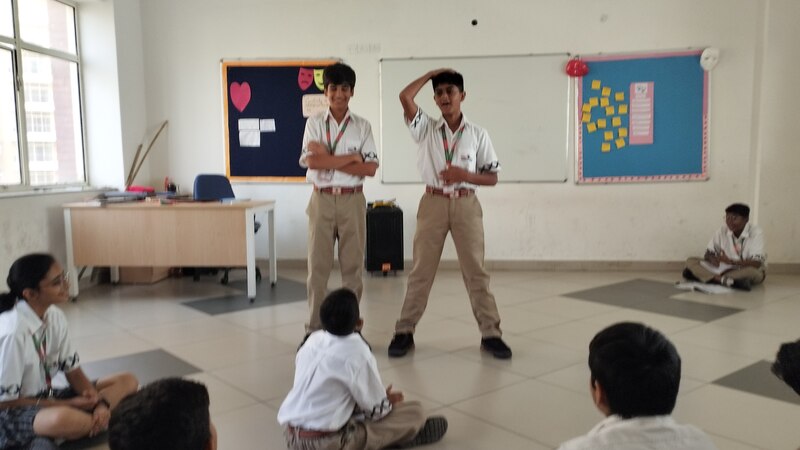
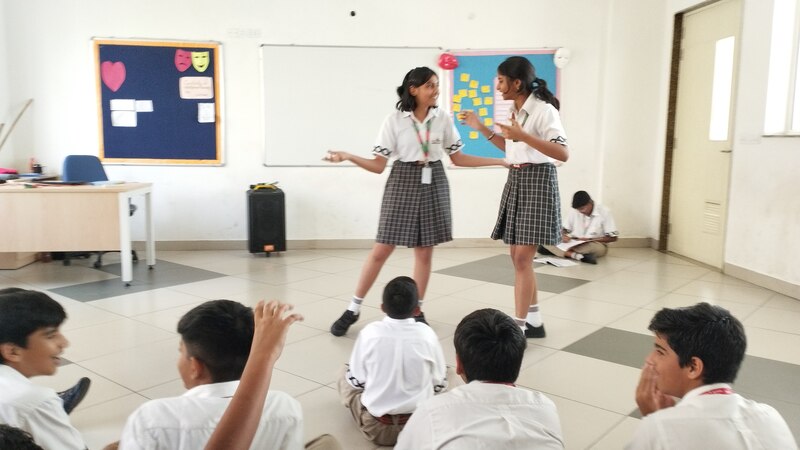
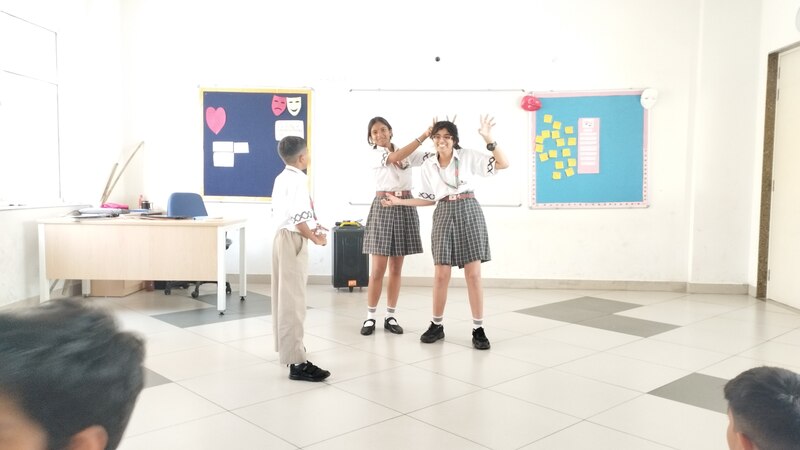
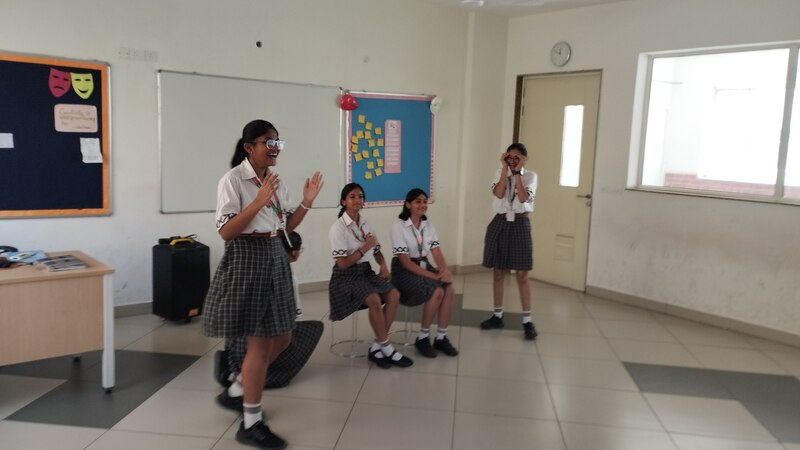
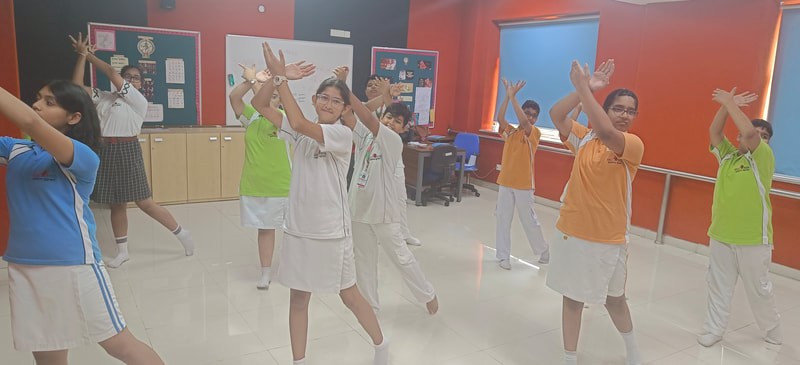
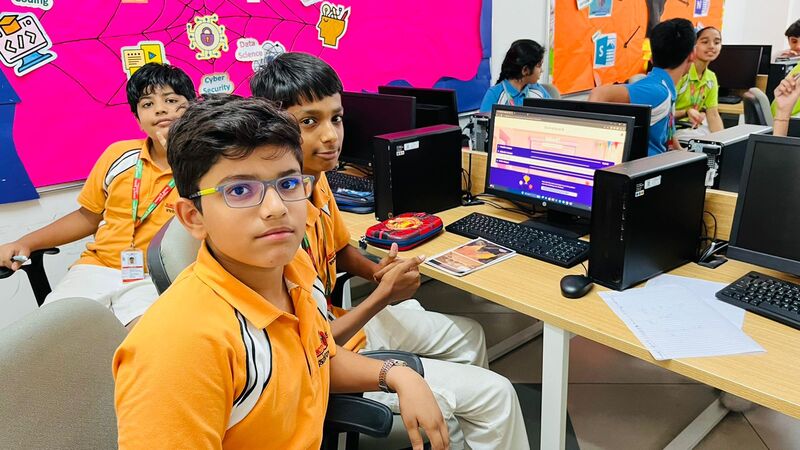
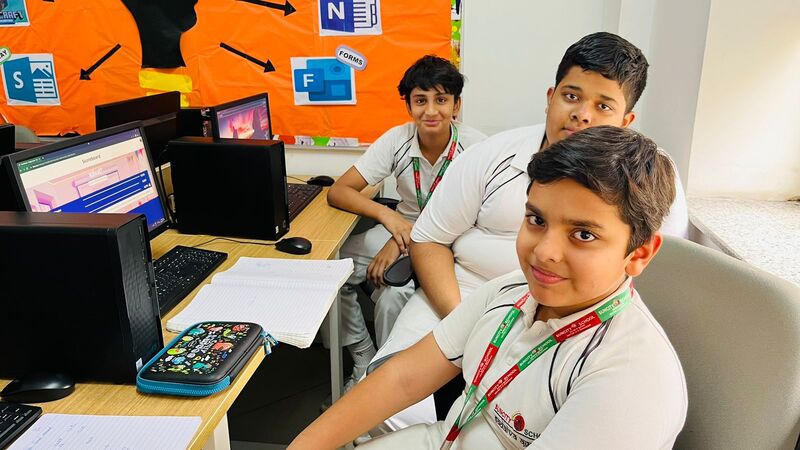
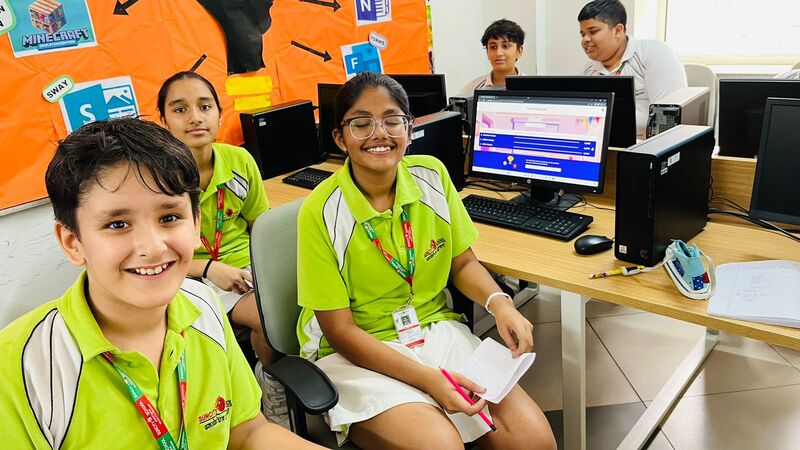
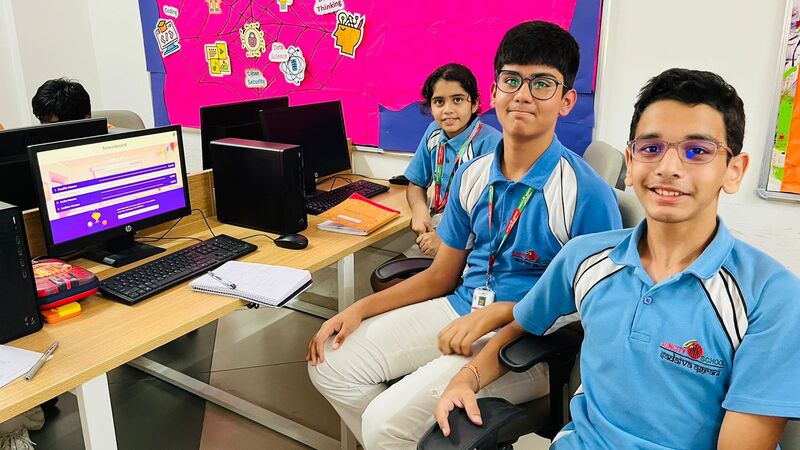
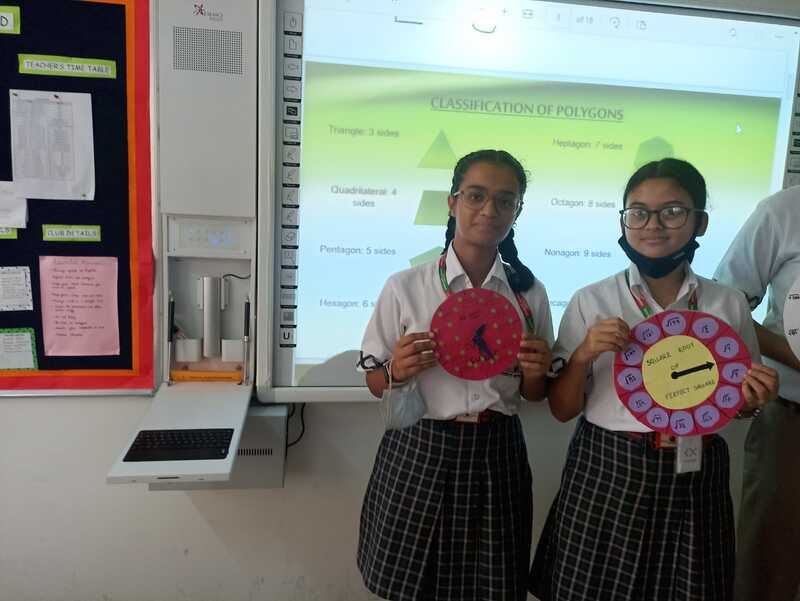
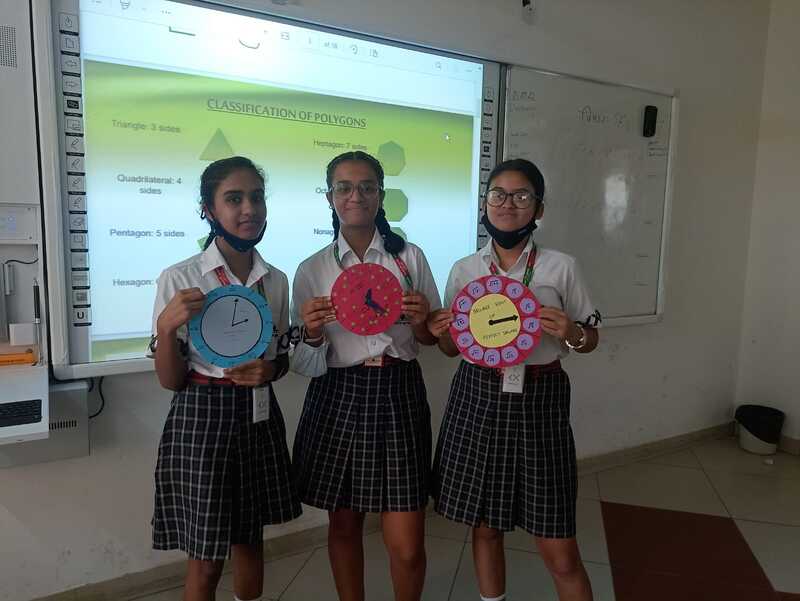
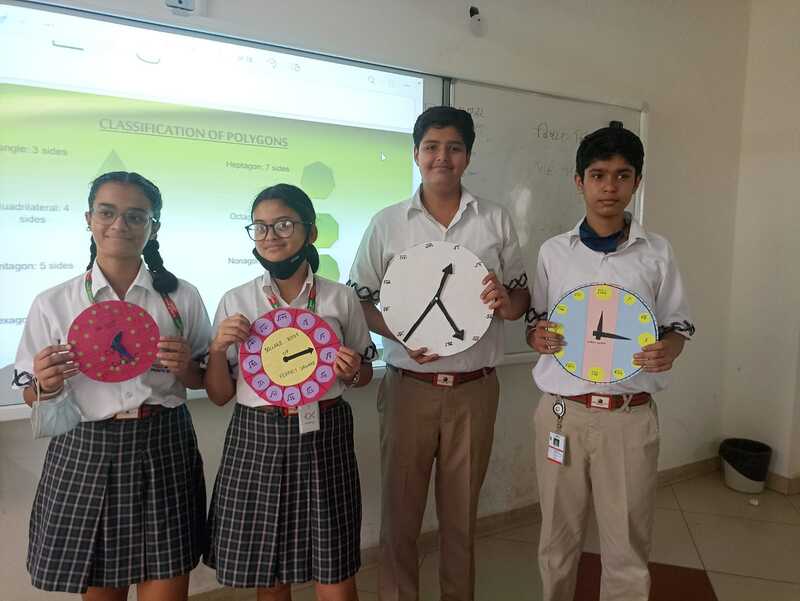
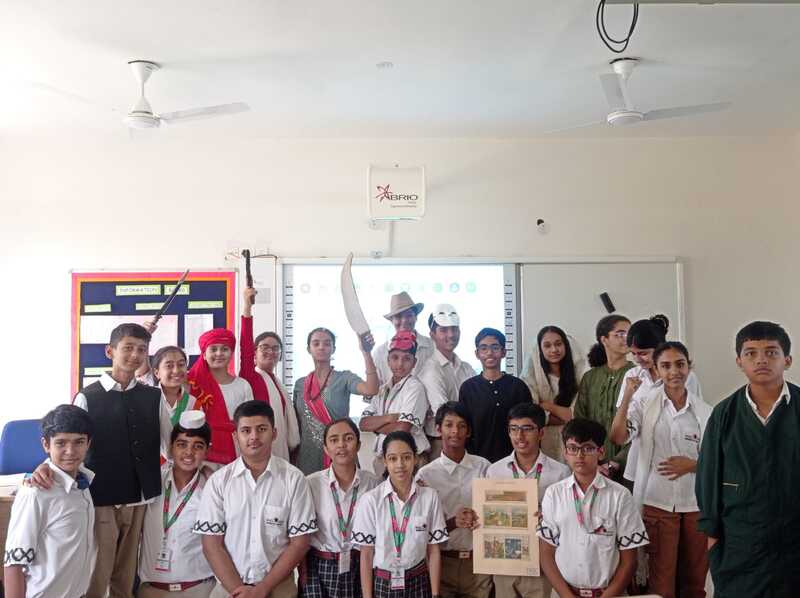
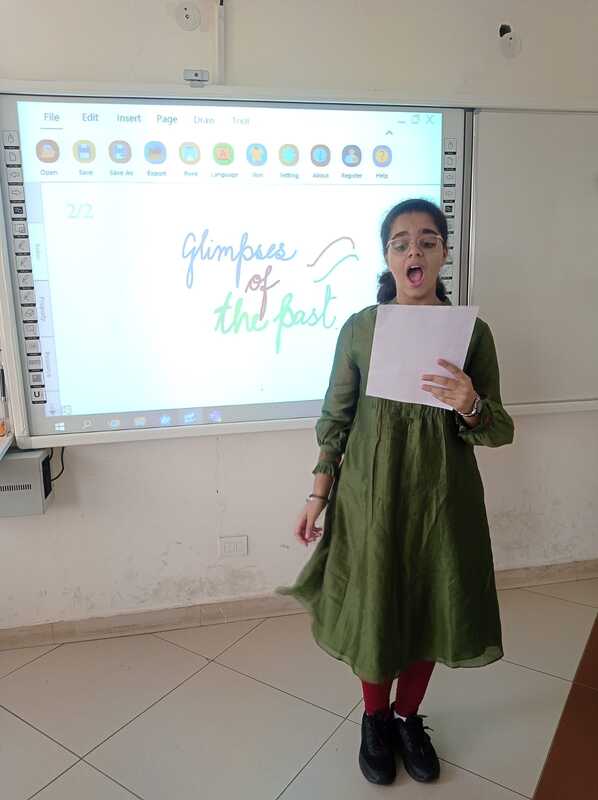
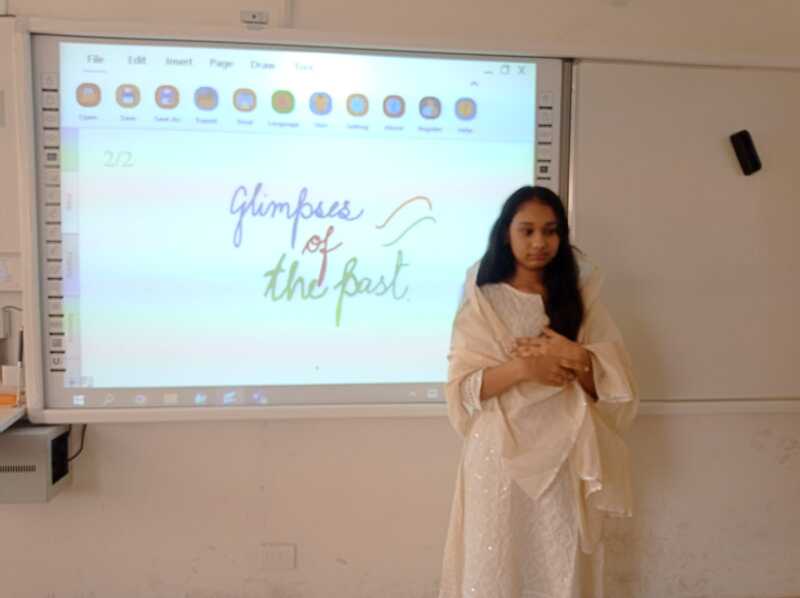
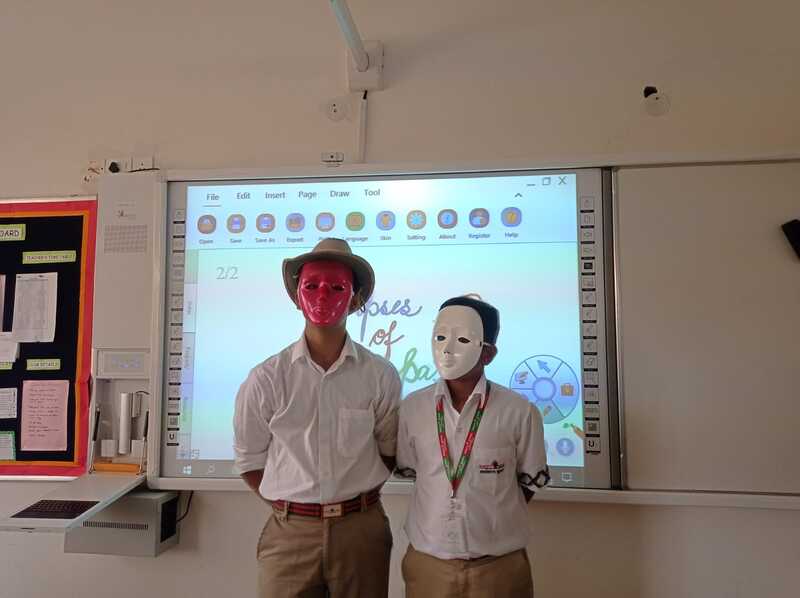
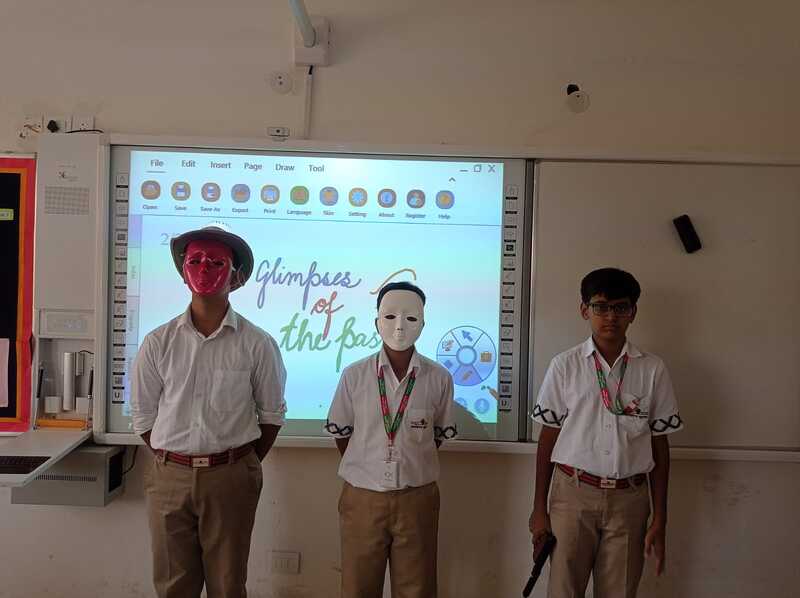
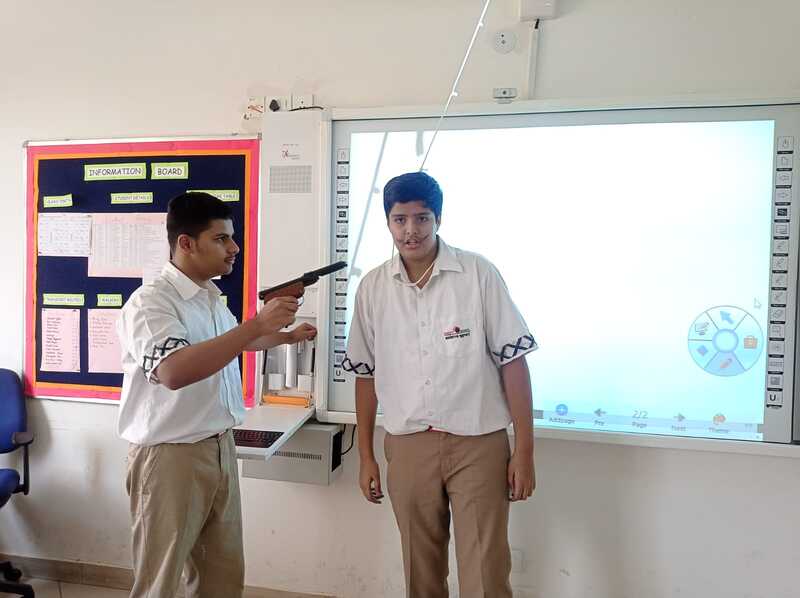
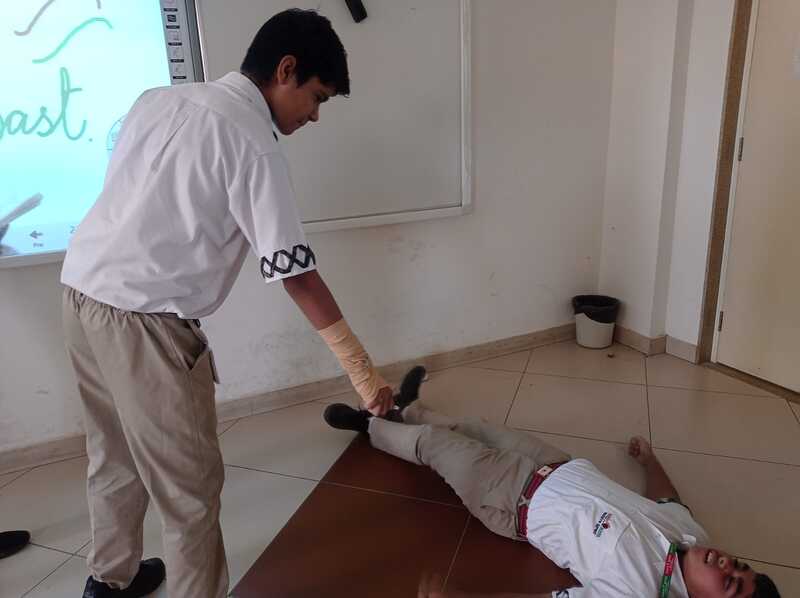

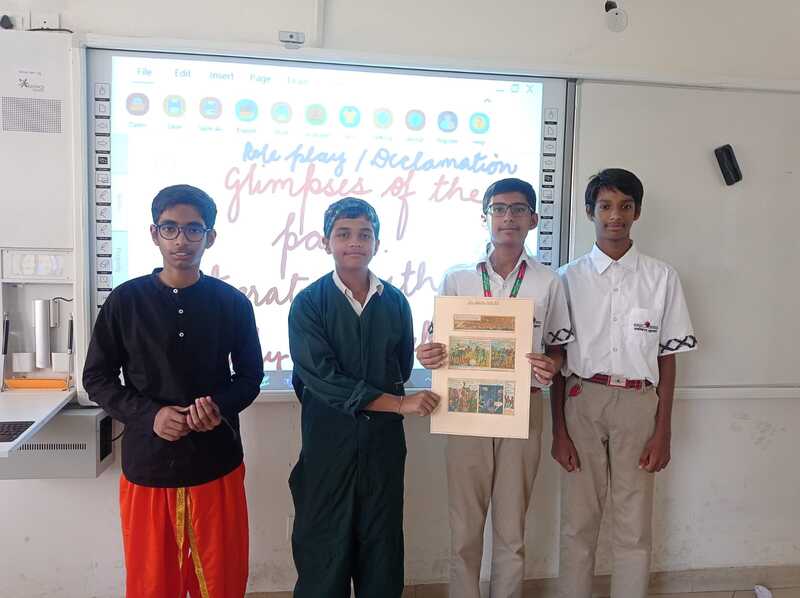
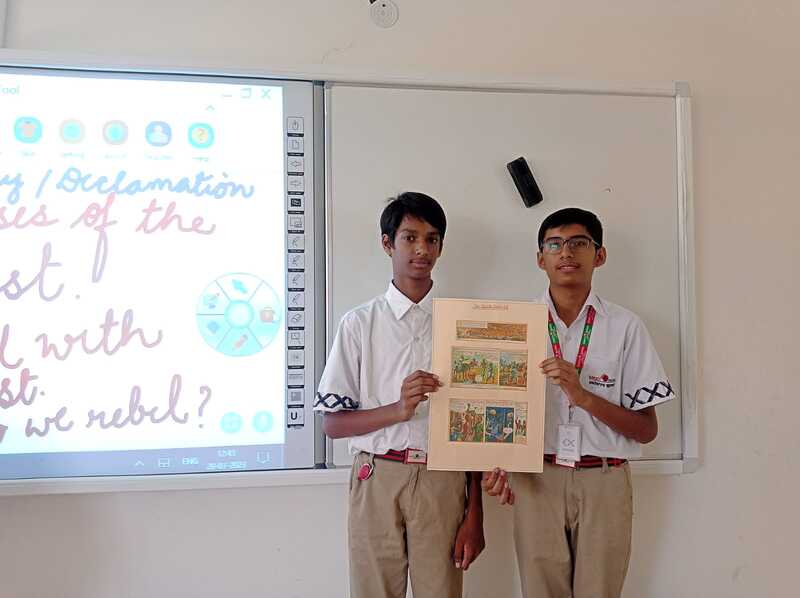
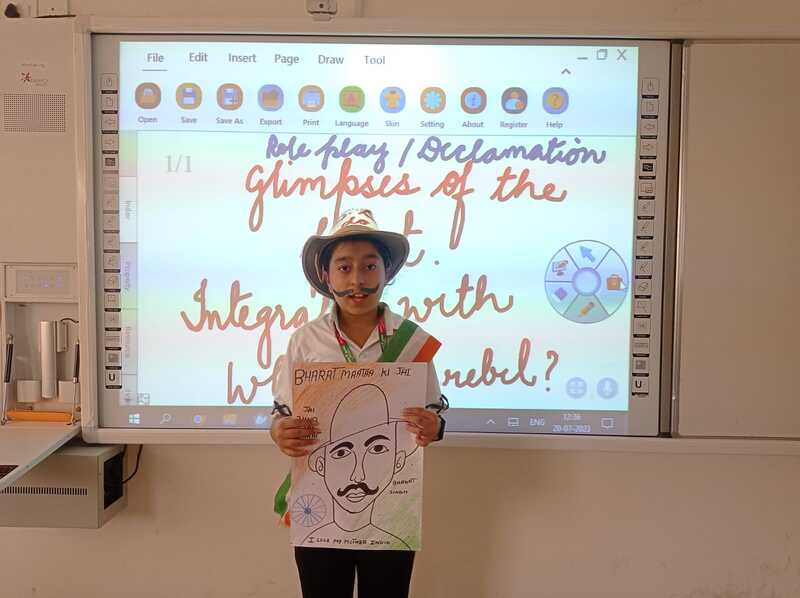
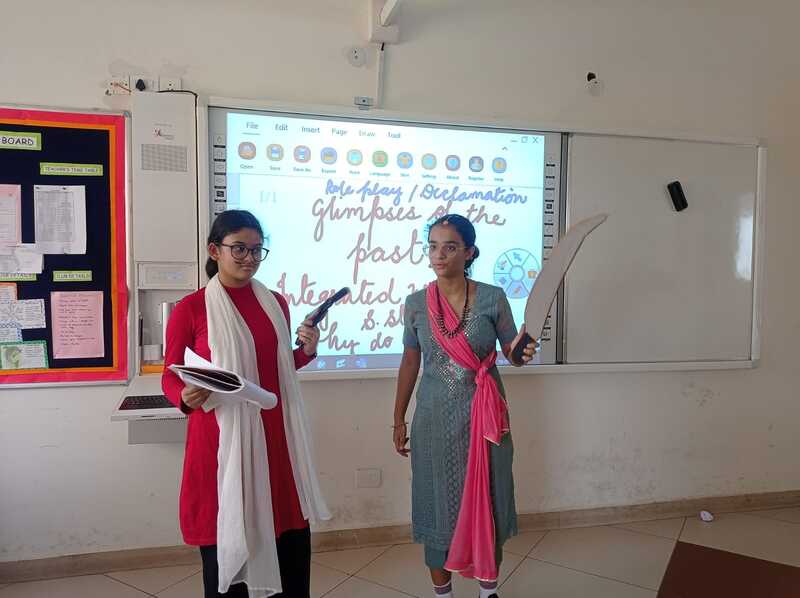
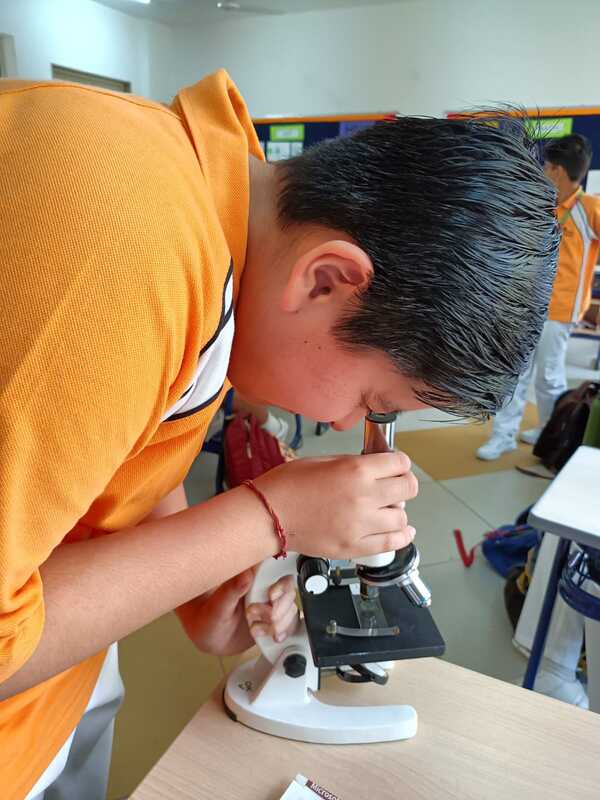
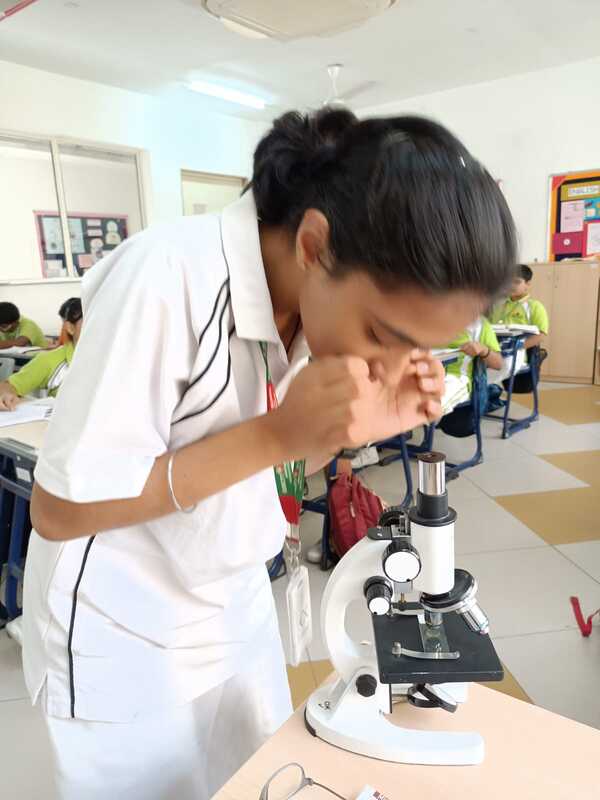
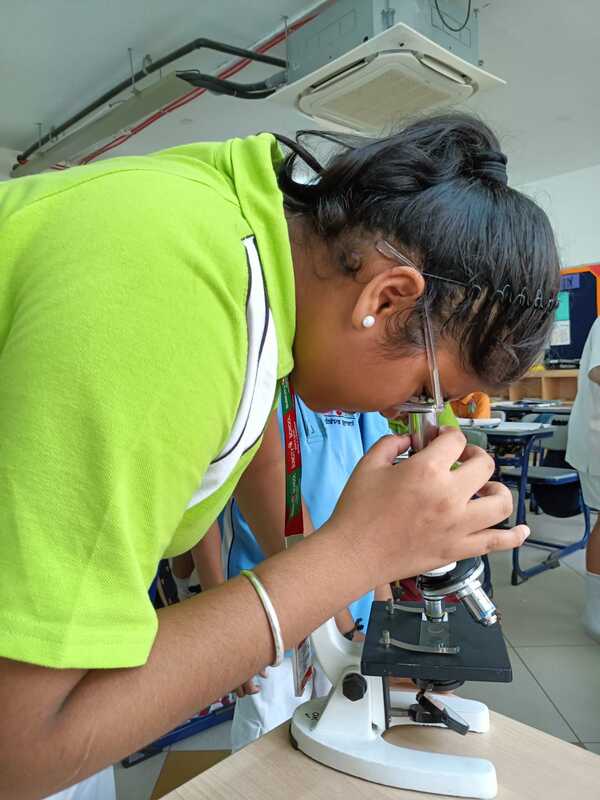
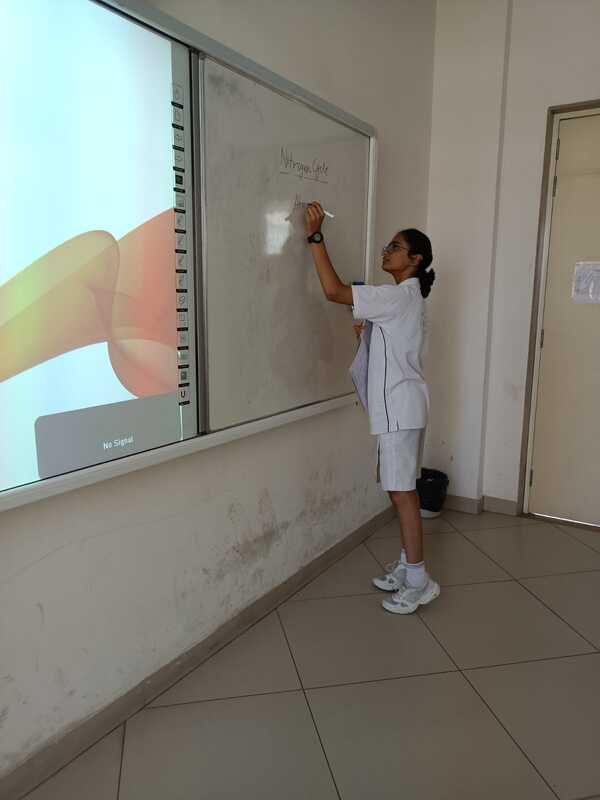
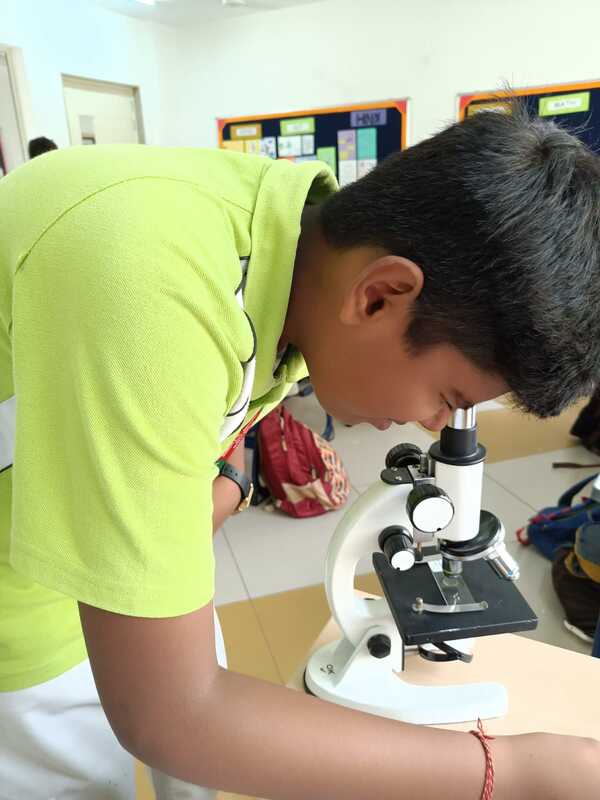
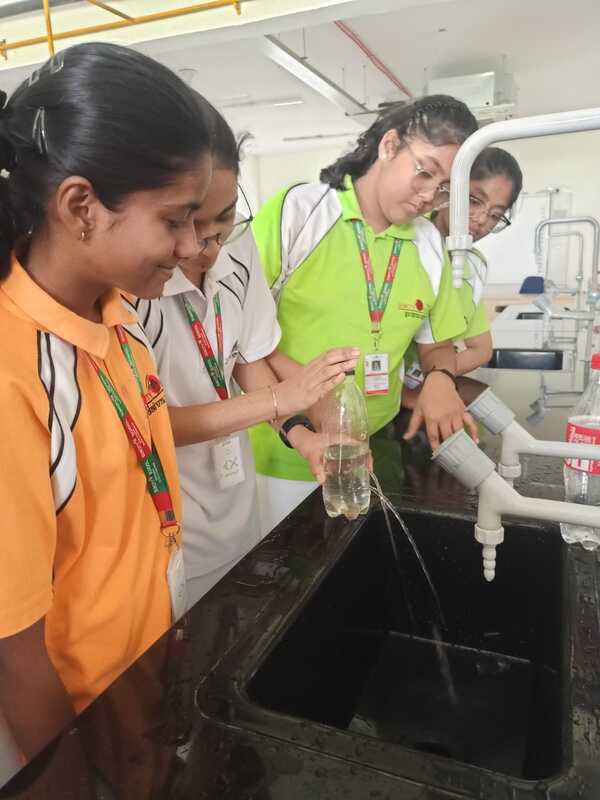
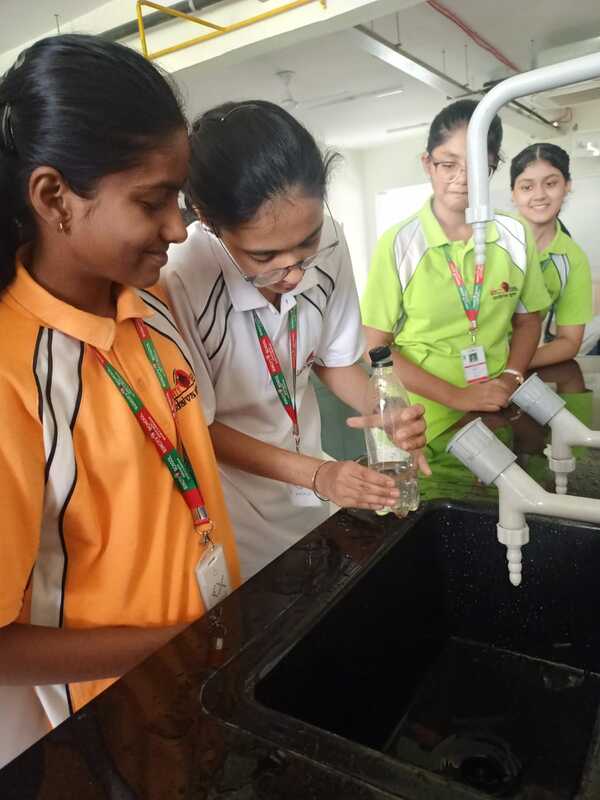
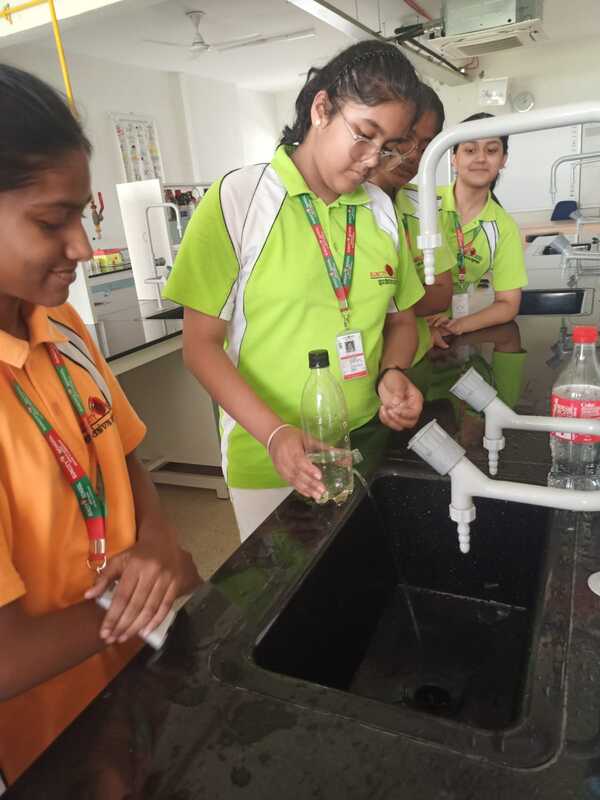
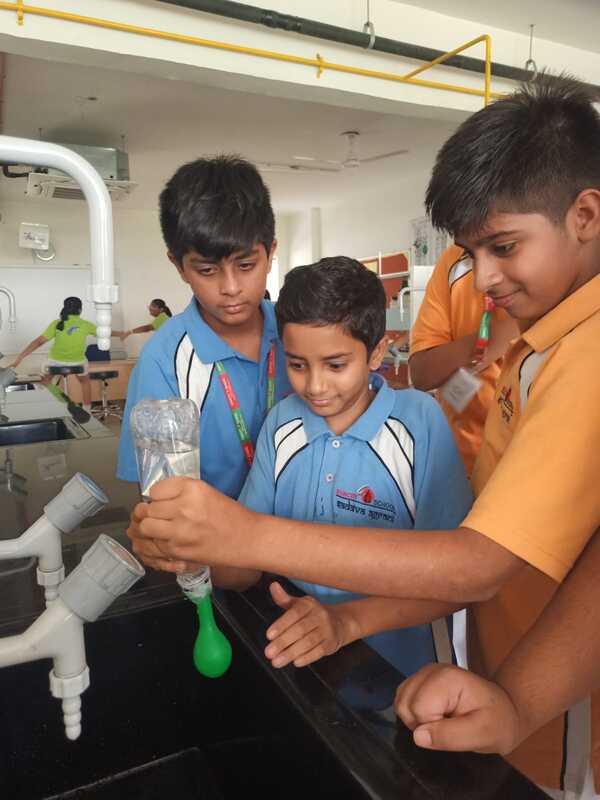
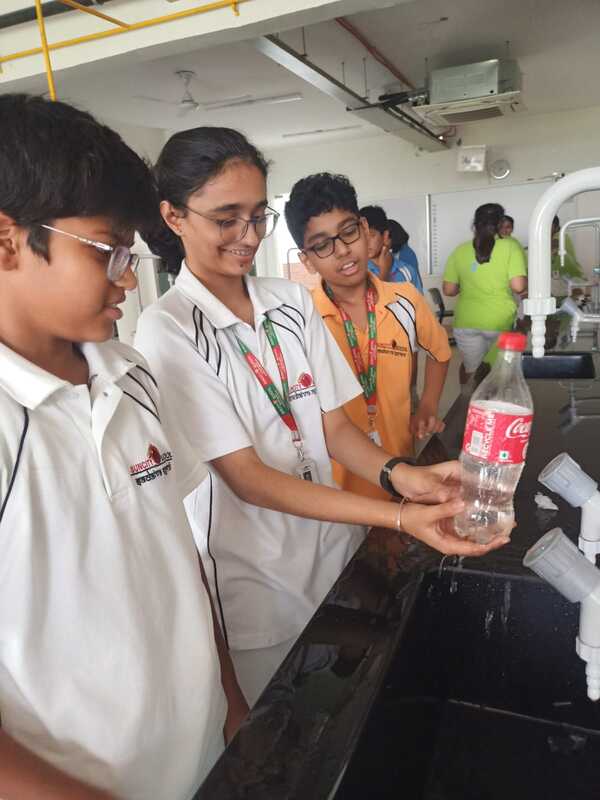
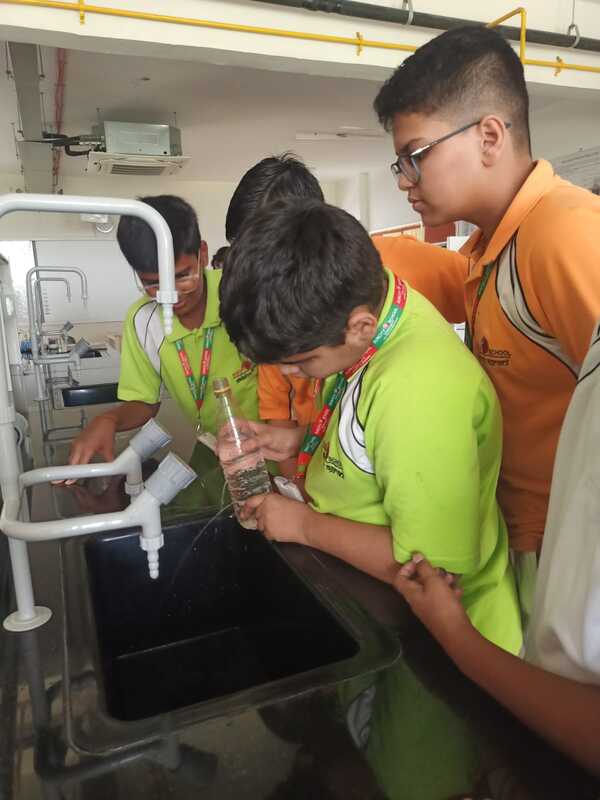
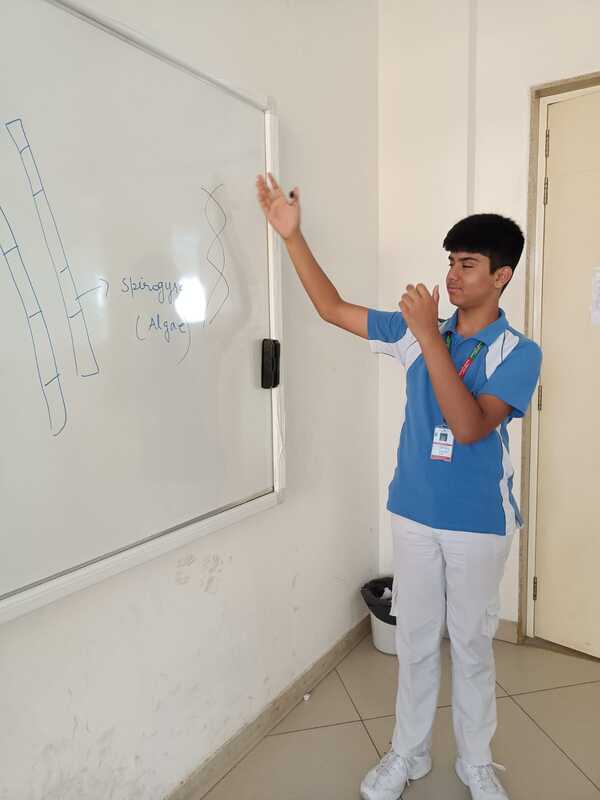
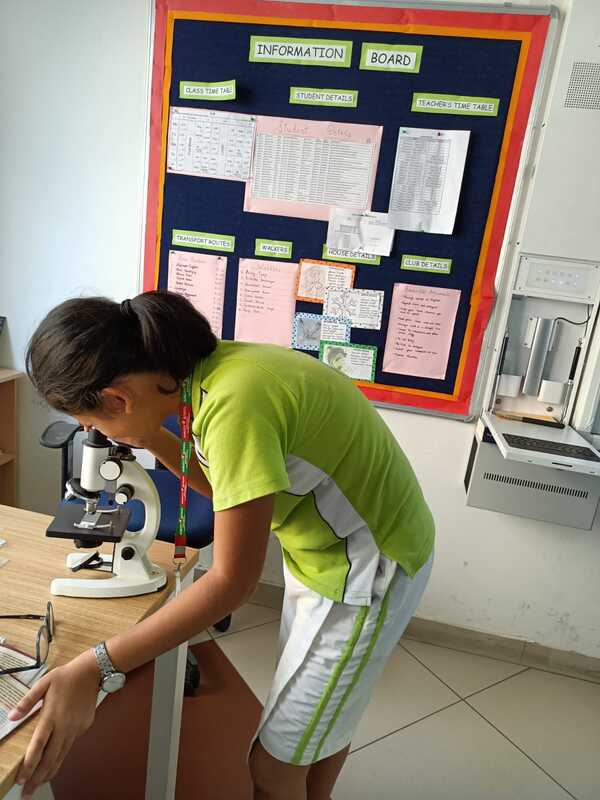
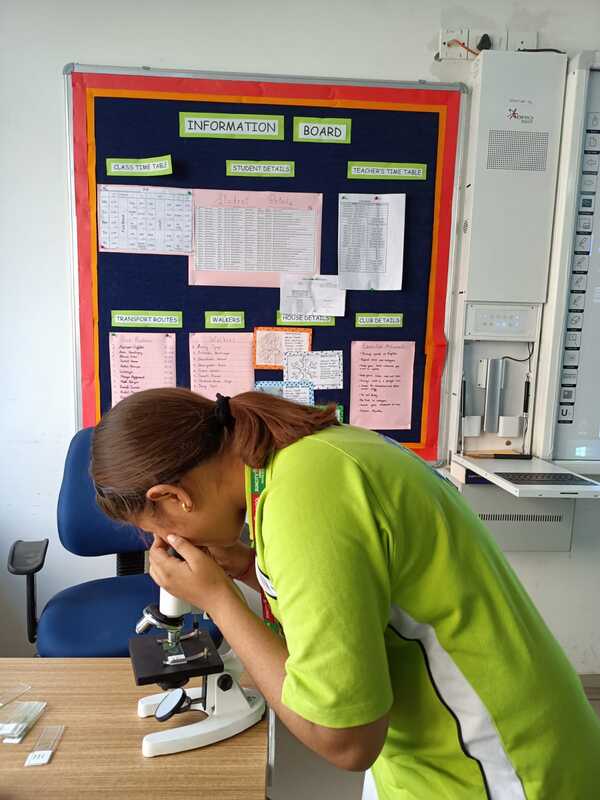
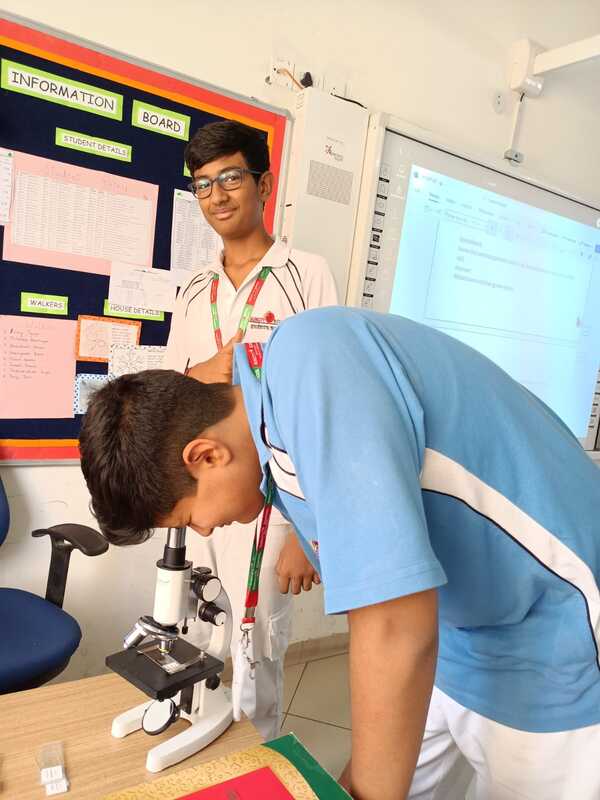
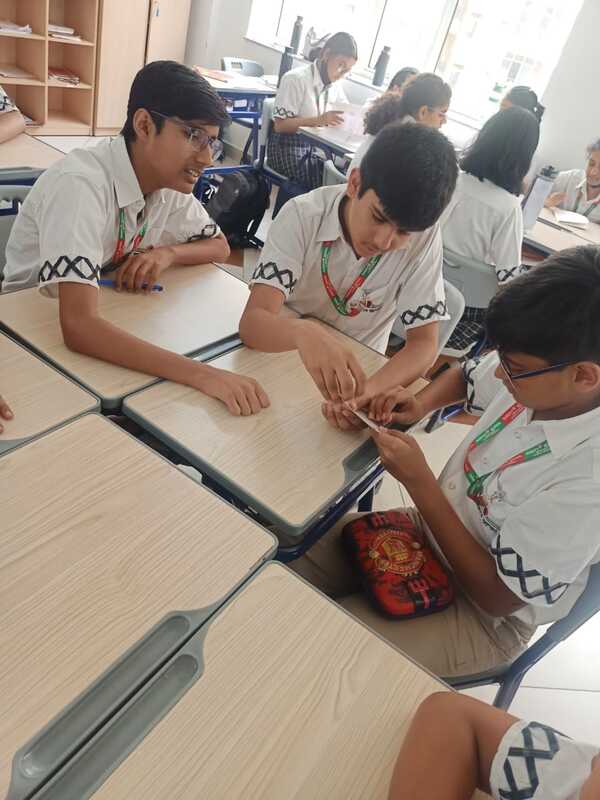
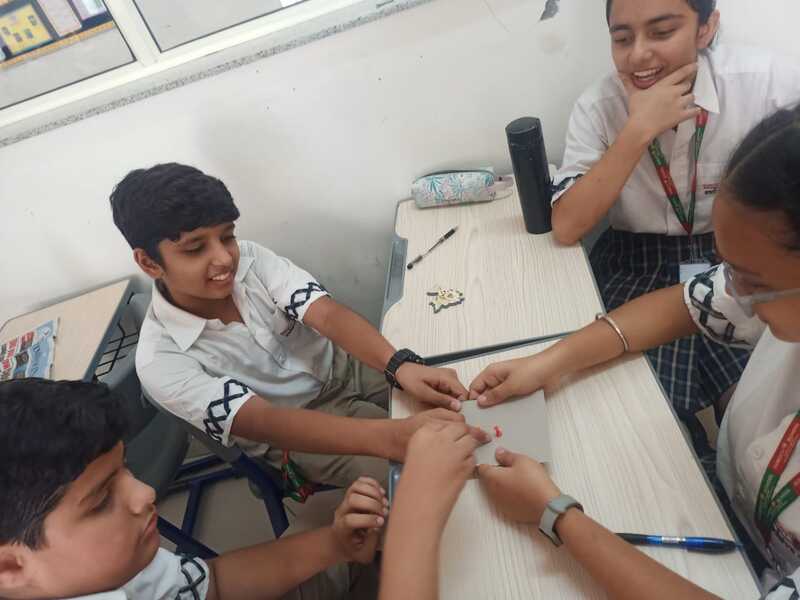
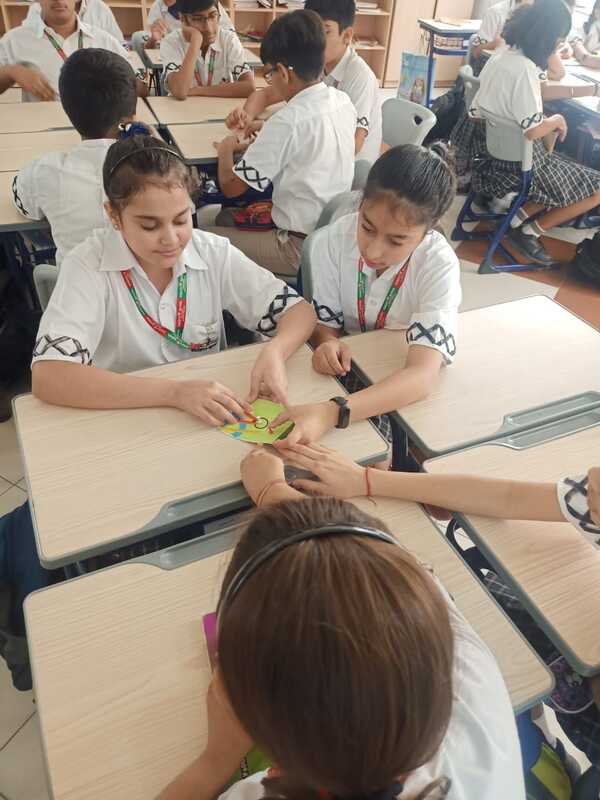
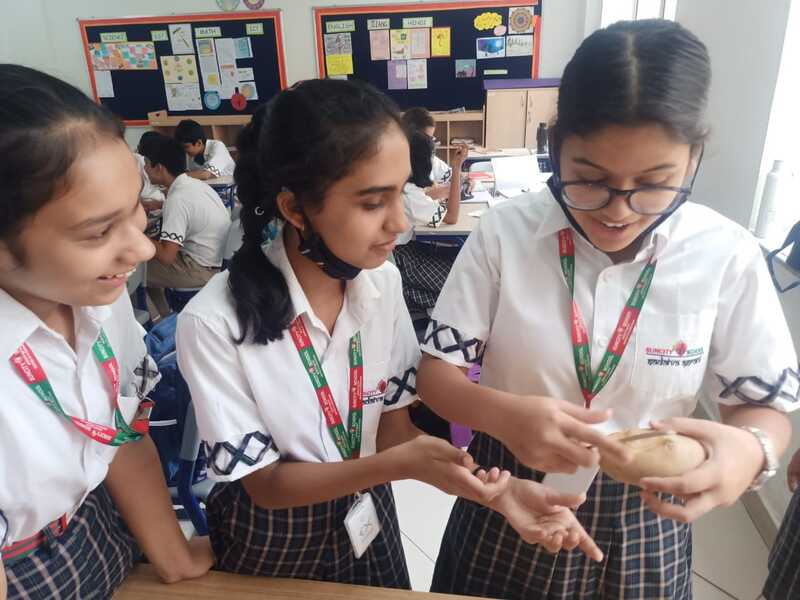
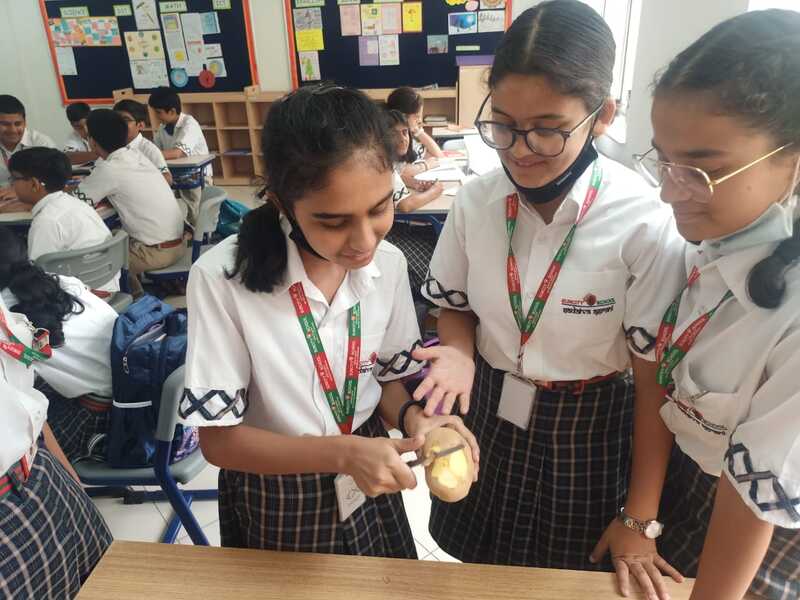
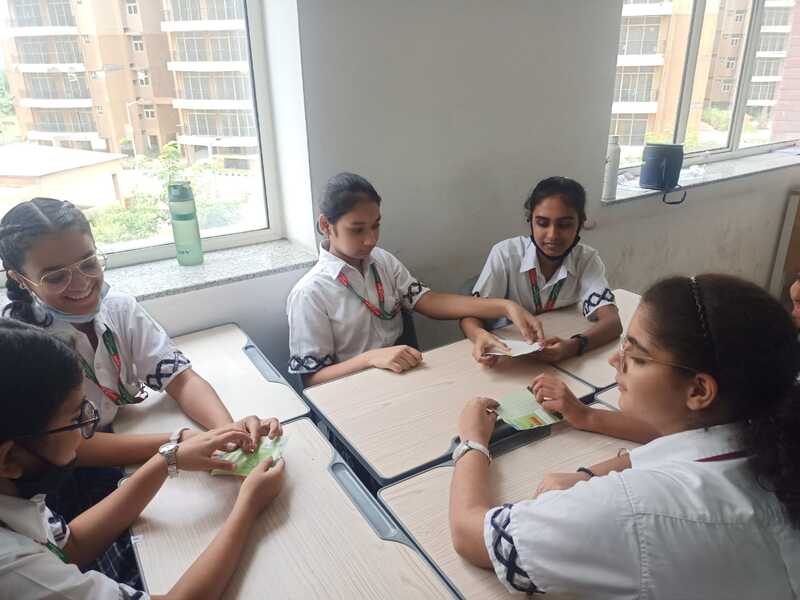
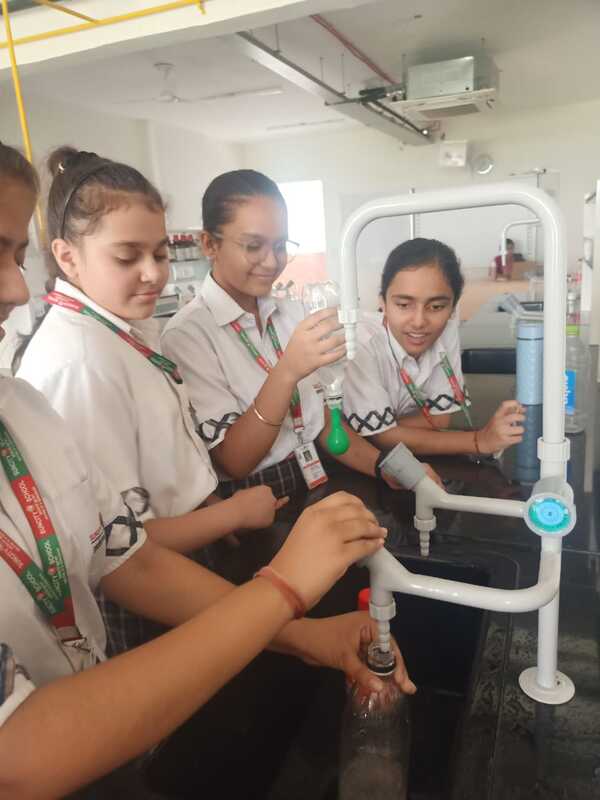
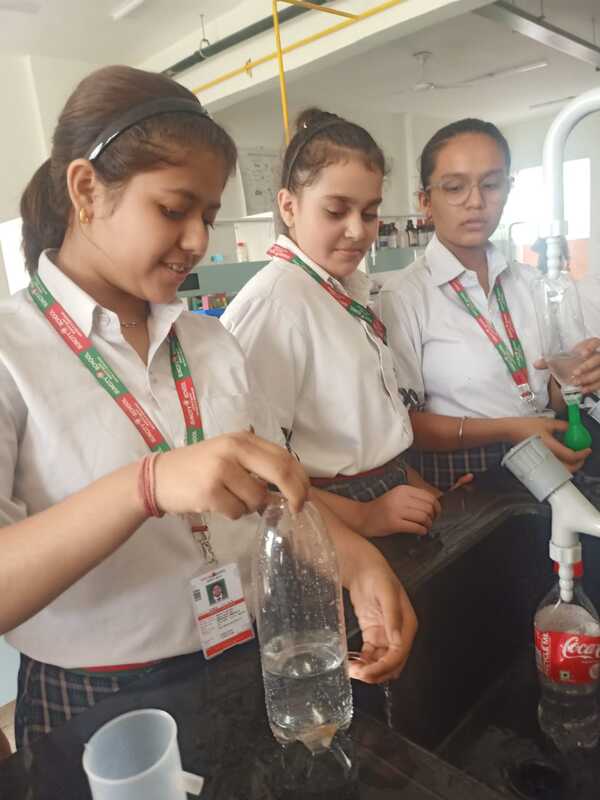
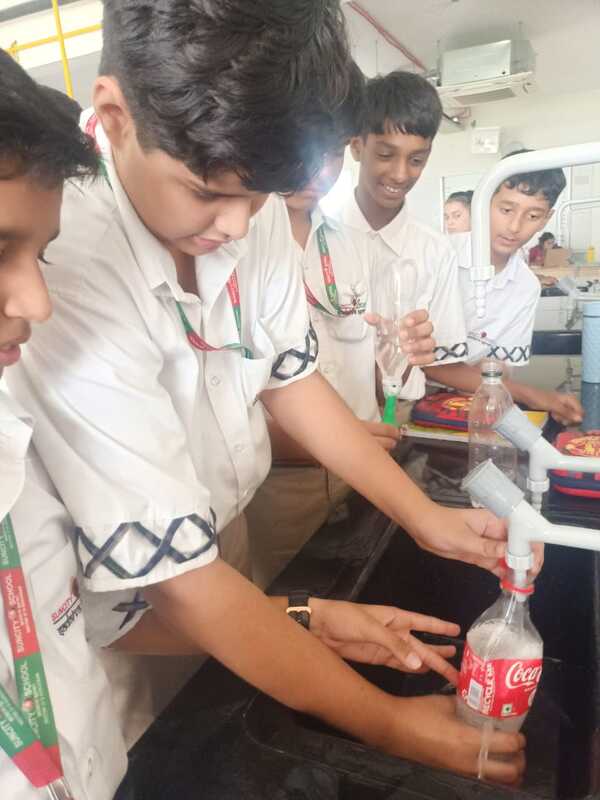
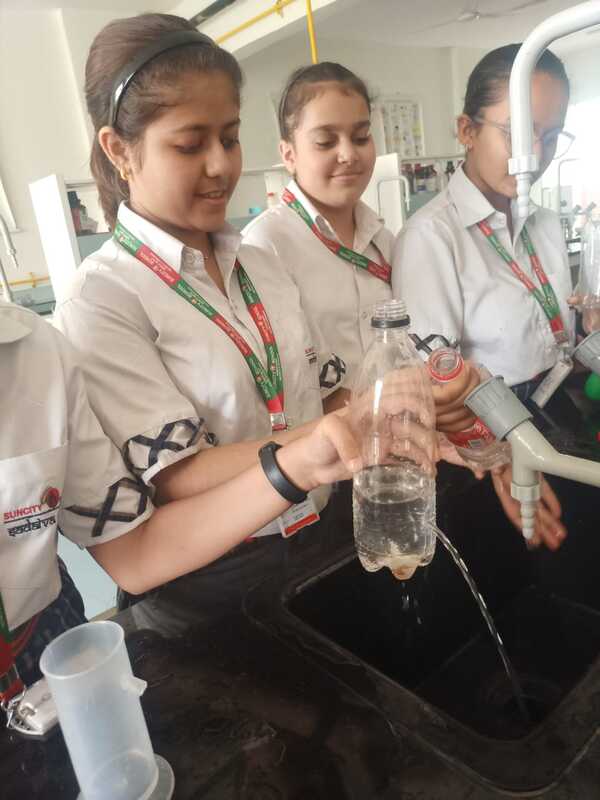

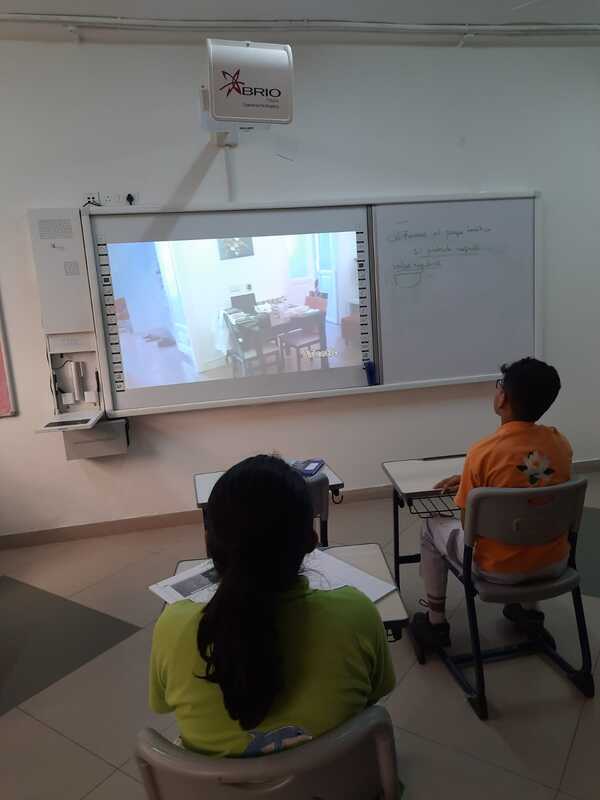
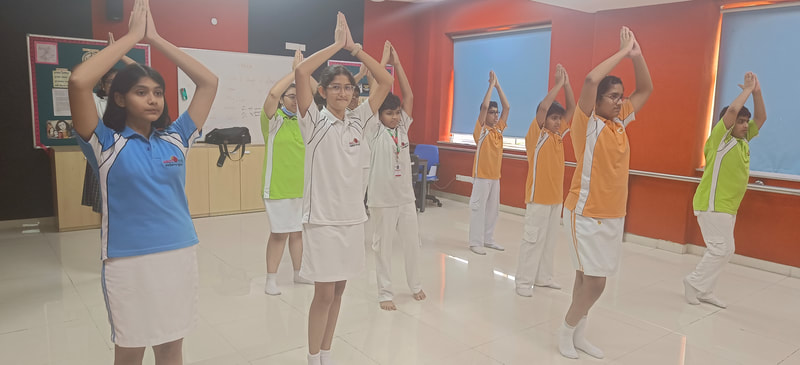
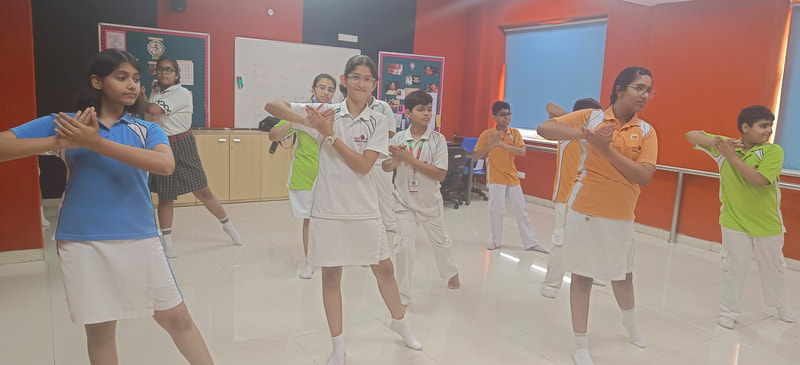
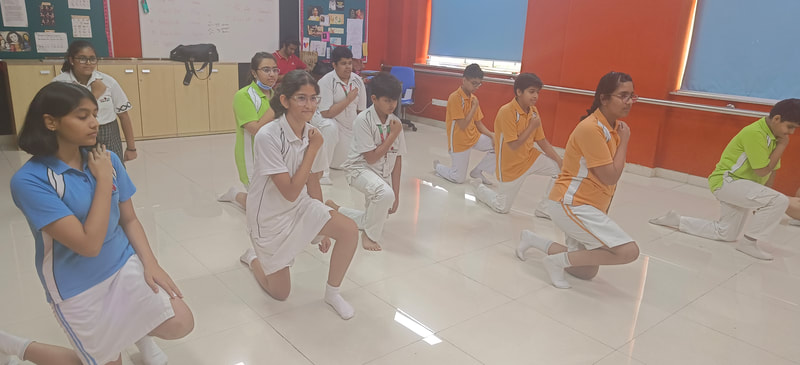
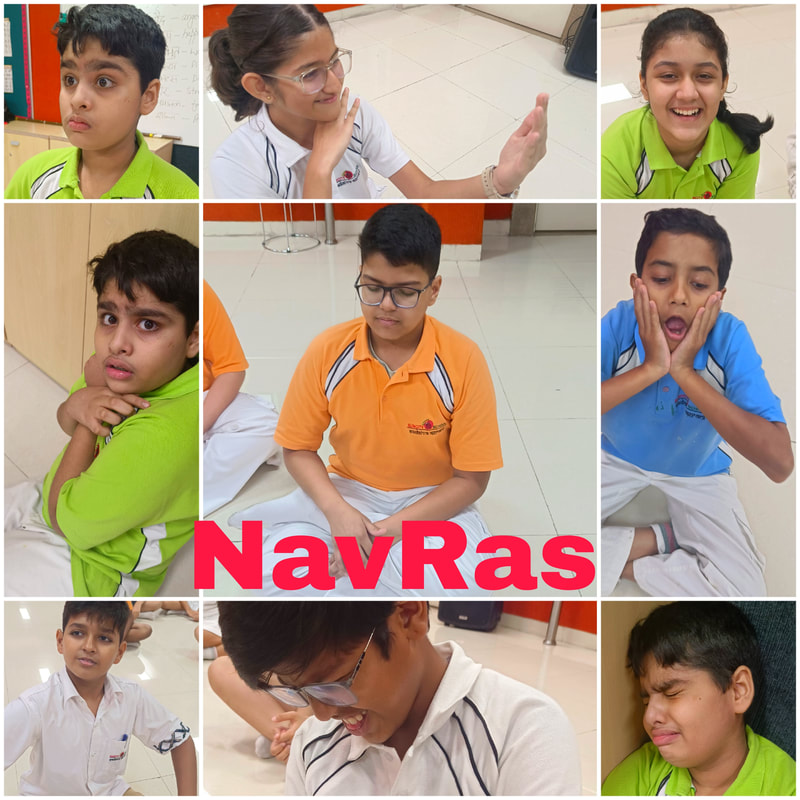
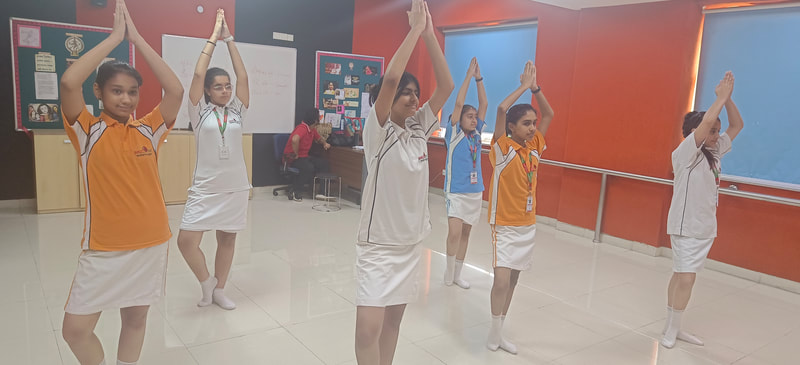
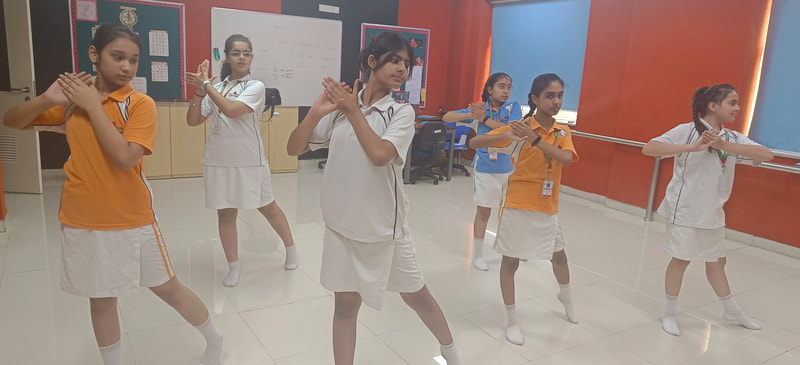
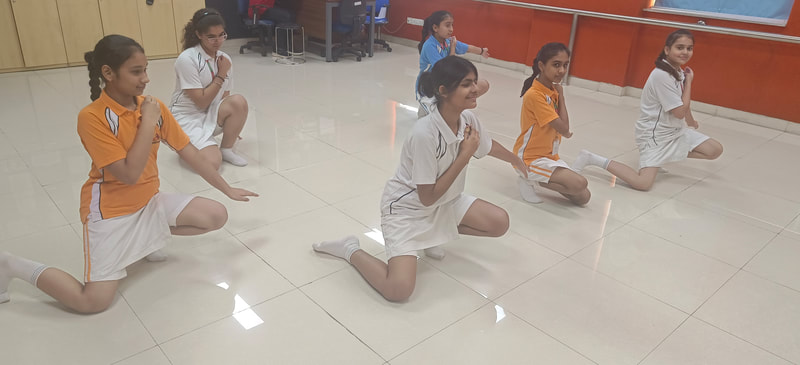
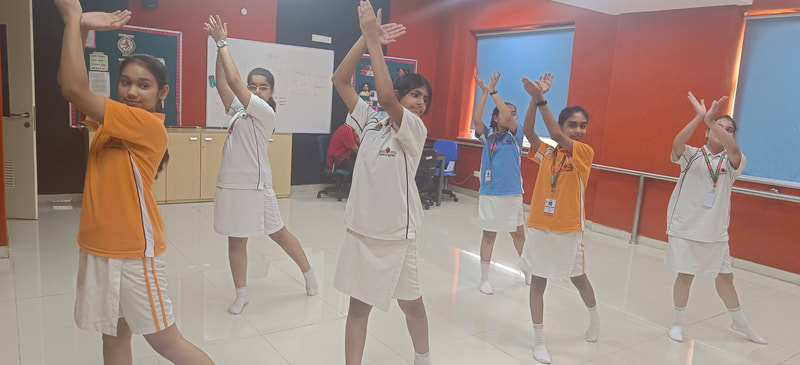
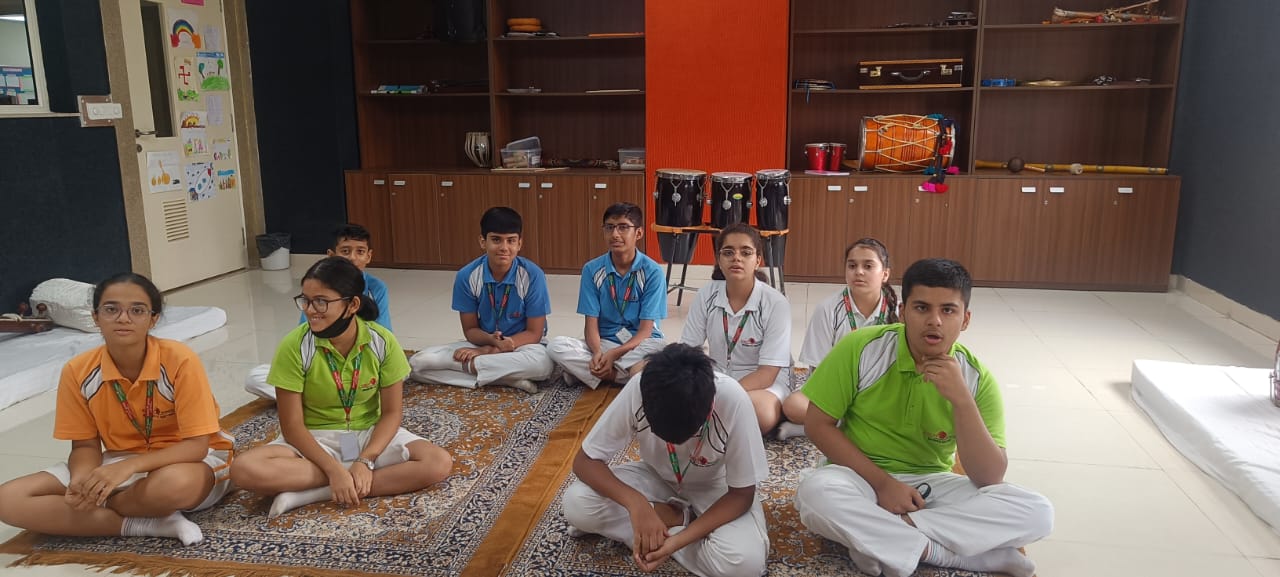
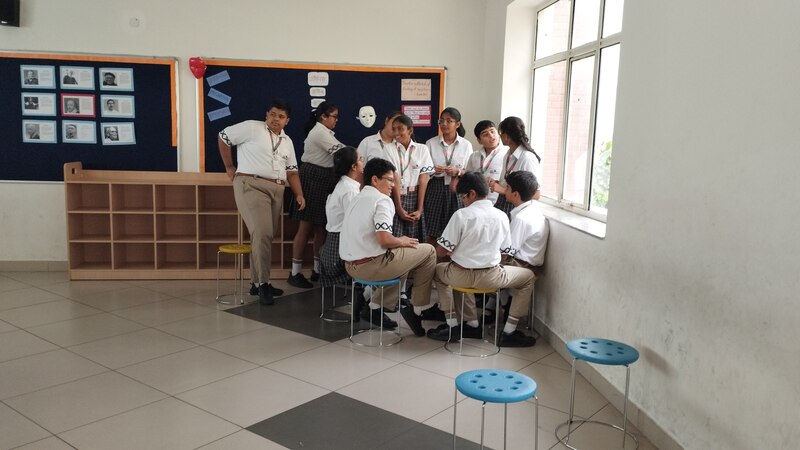
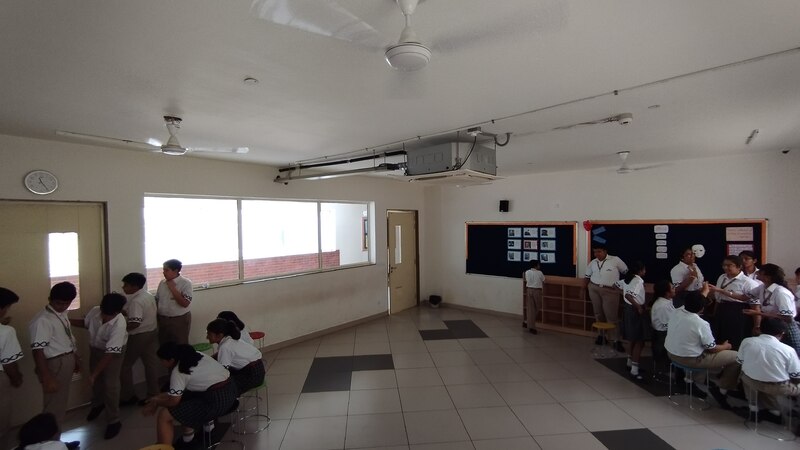
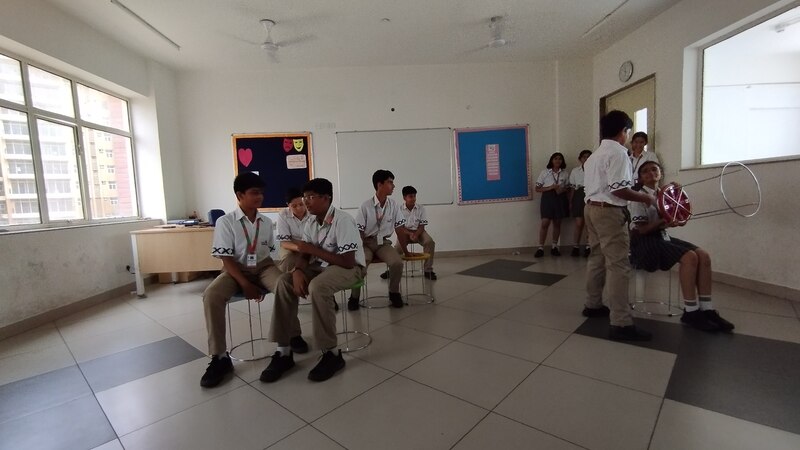
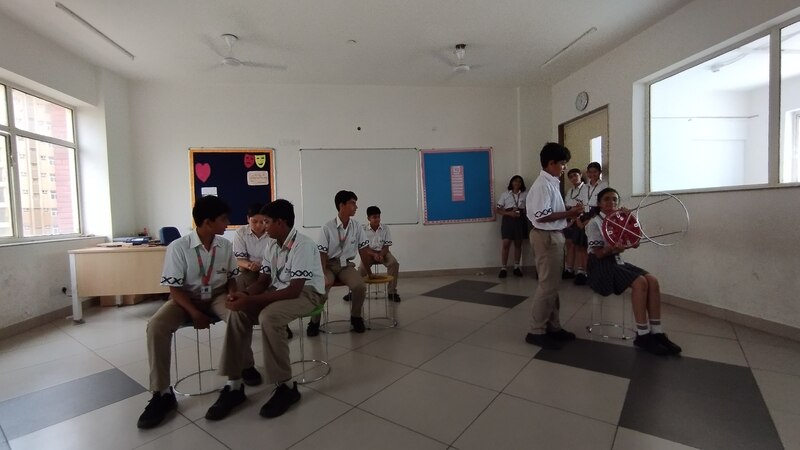
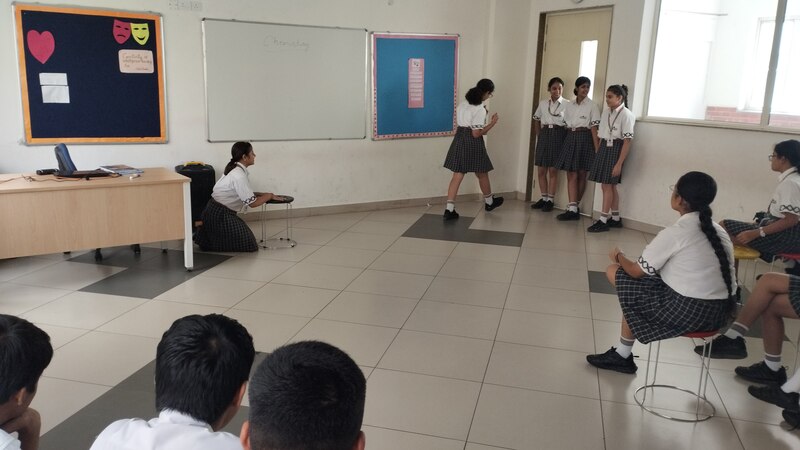
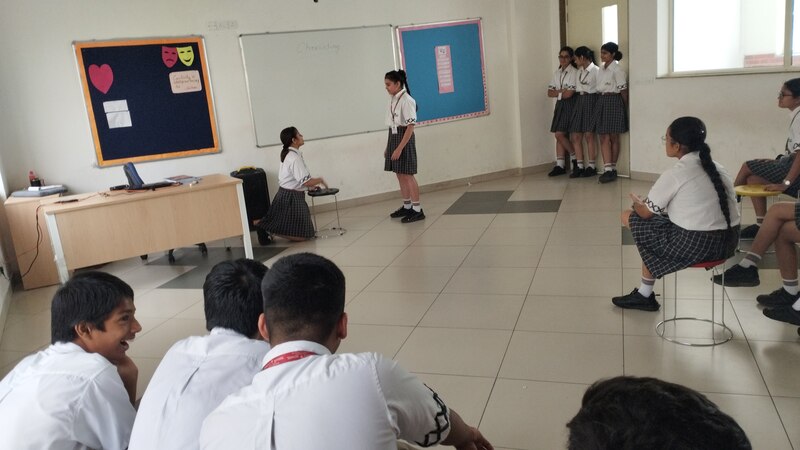
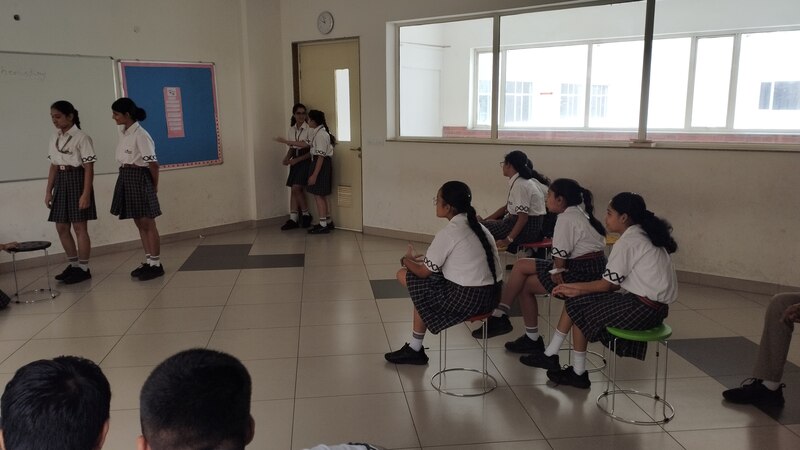
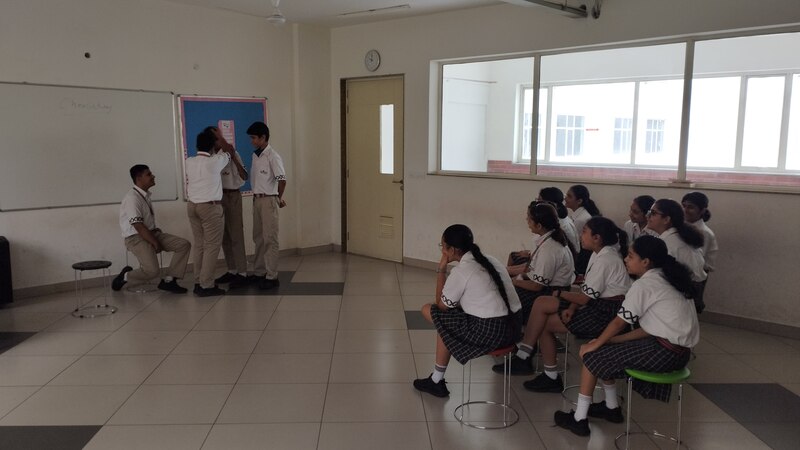
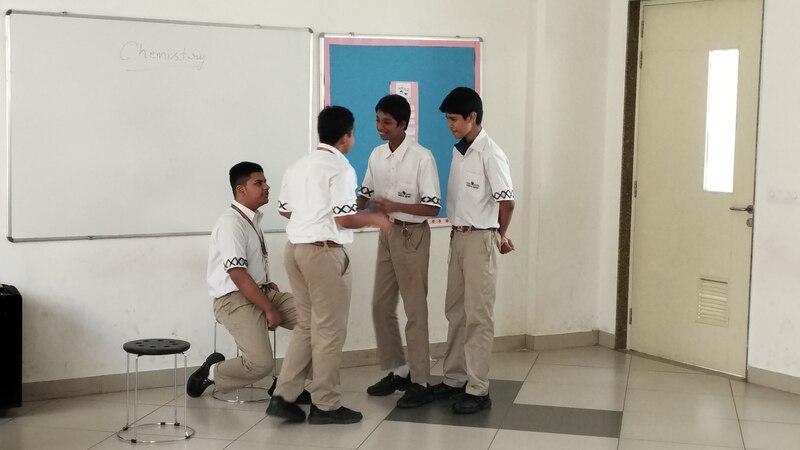
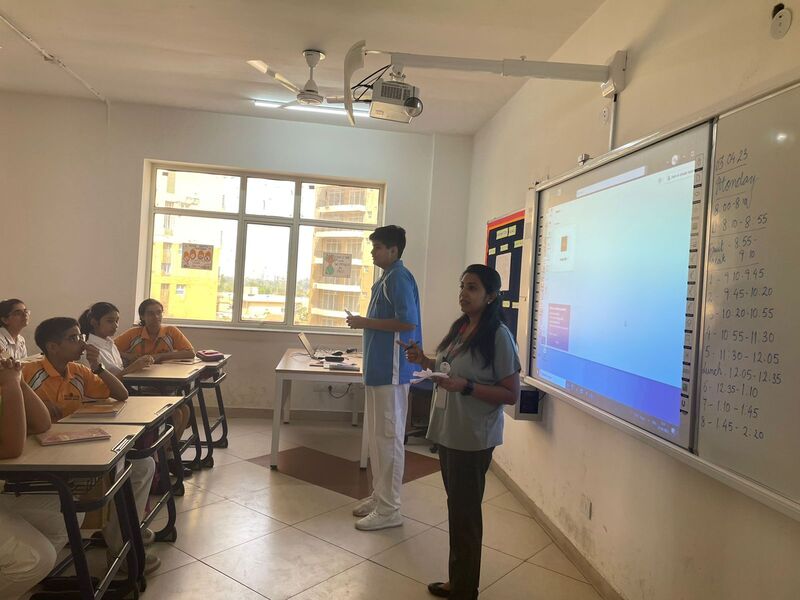
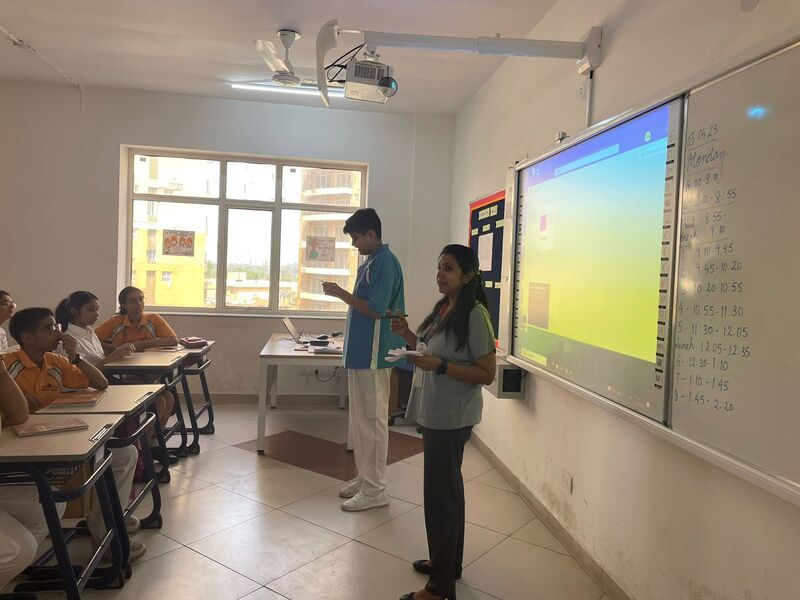
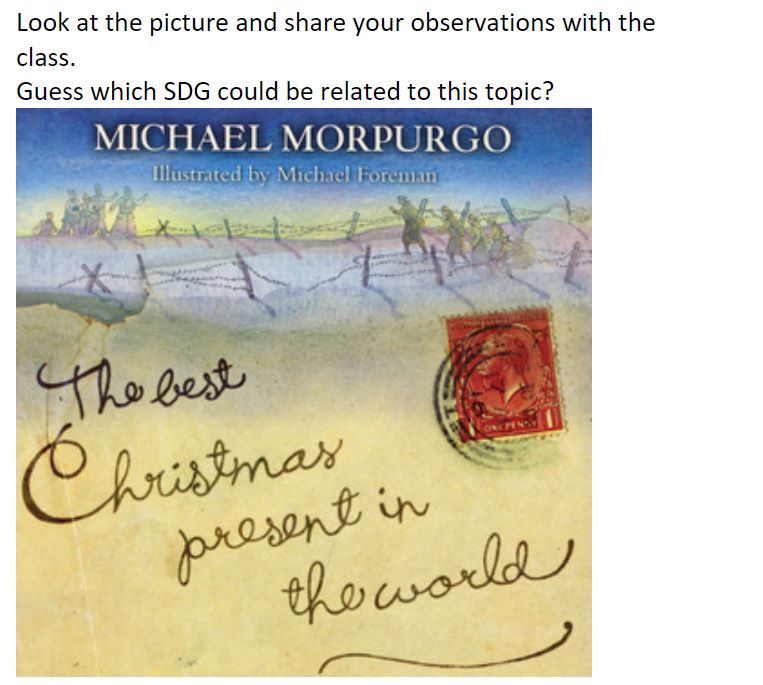
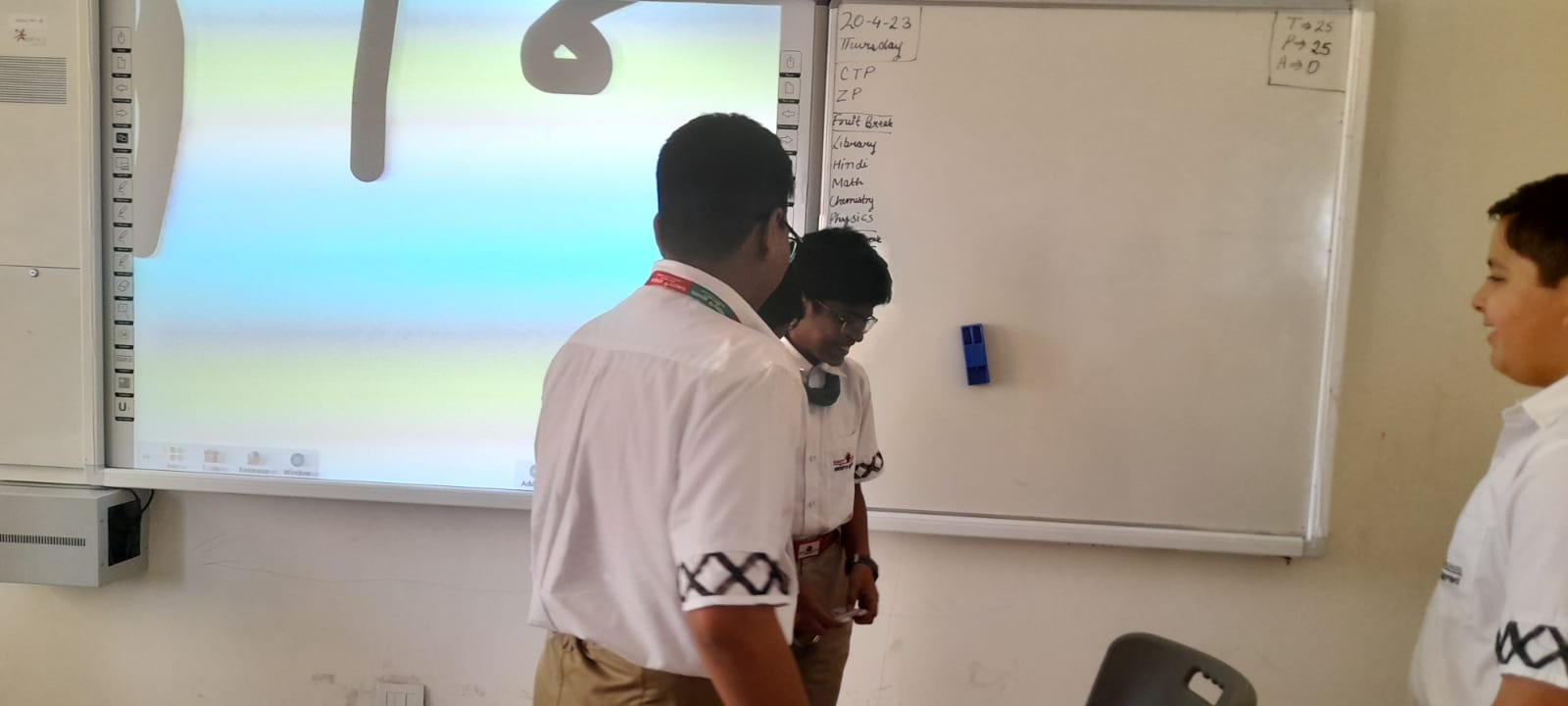
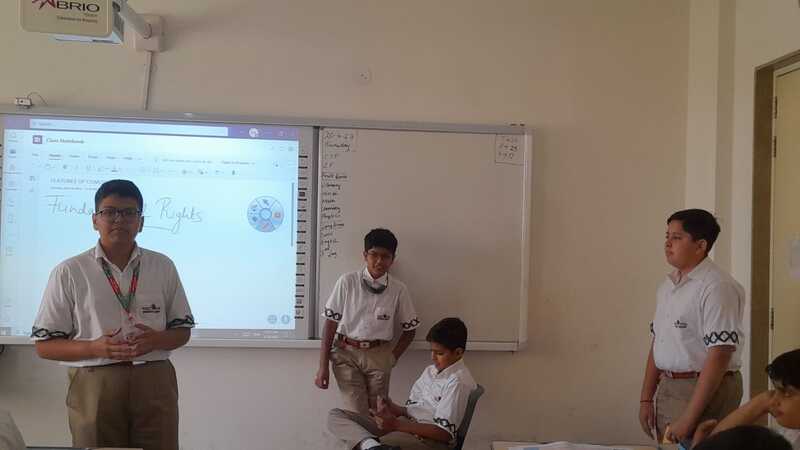
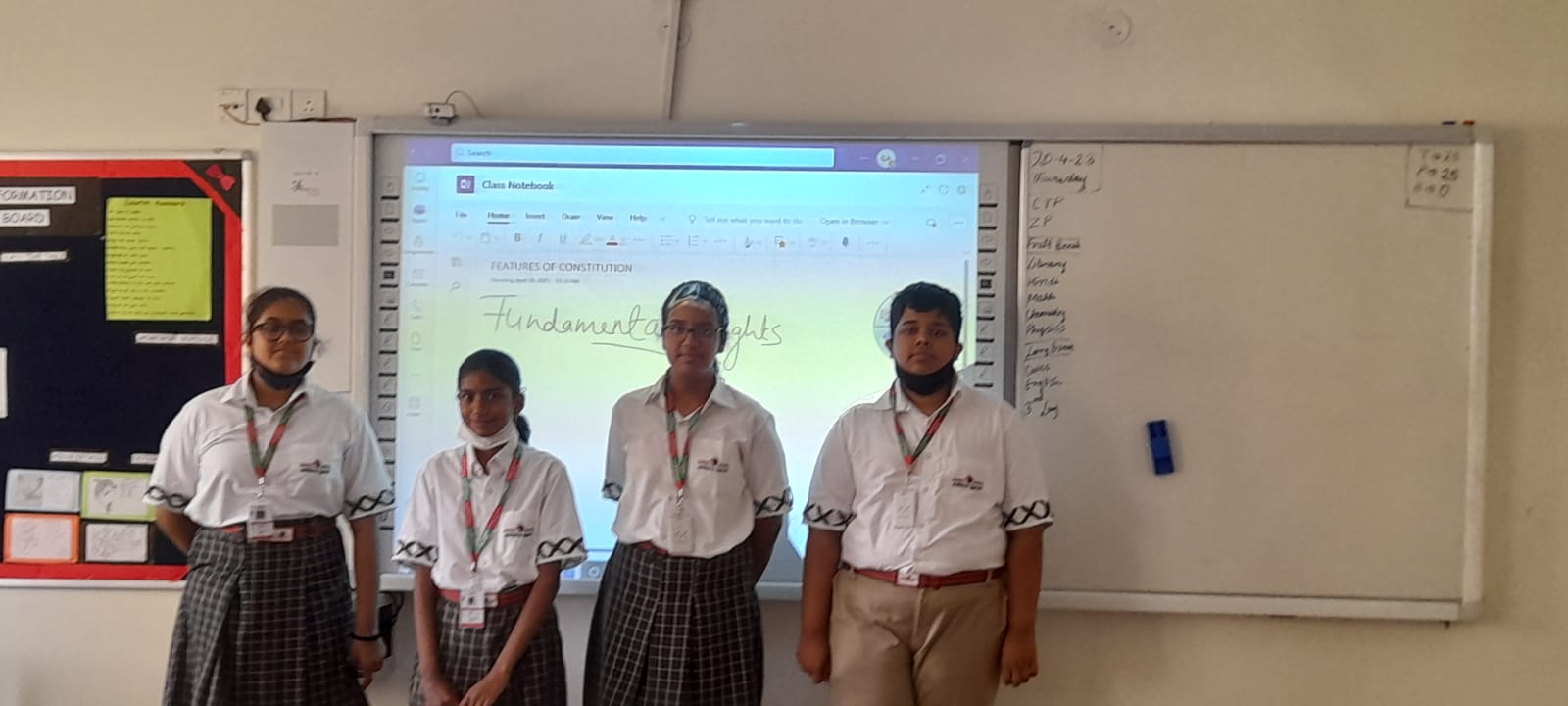
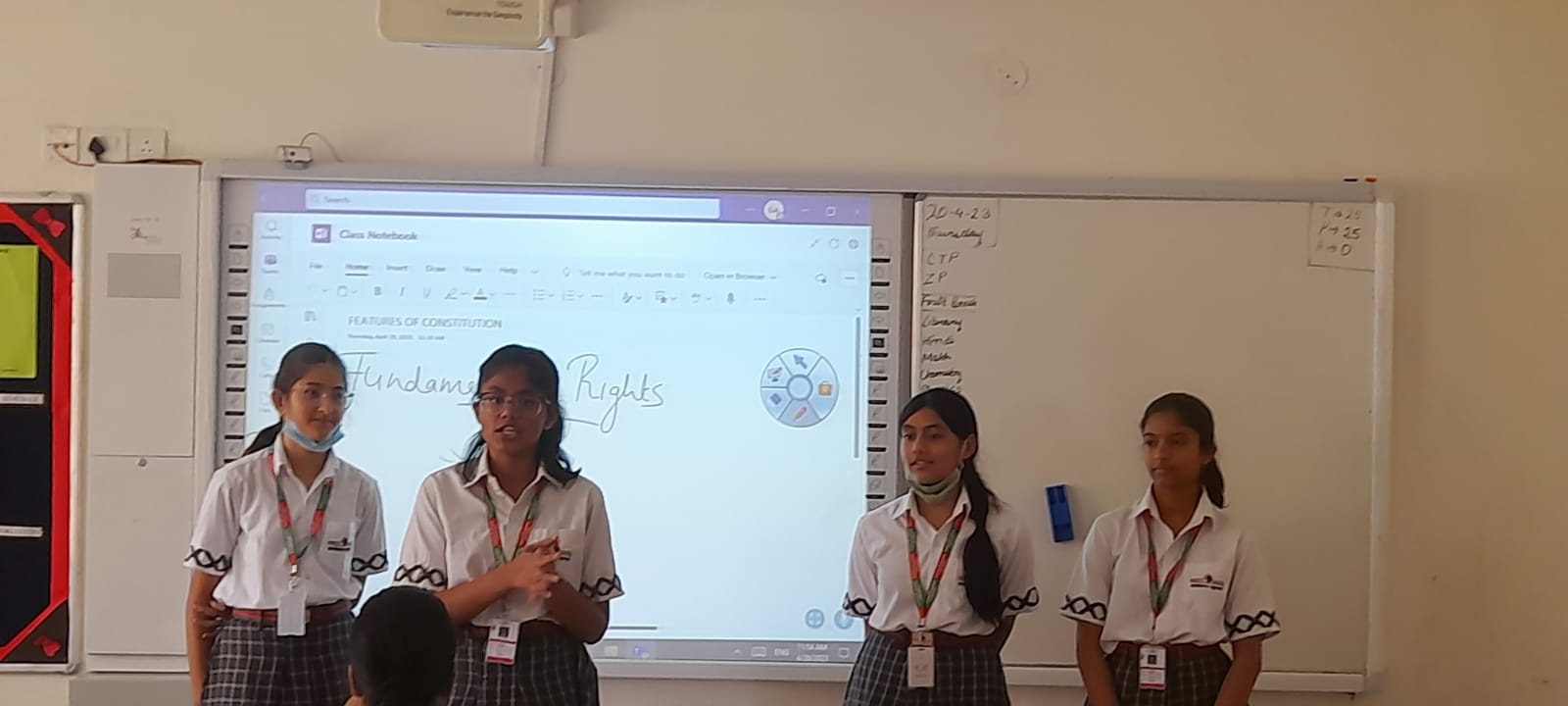
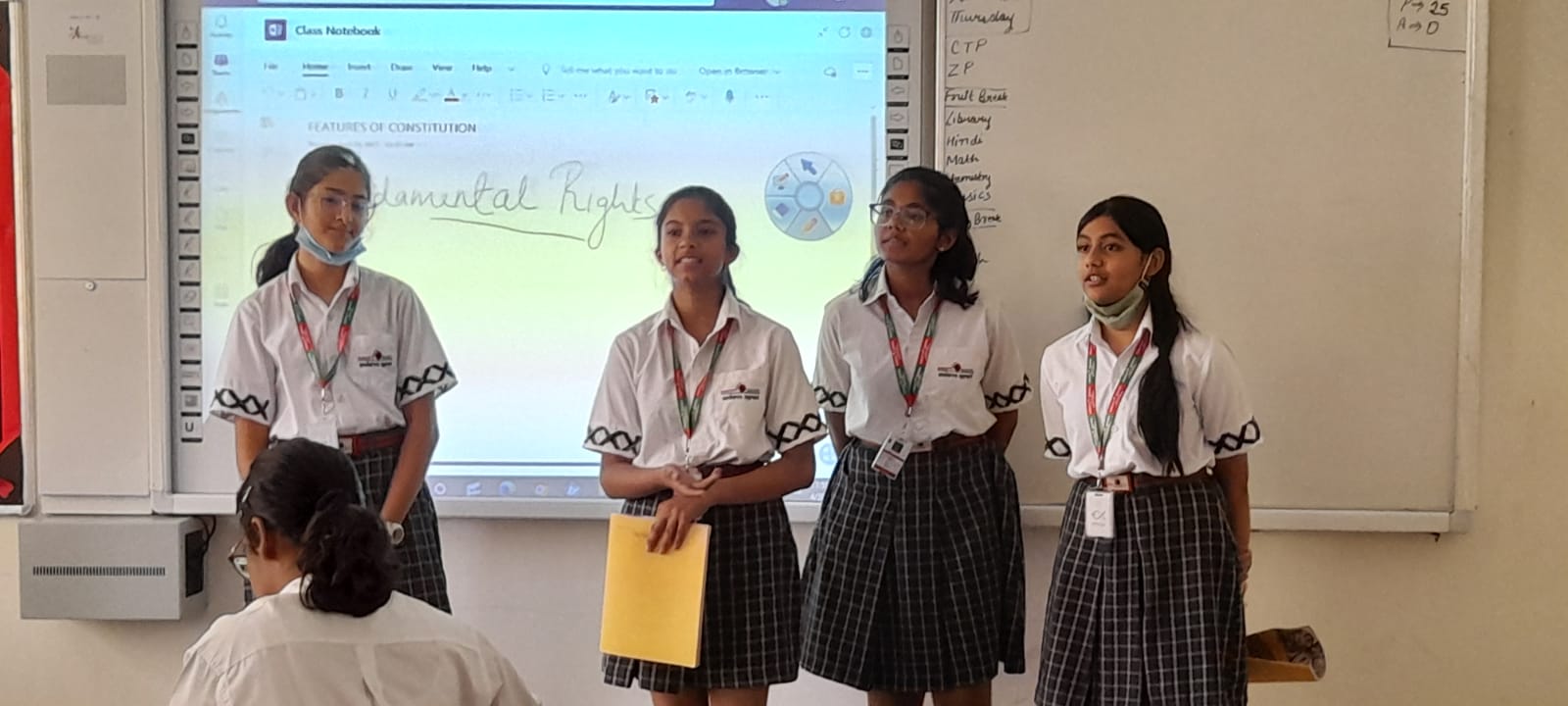
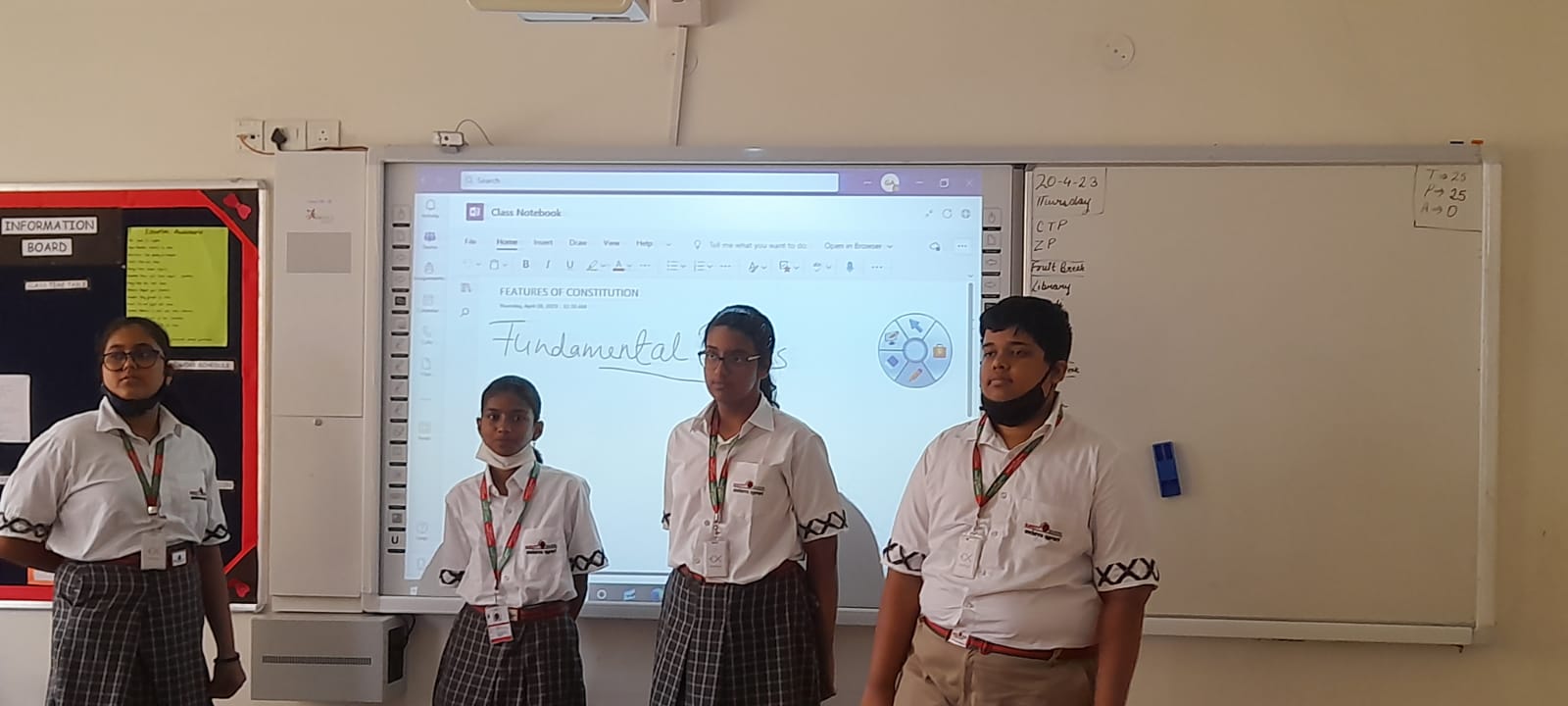

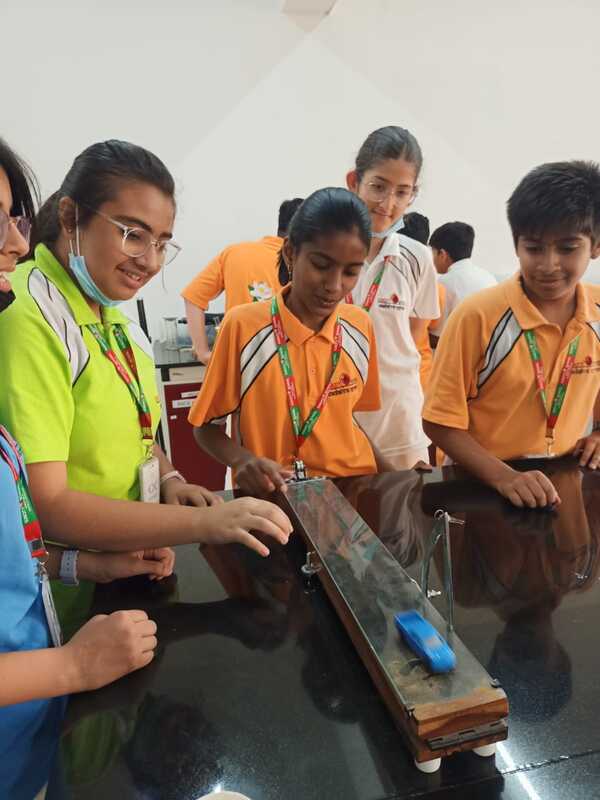
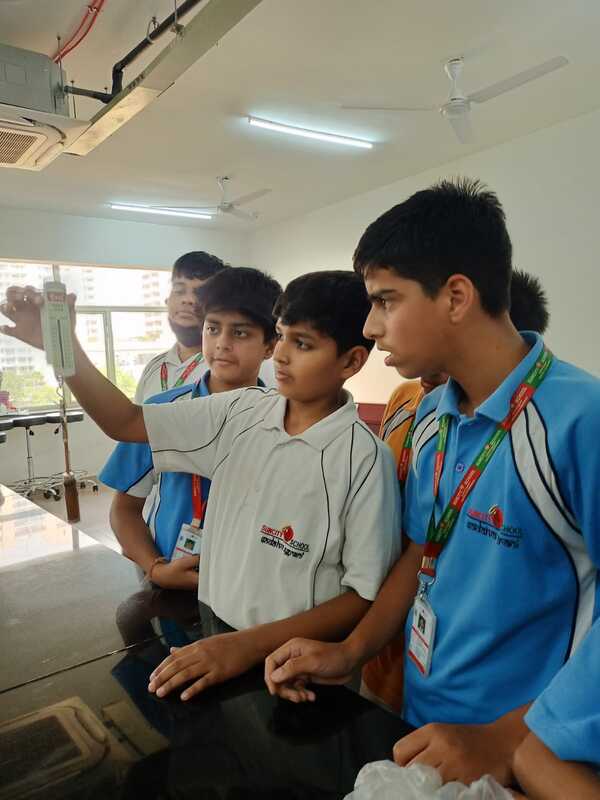
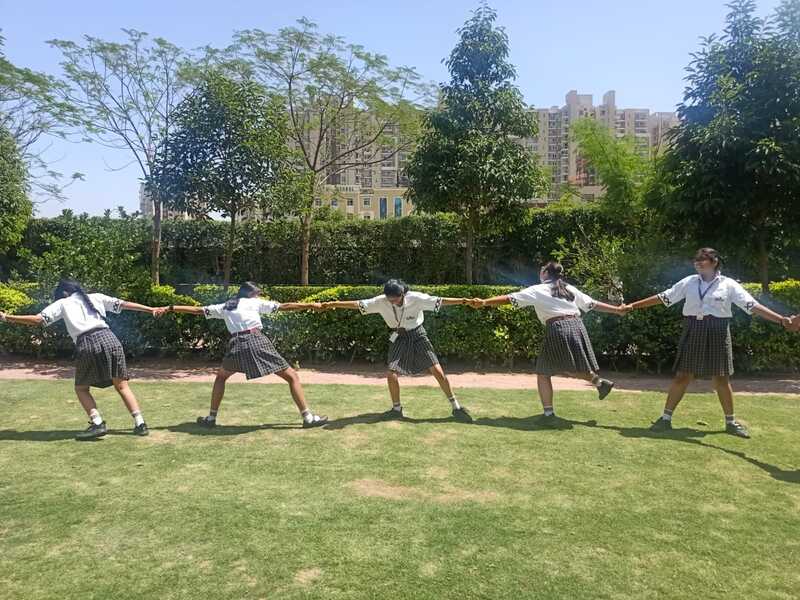
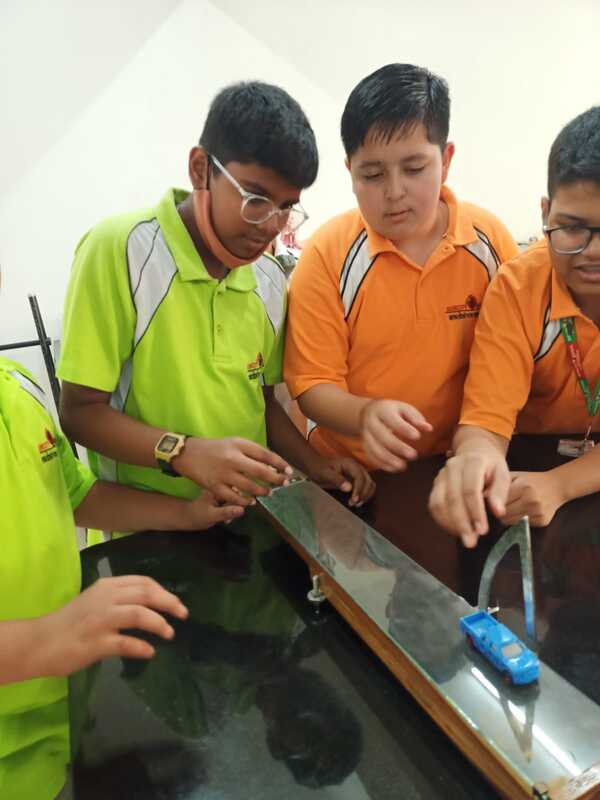
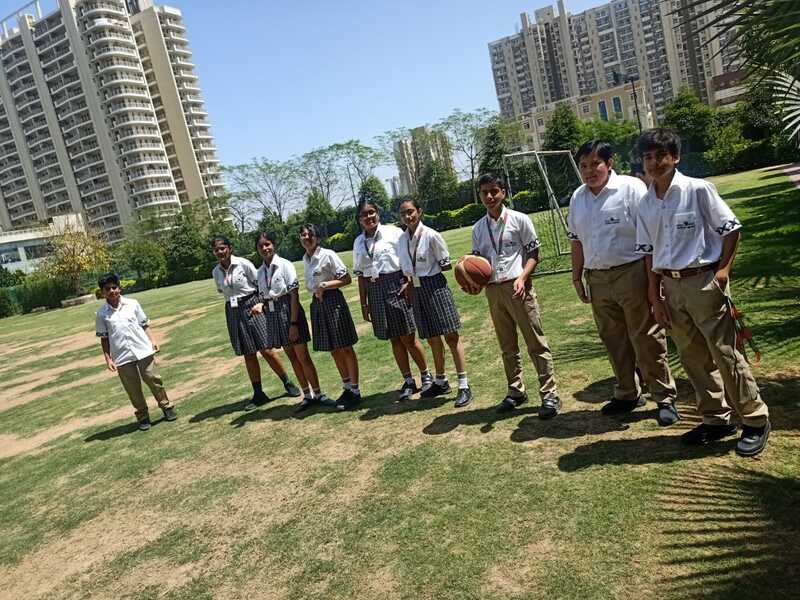
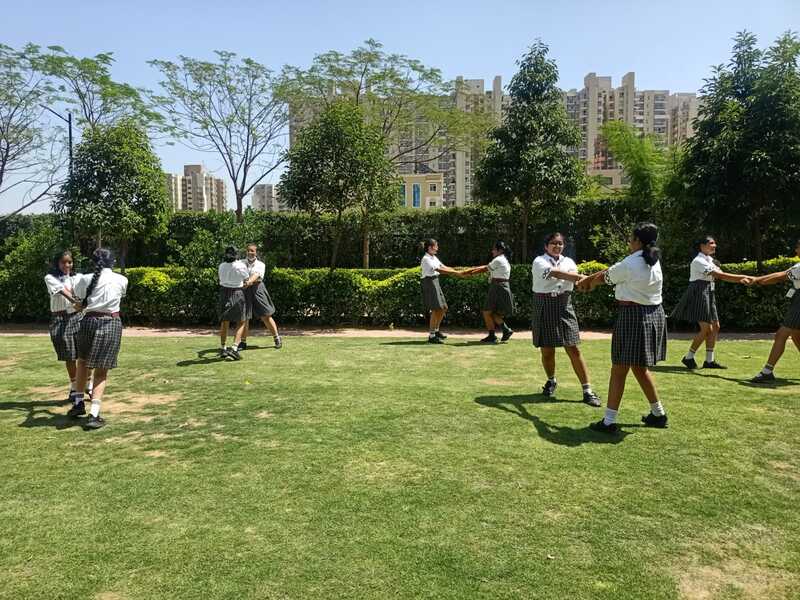
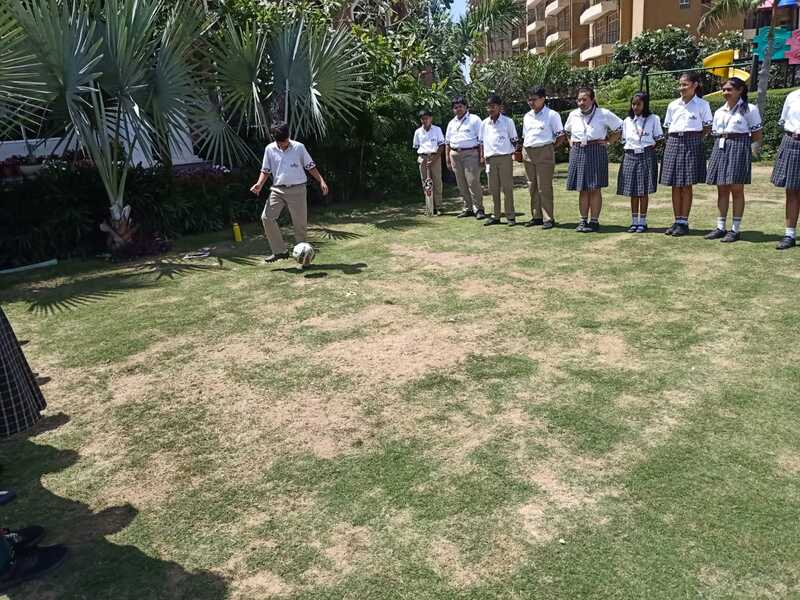
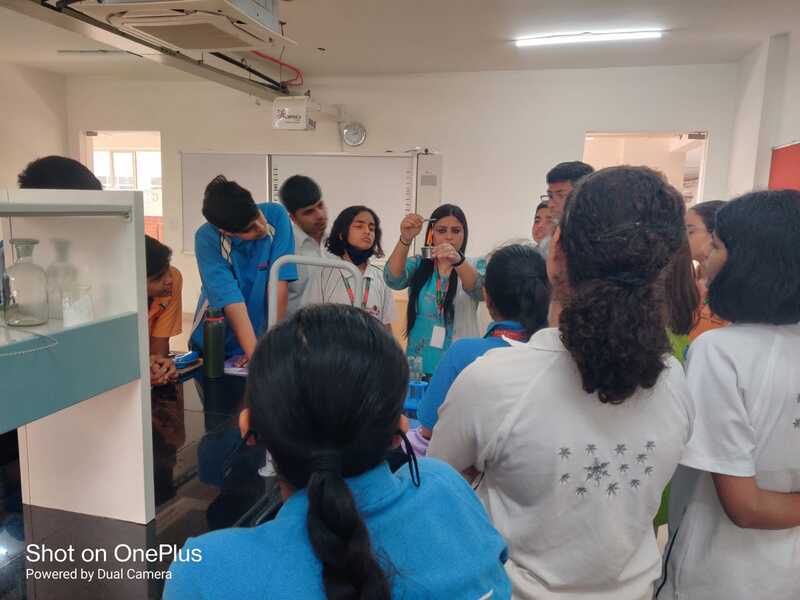
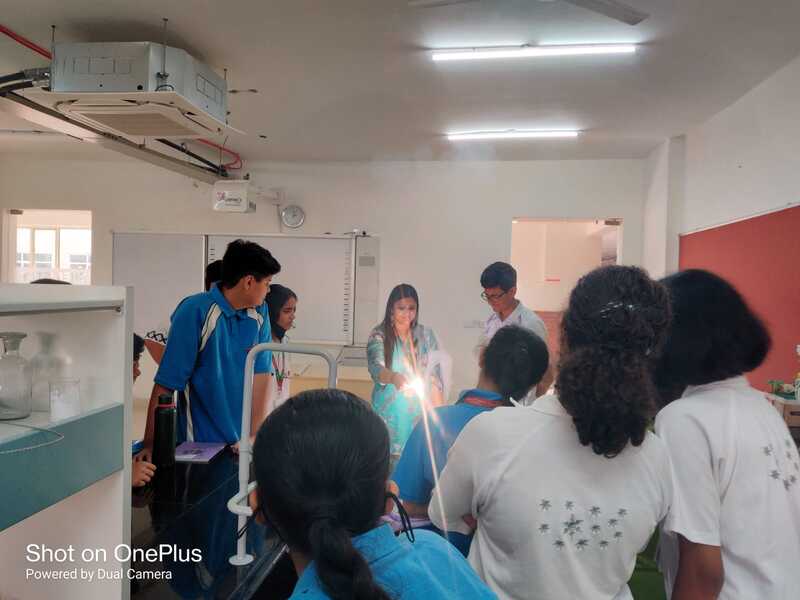
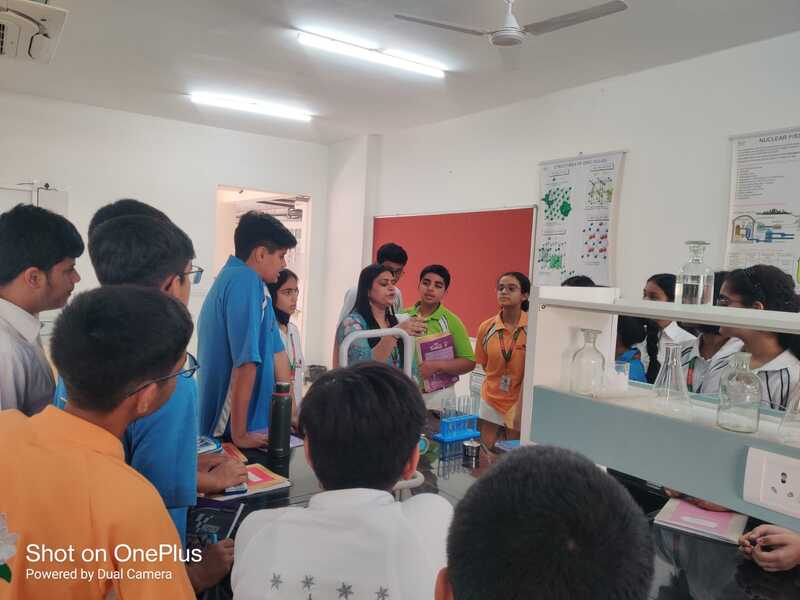
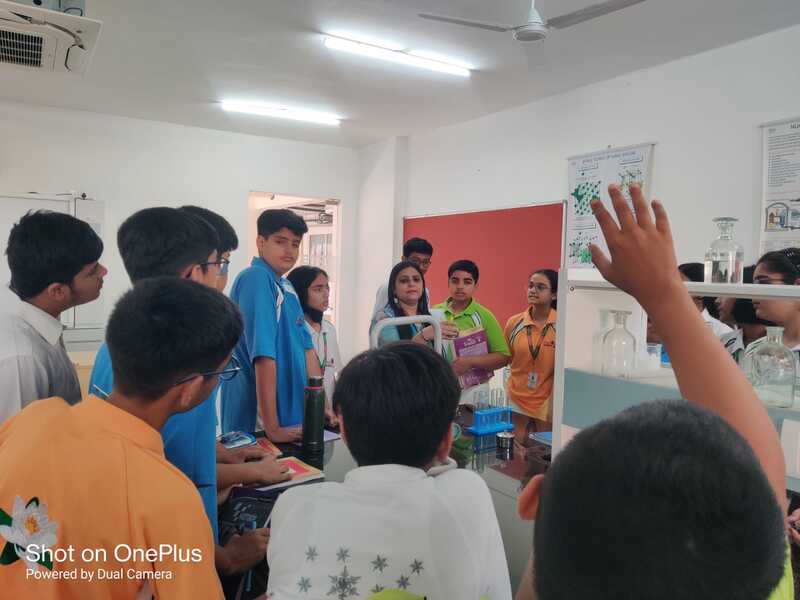
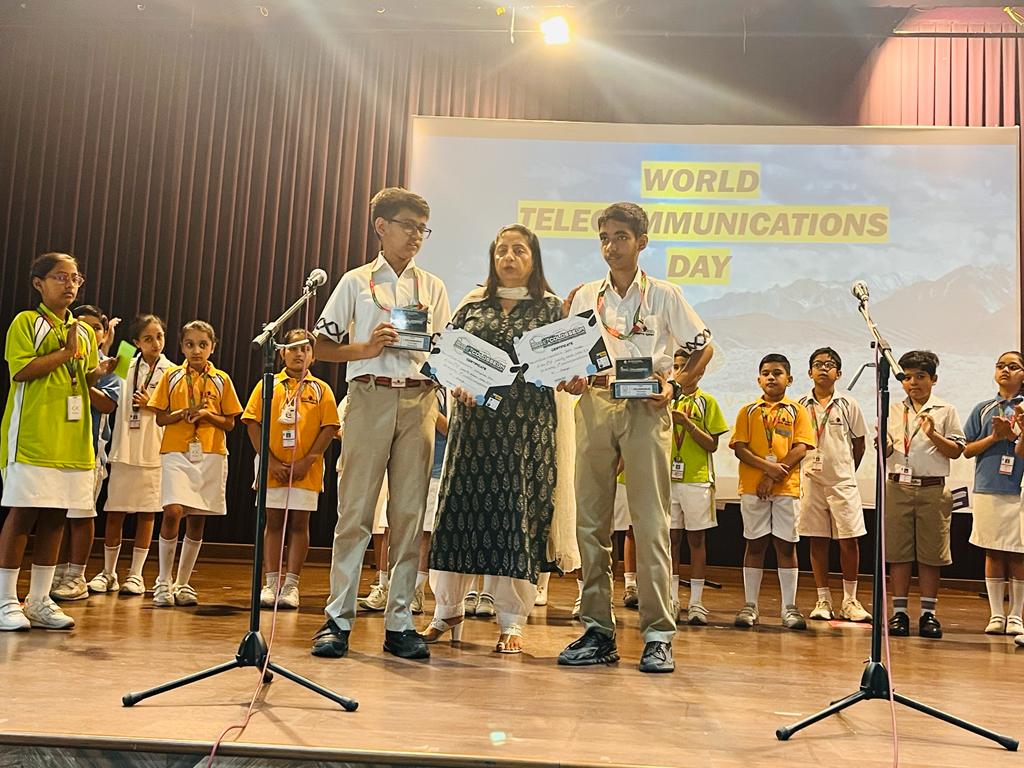
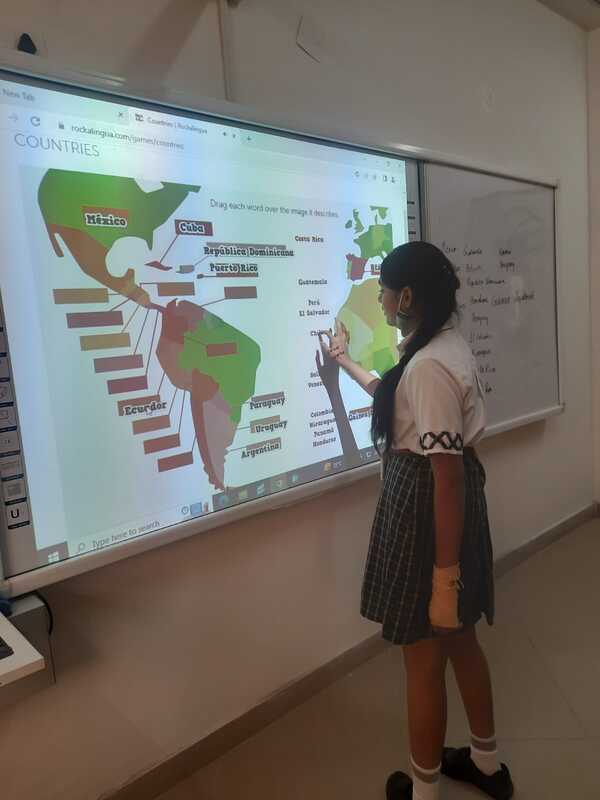

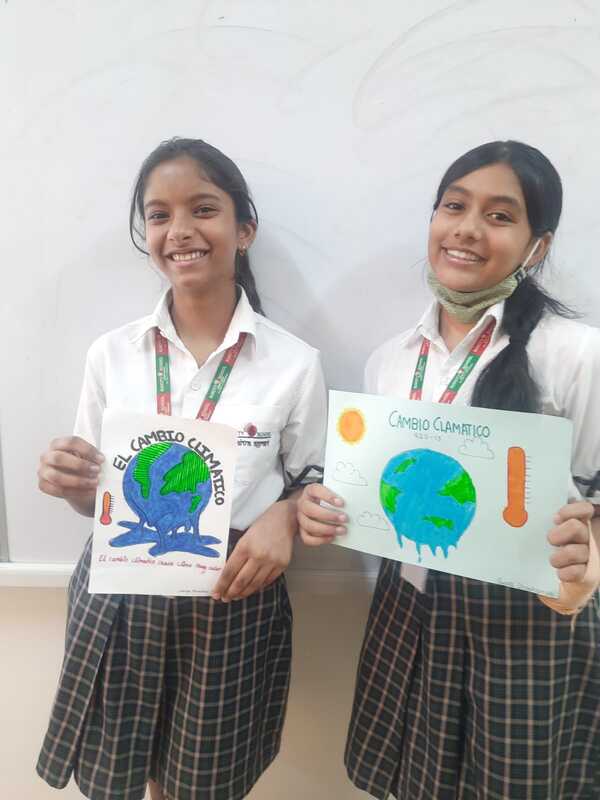
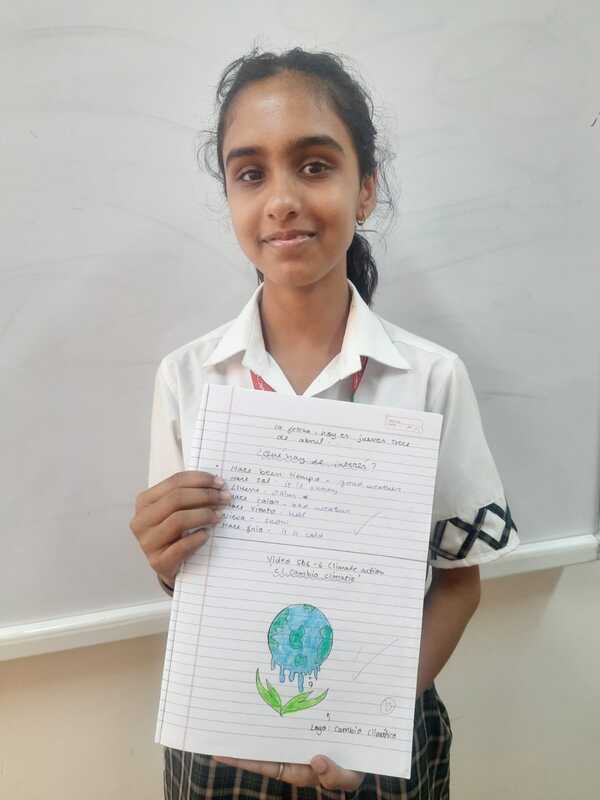
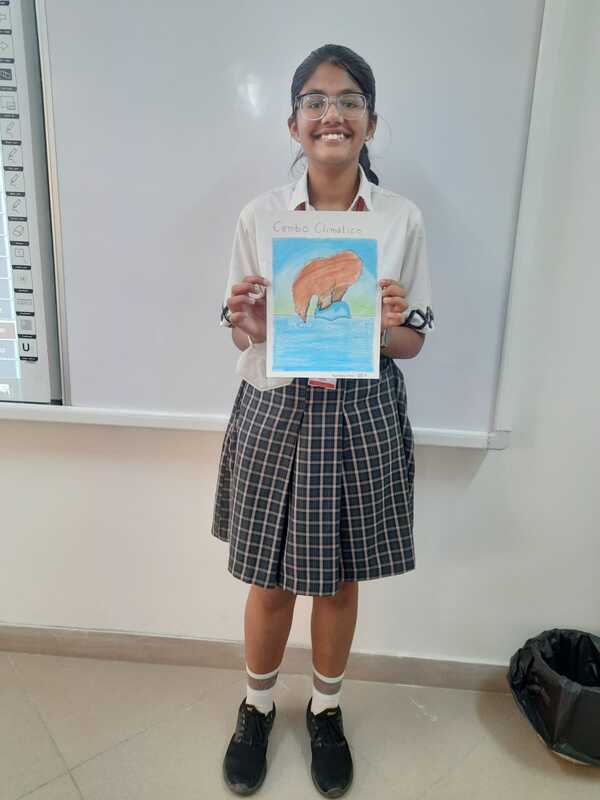
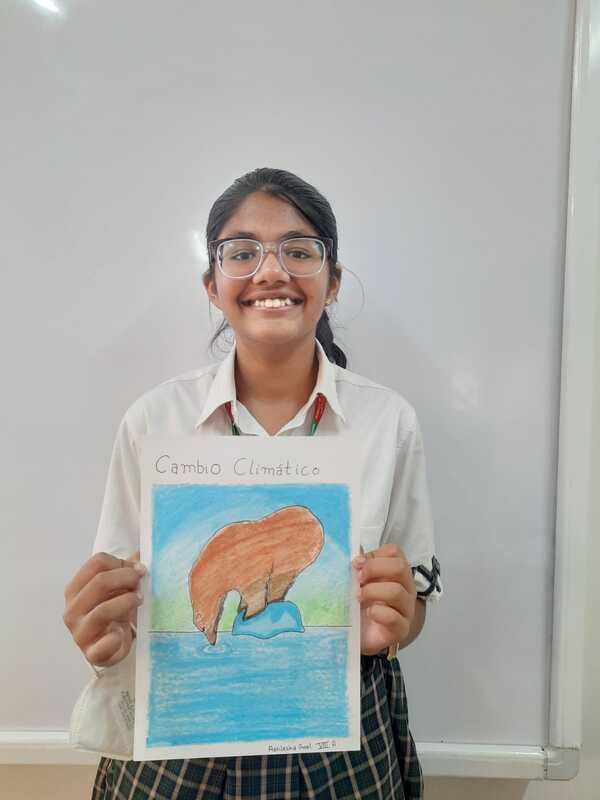
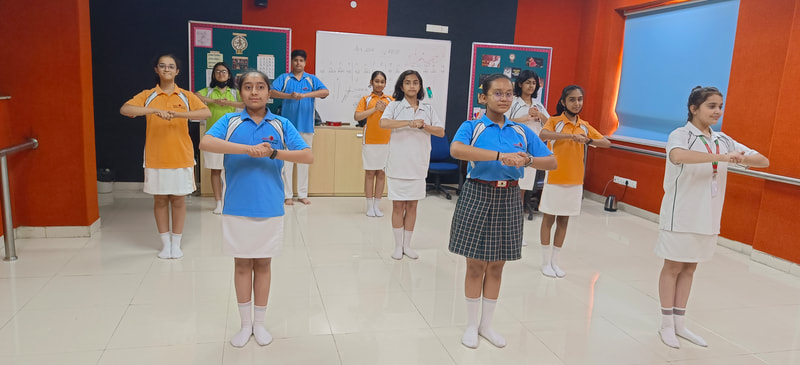
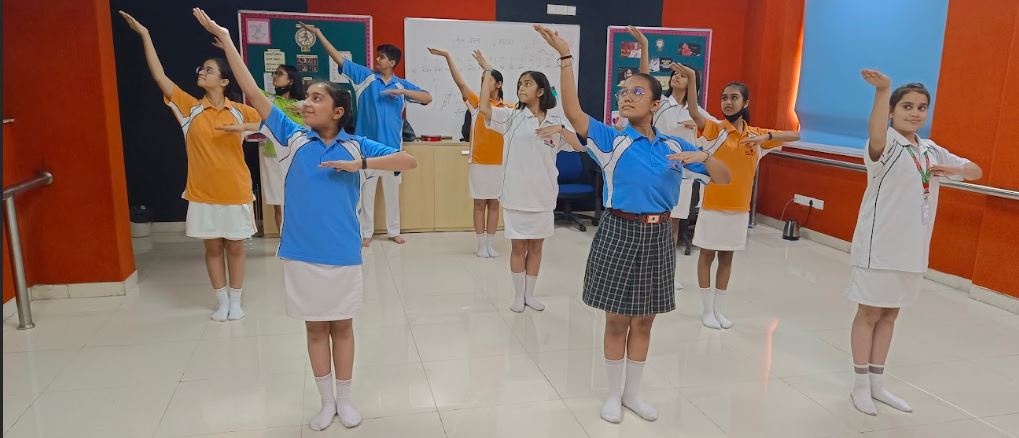
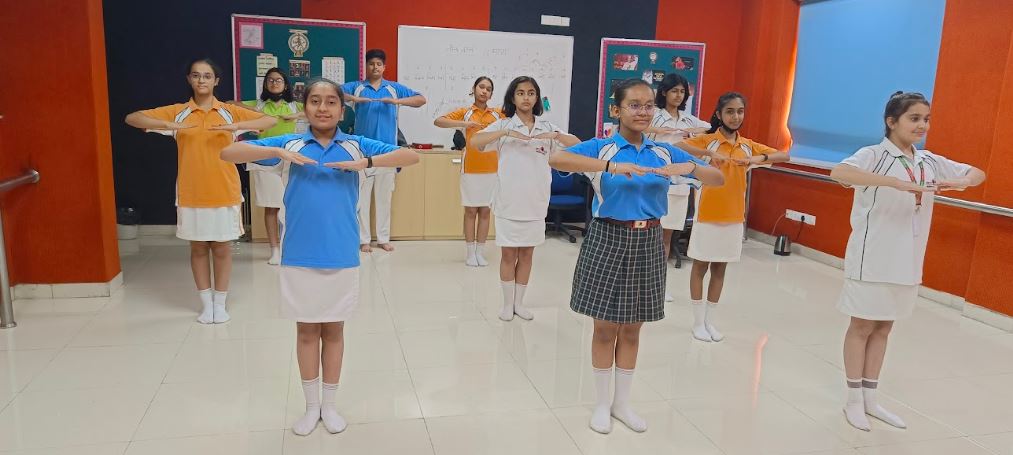

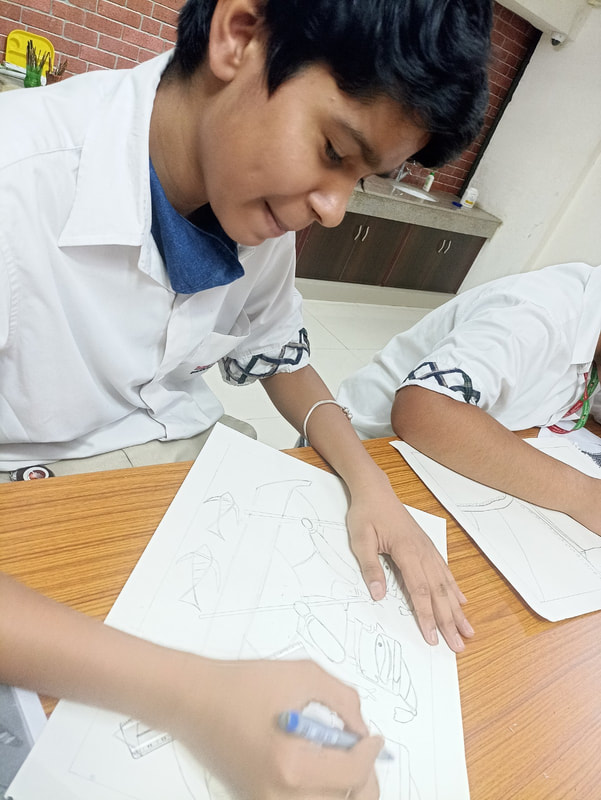
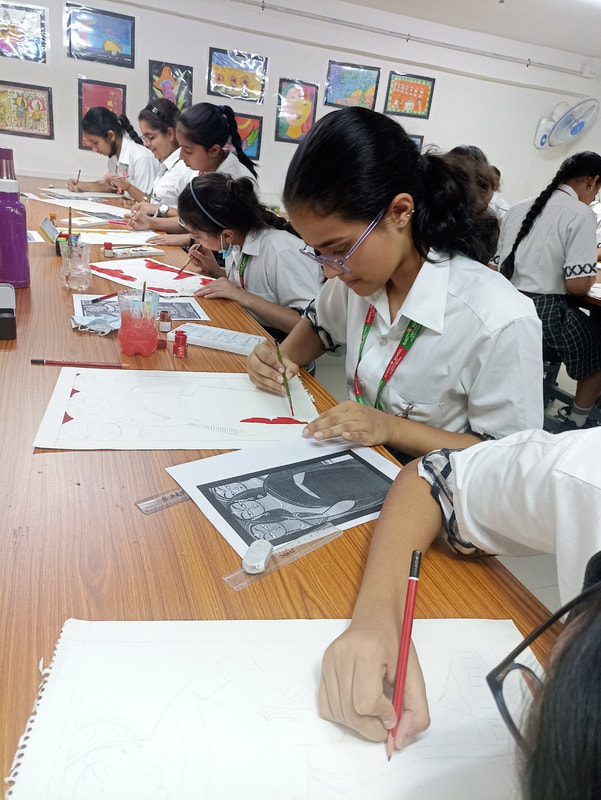
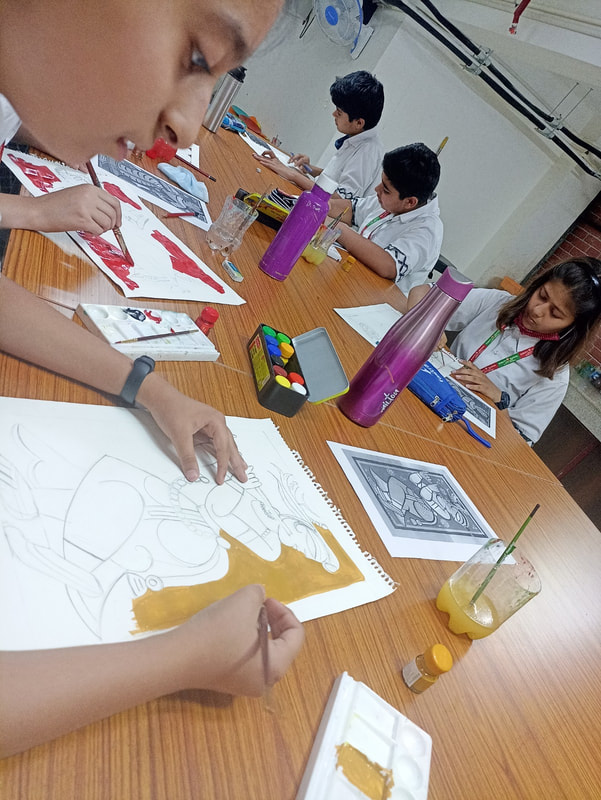
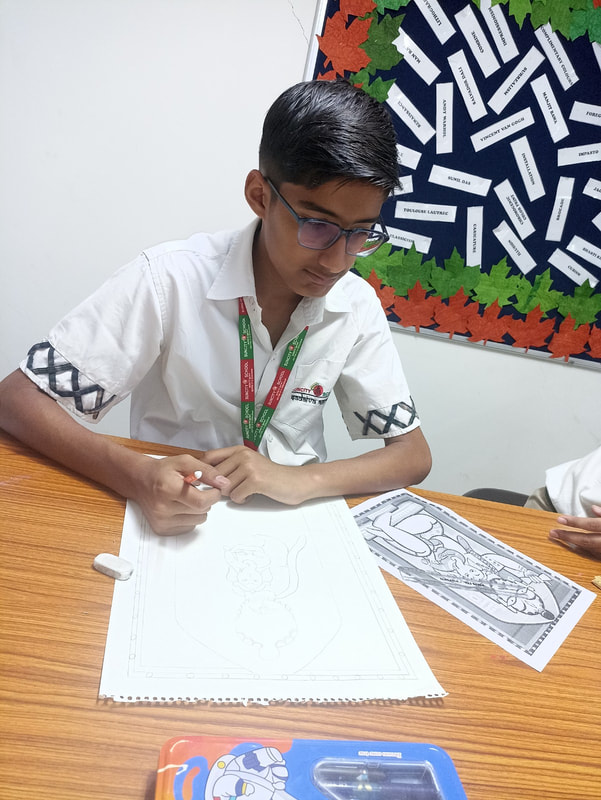
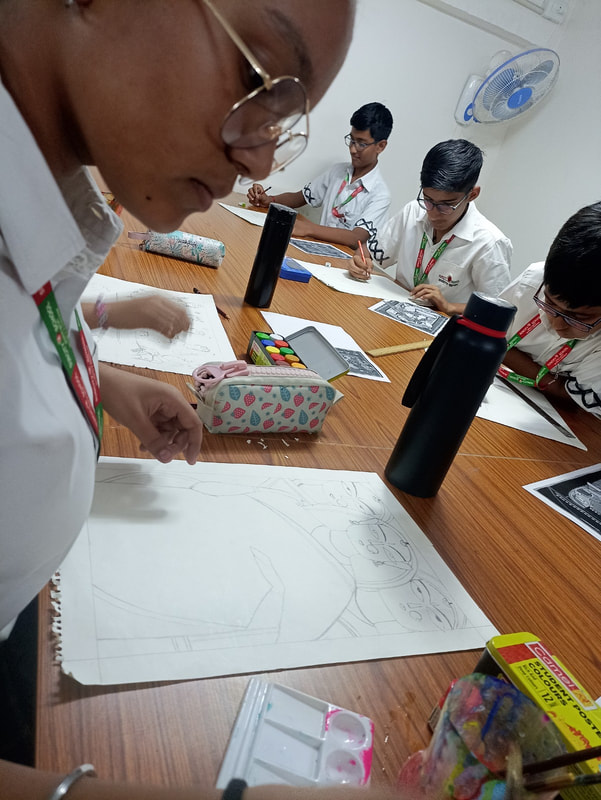

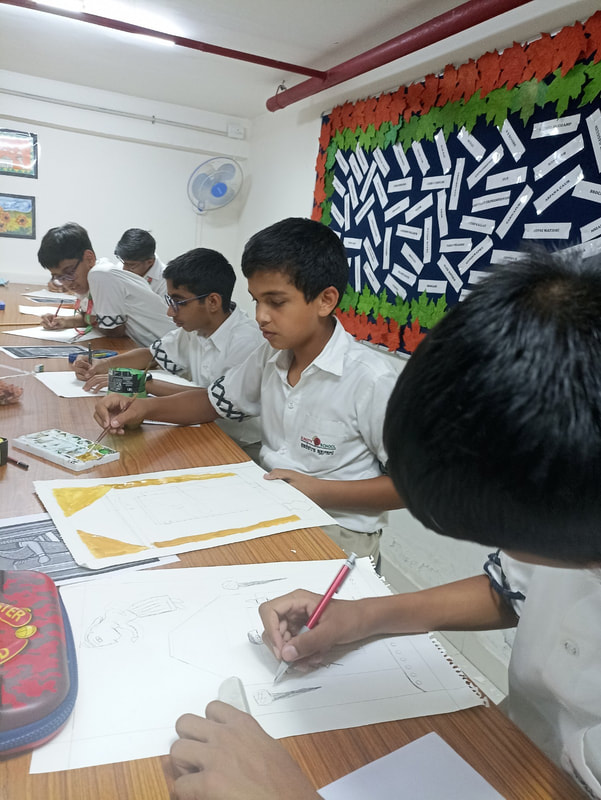
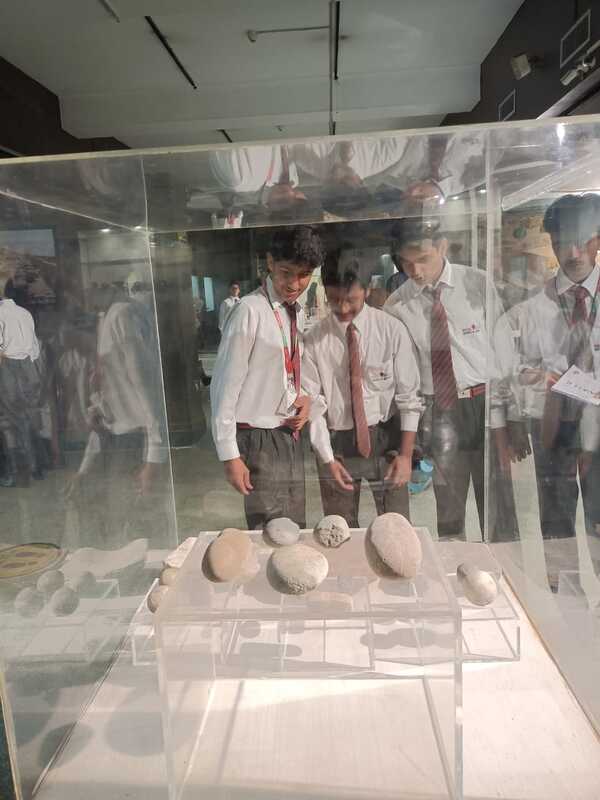
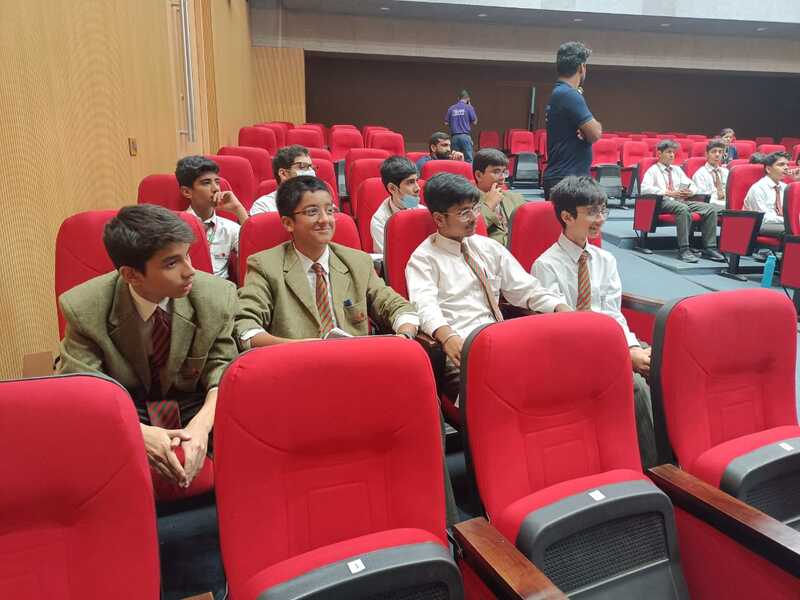
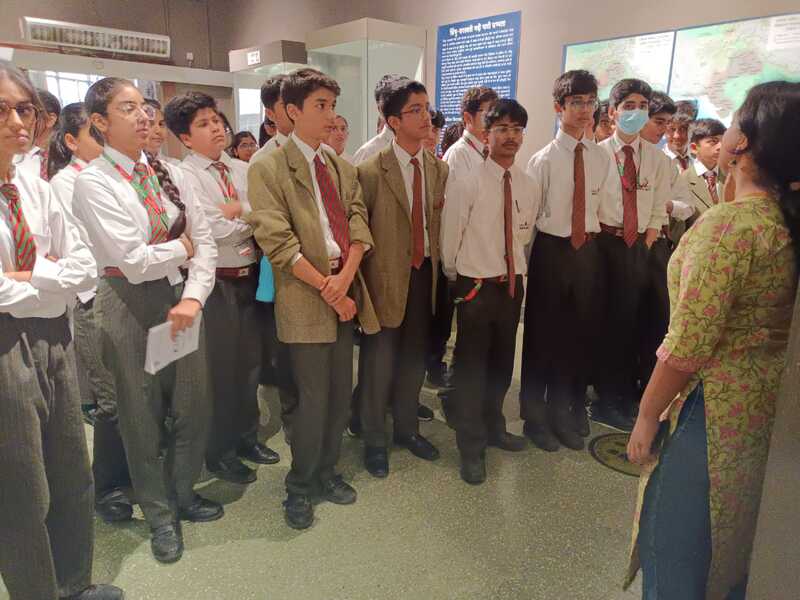
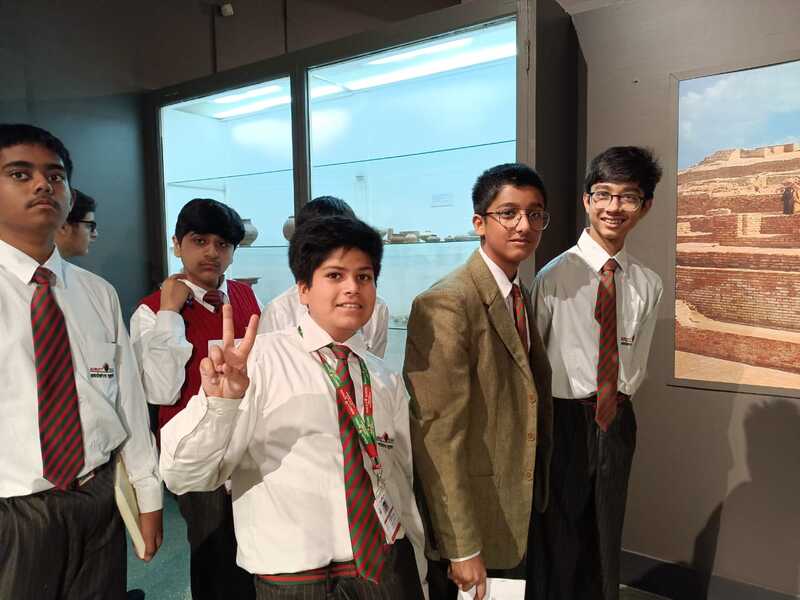
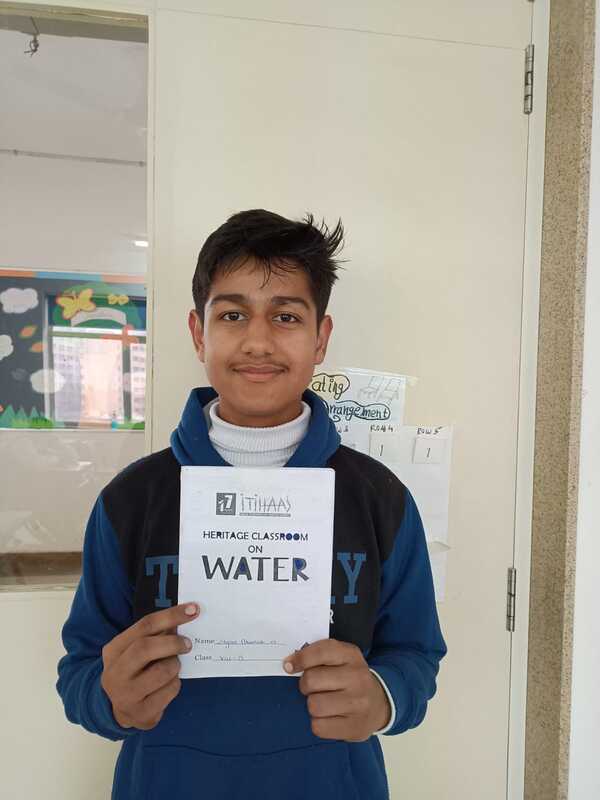
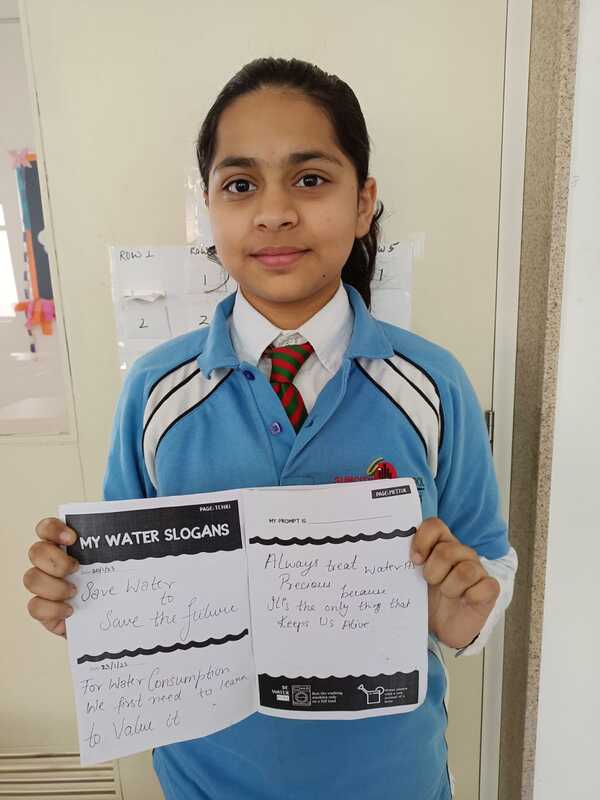
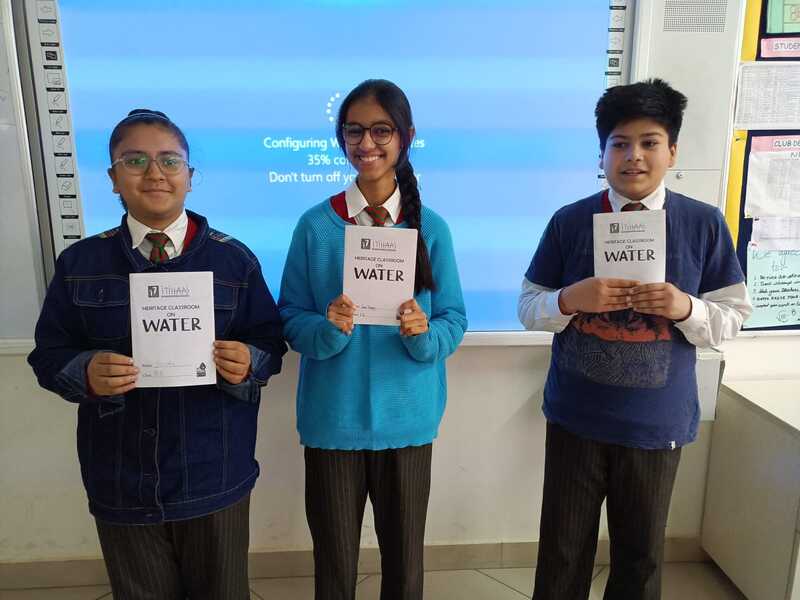
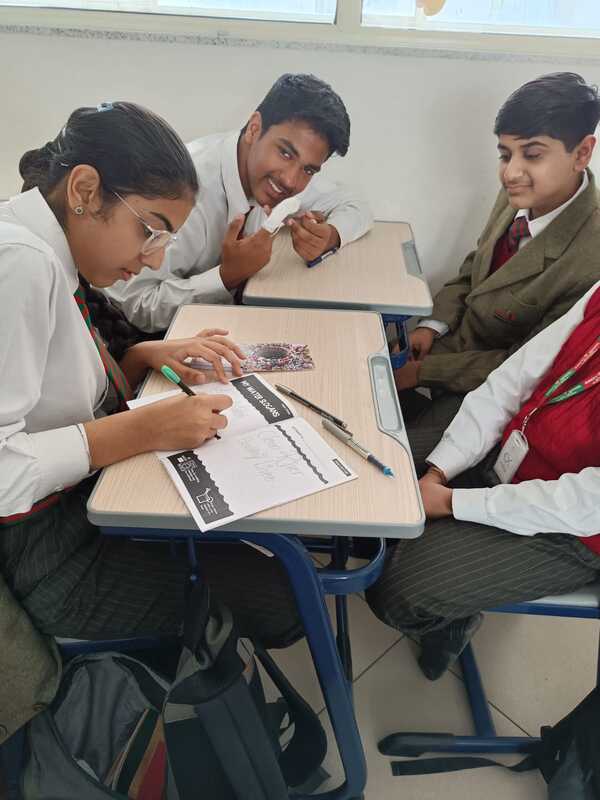
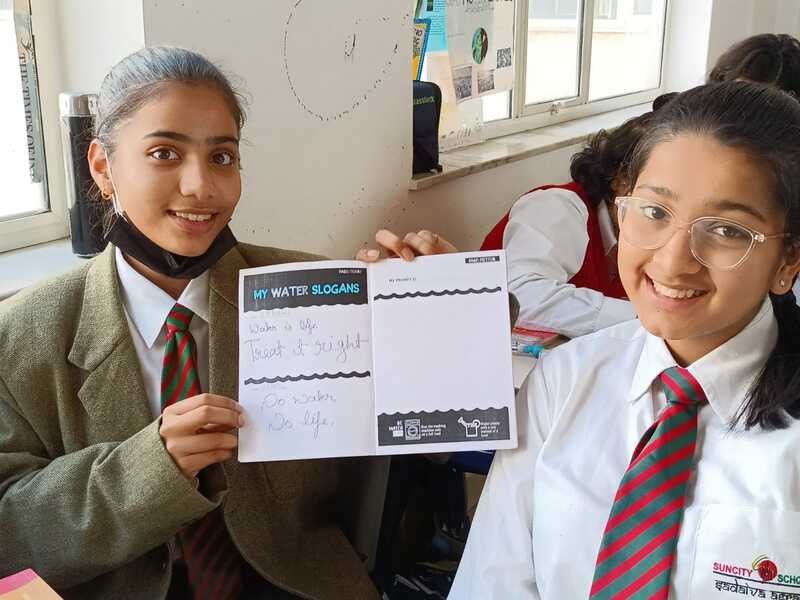
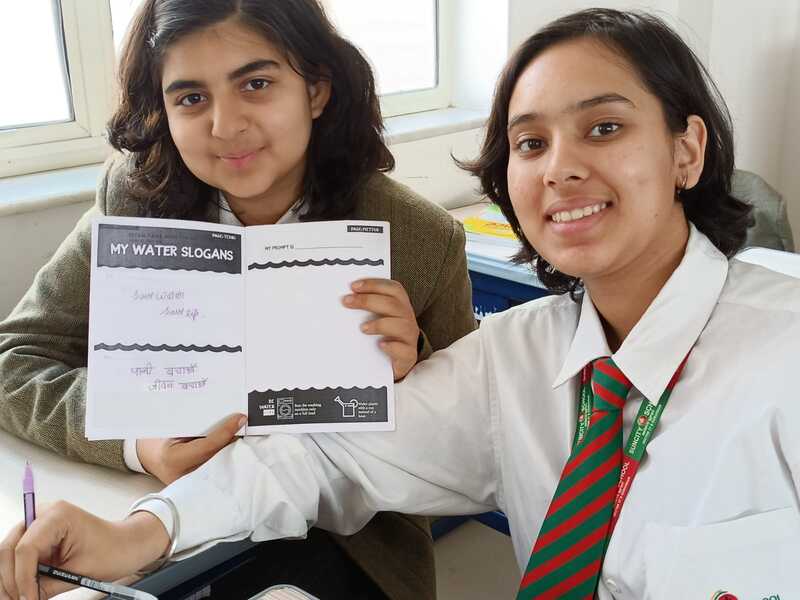
 RSS Feed
RSS Feed
